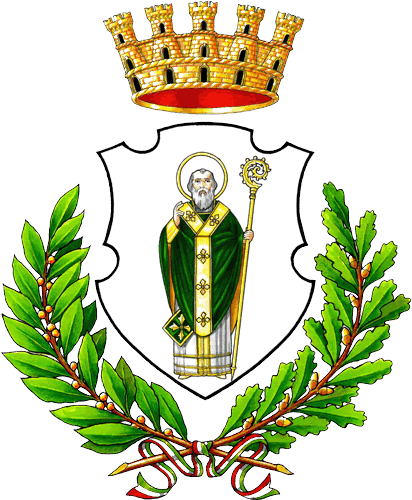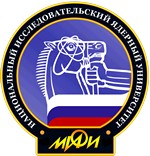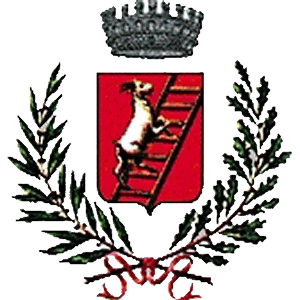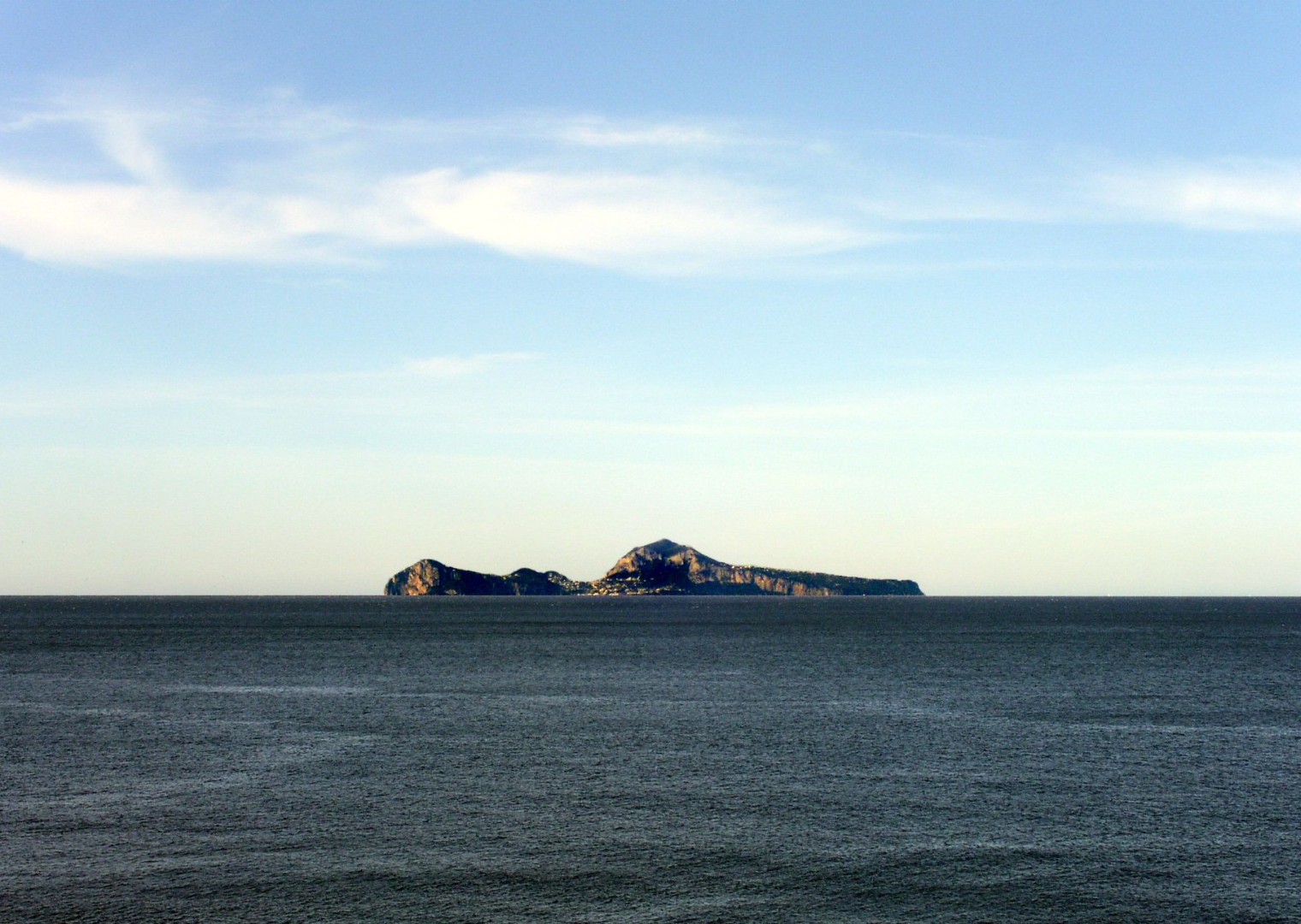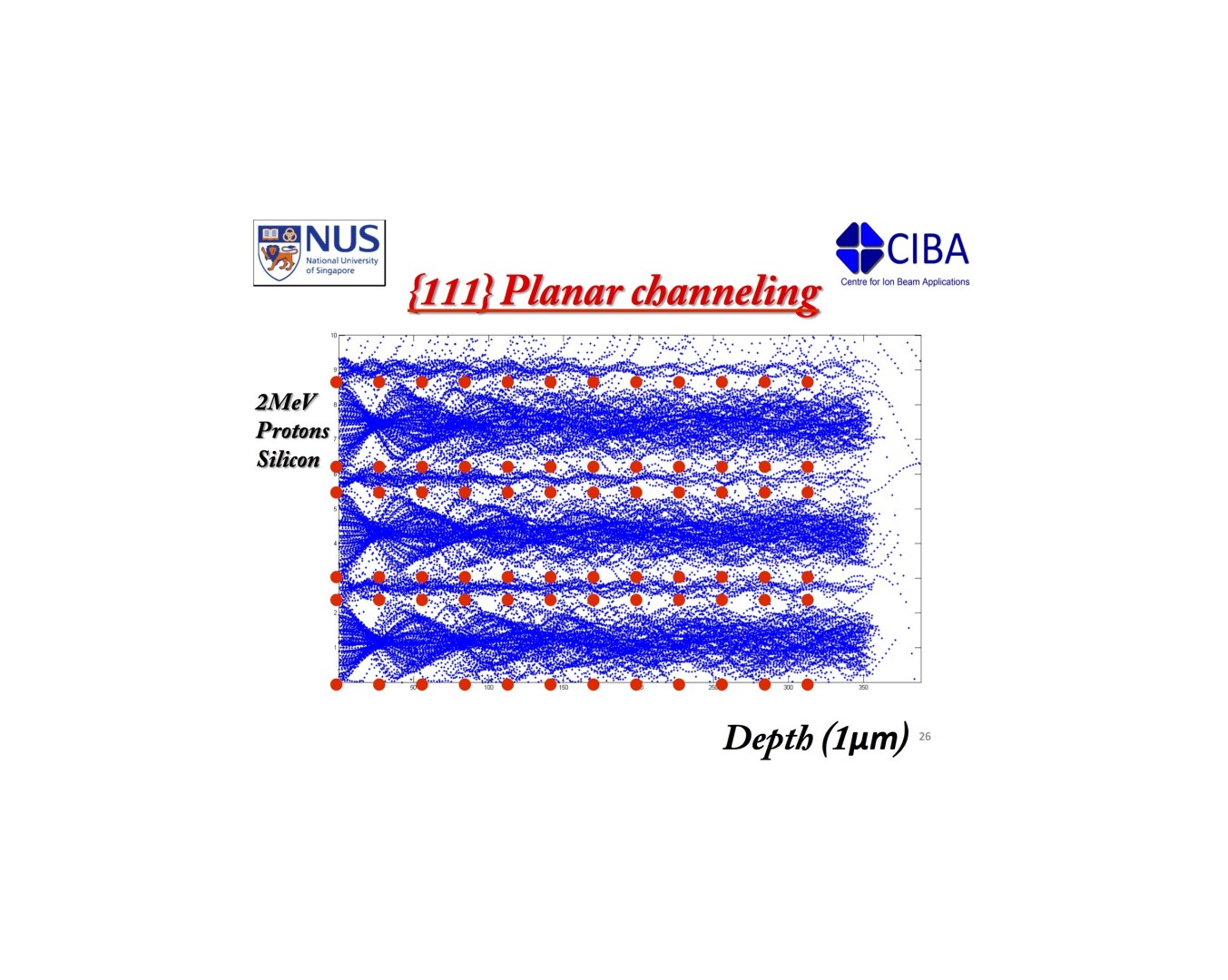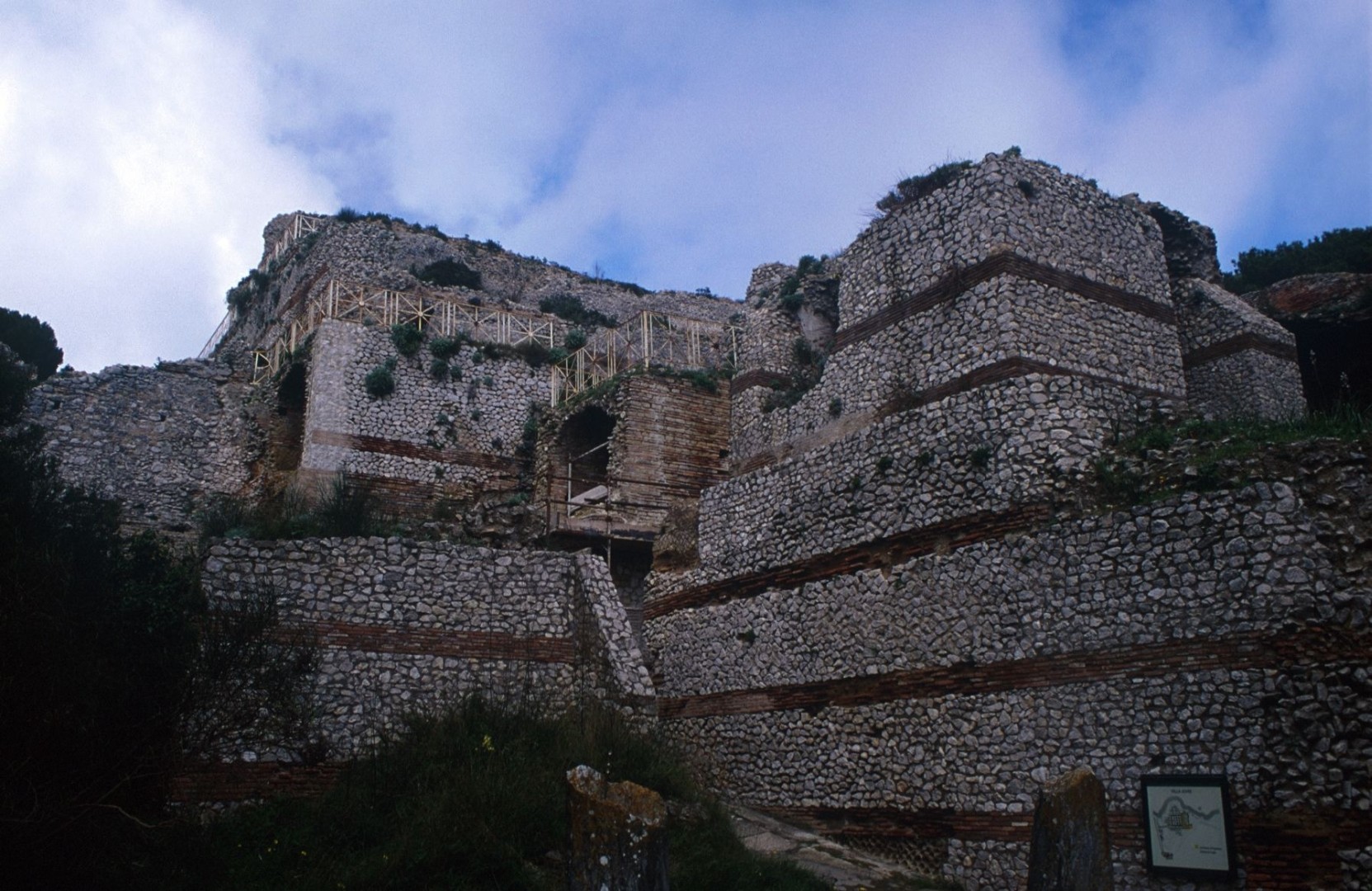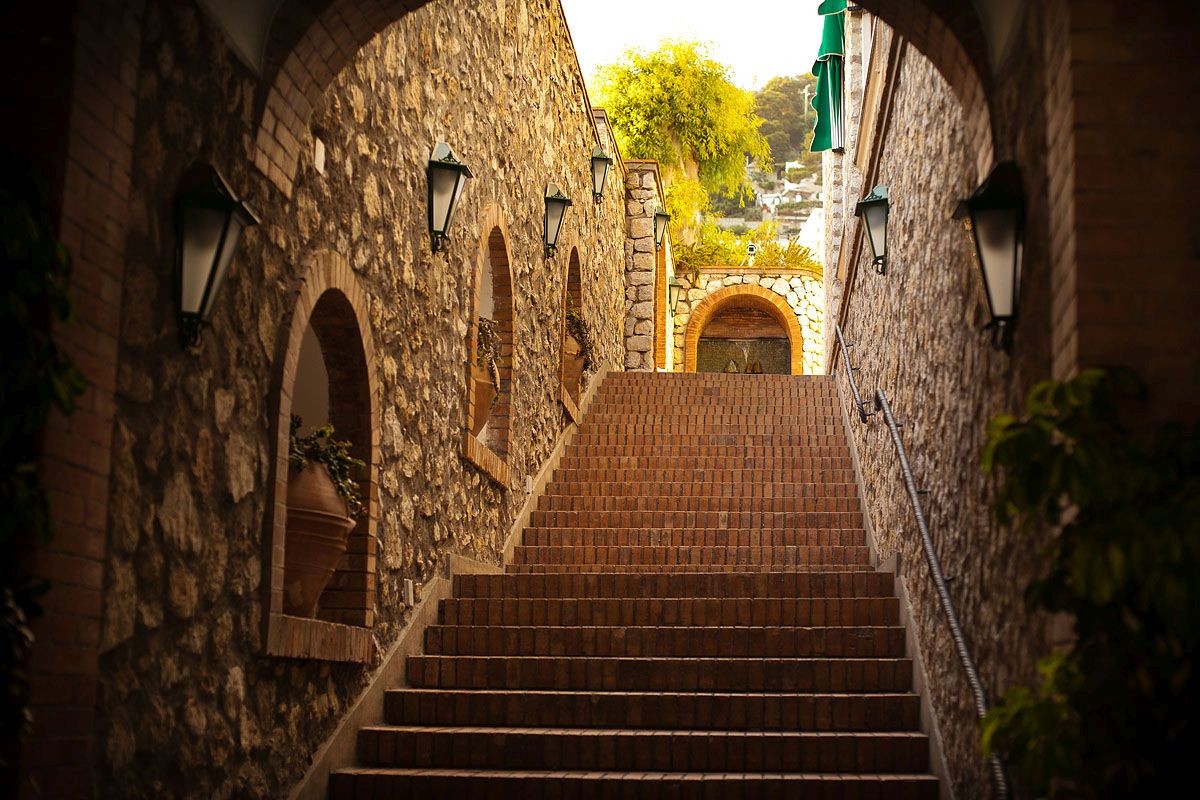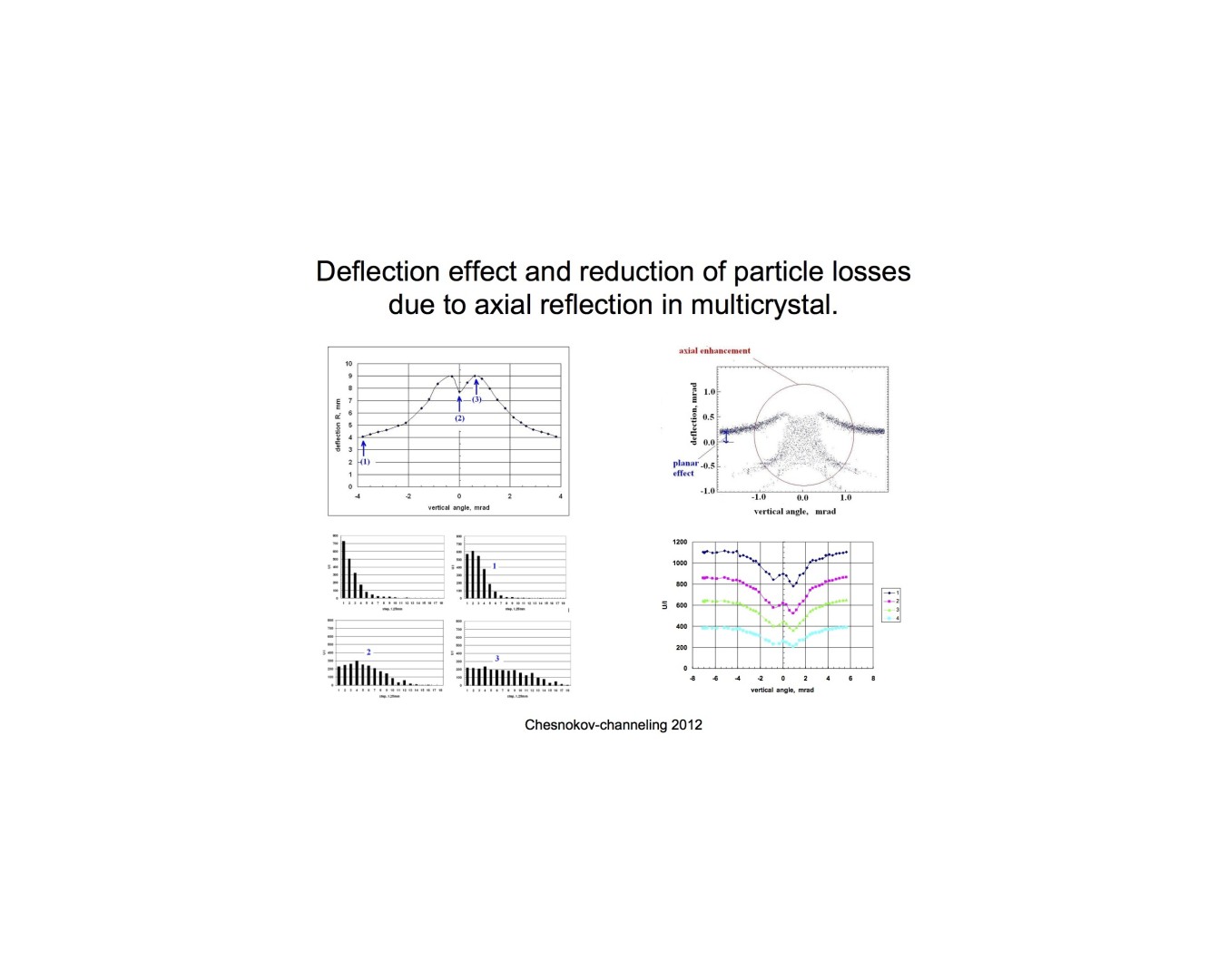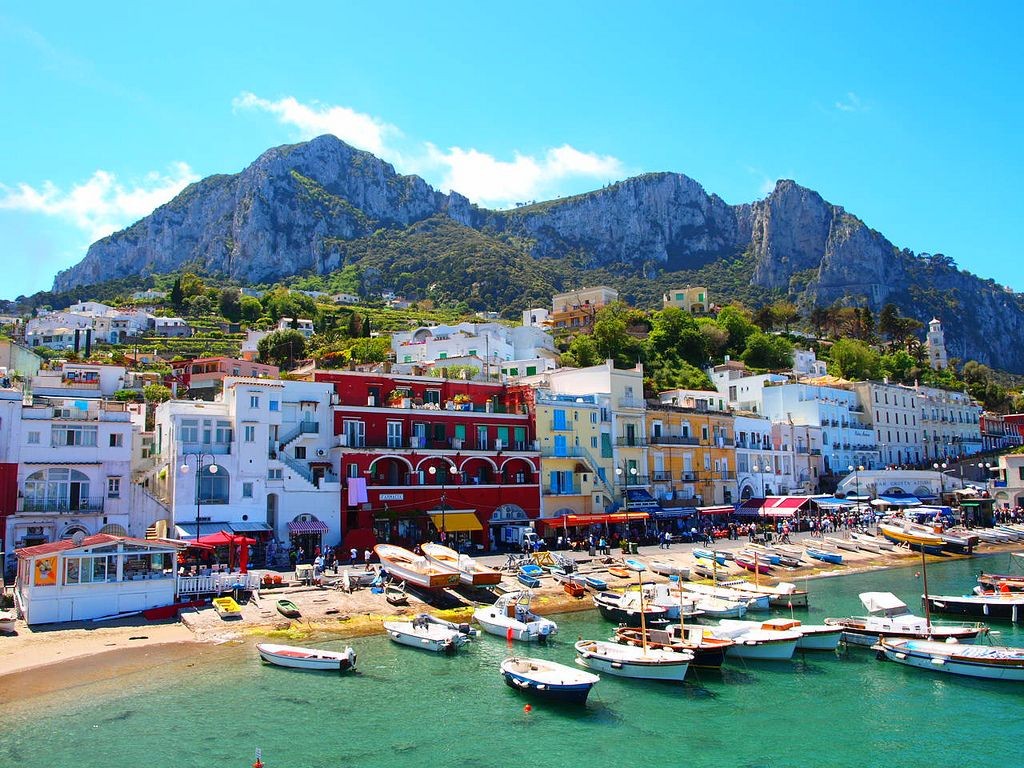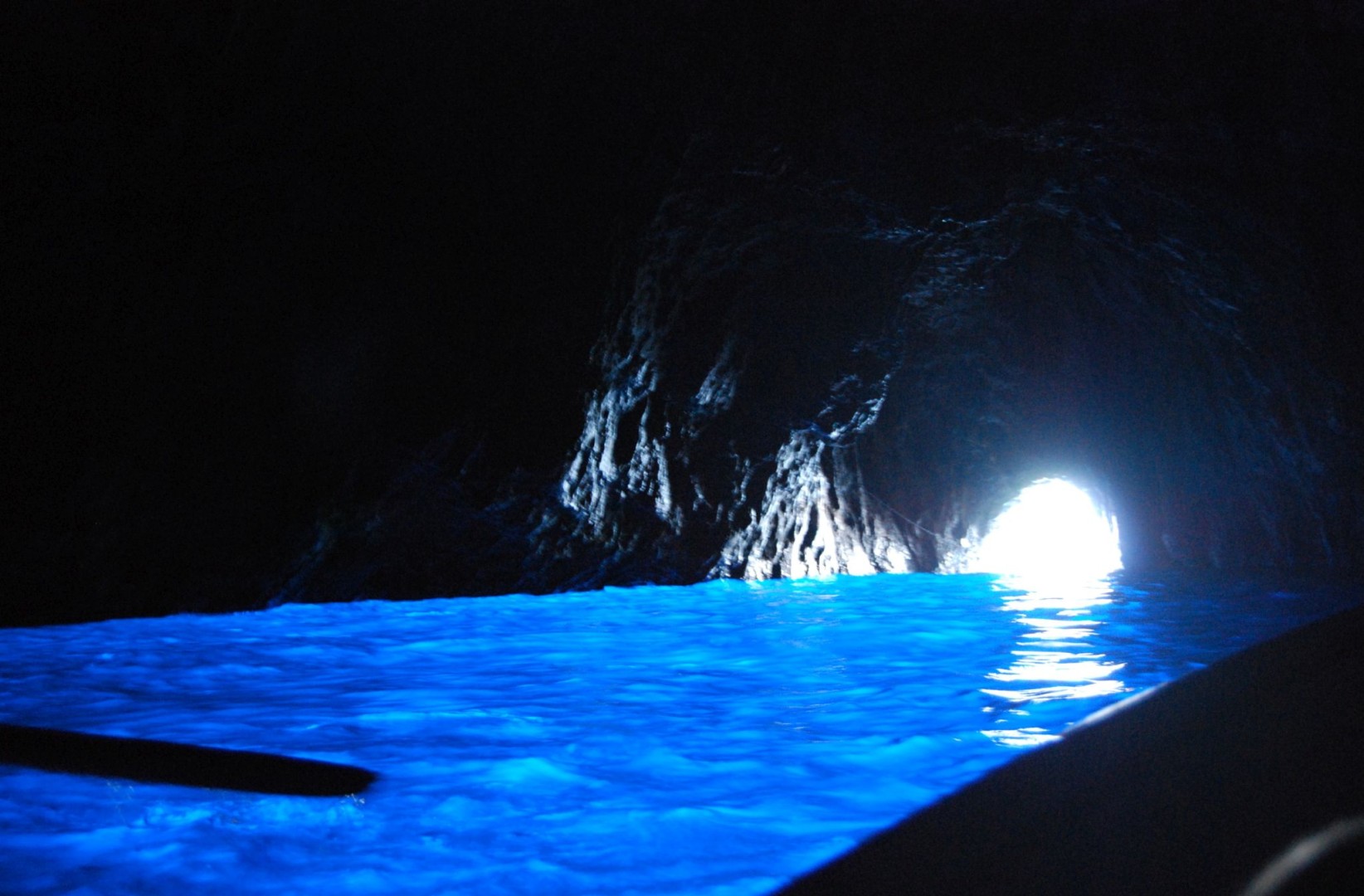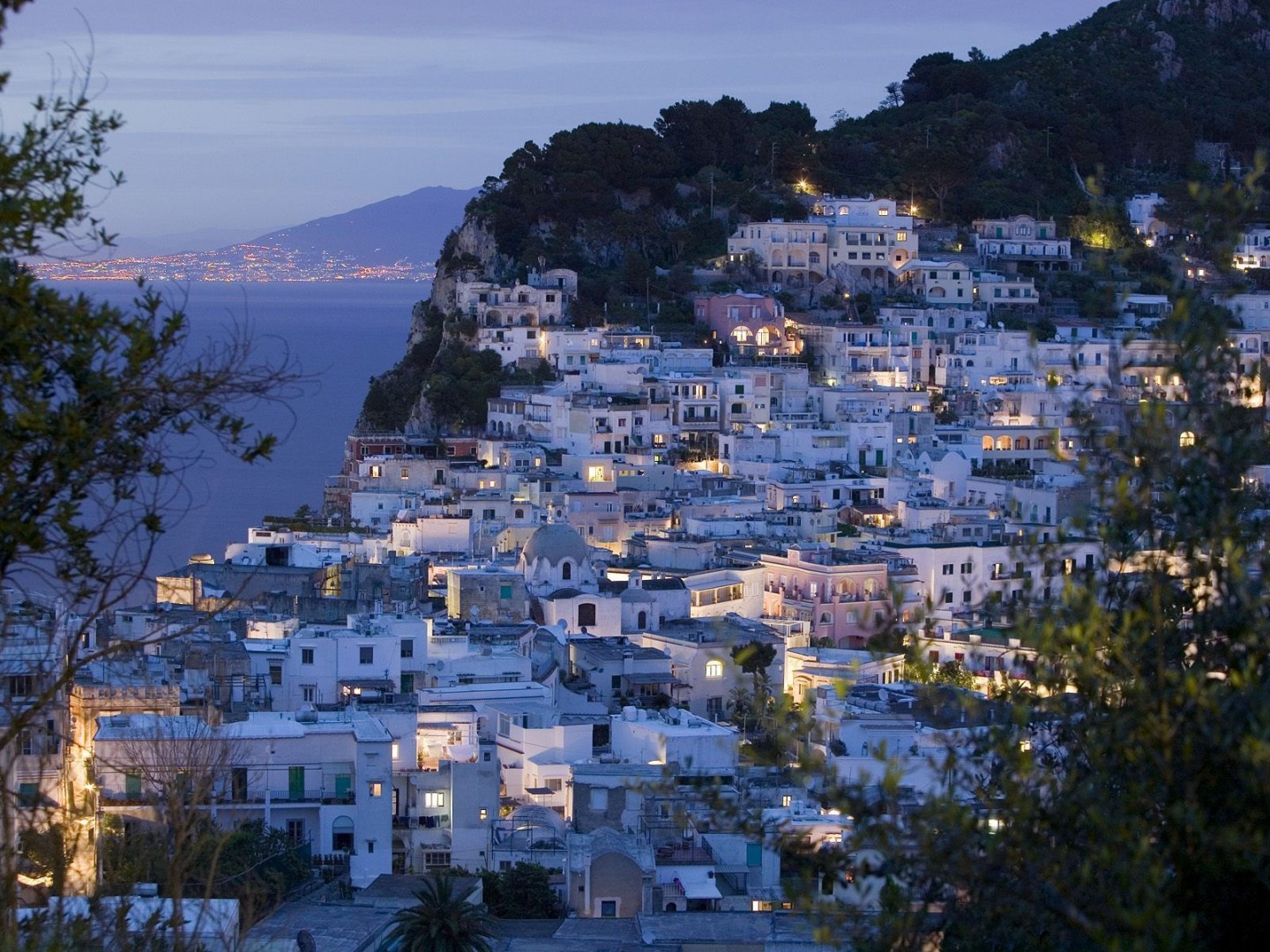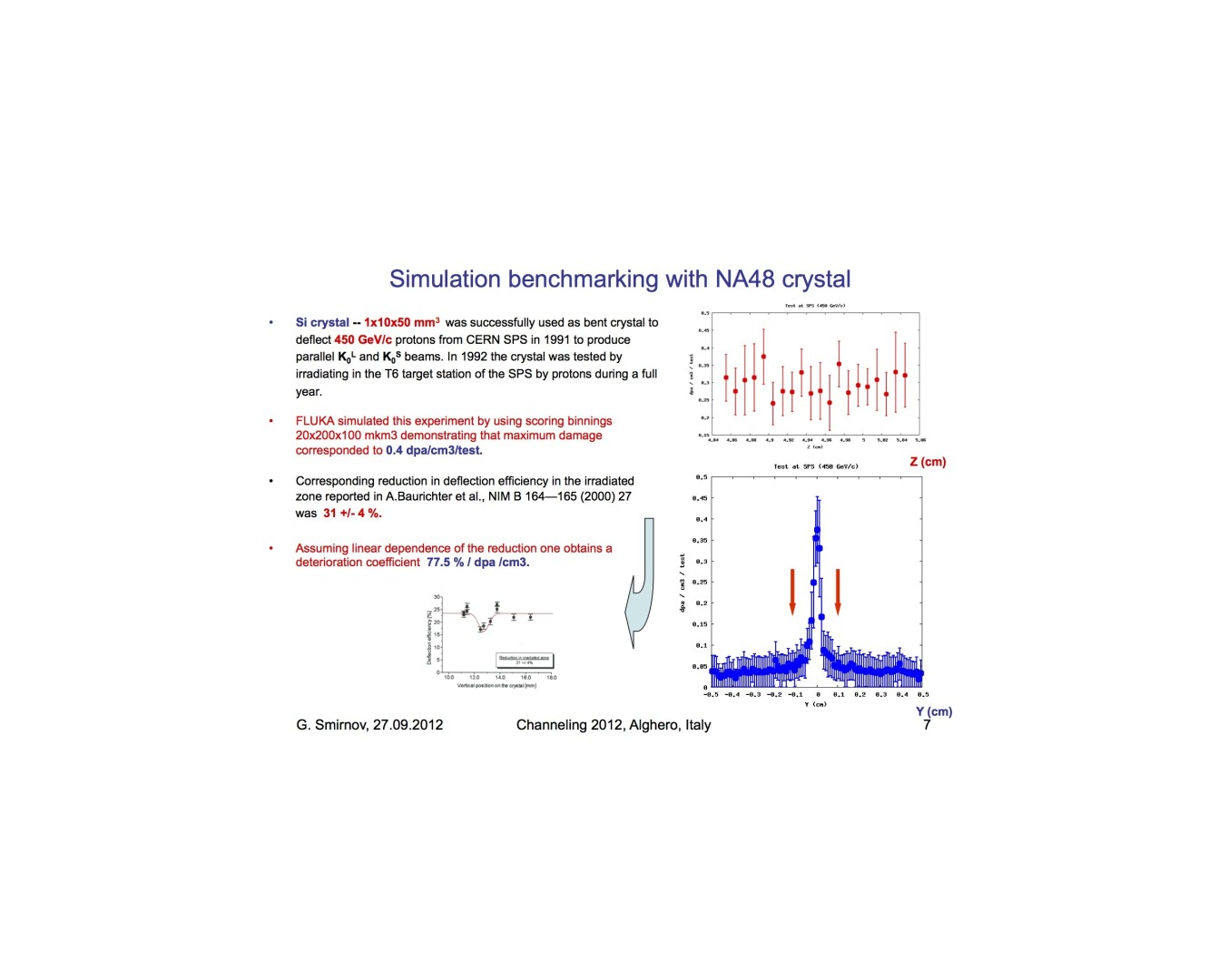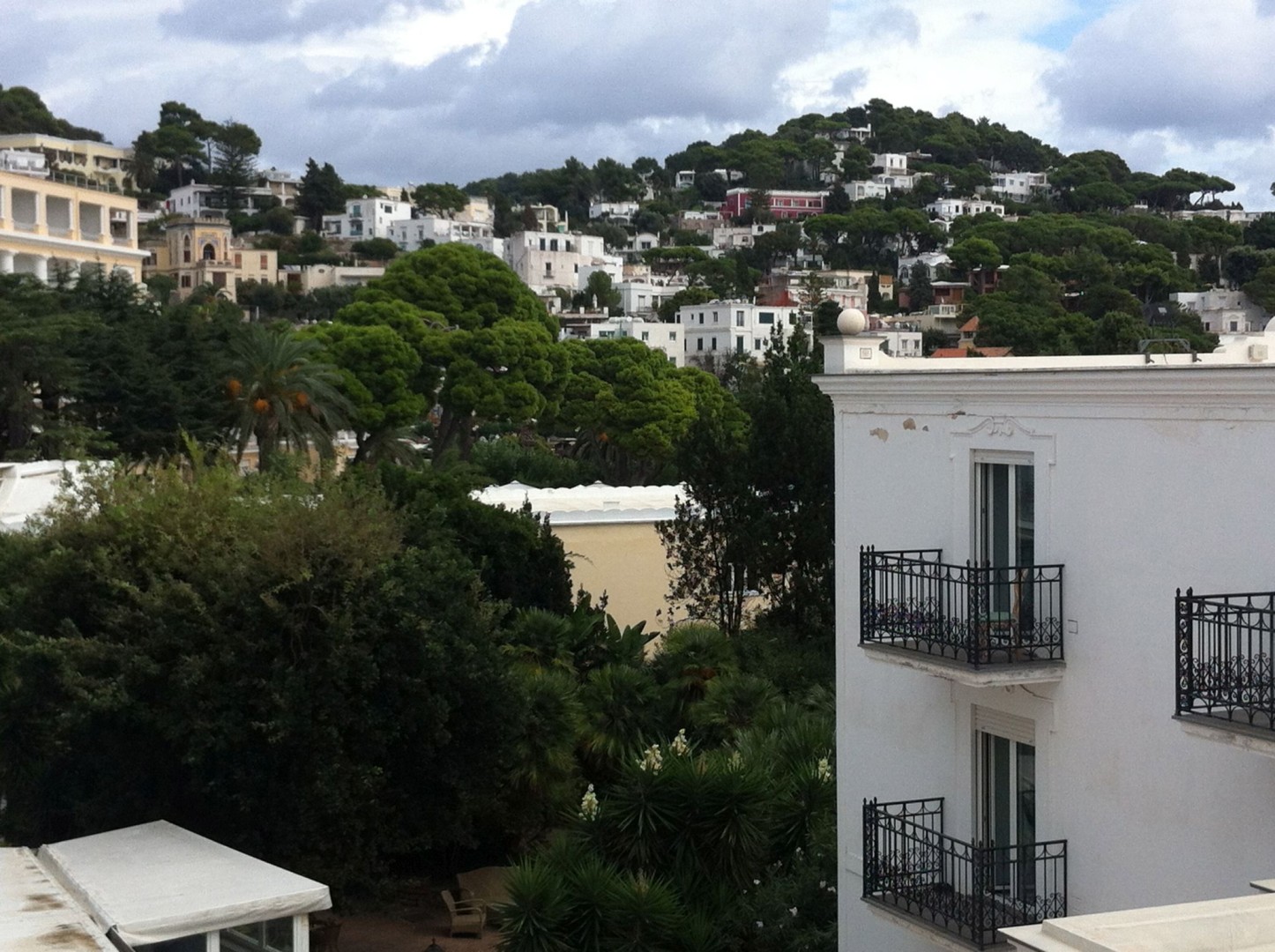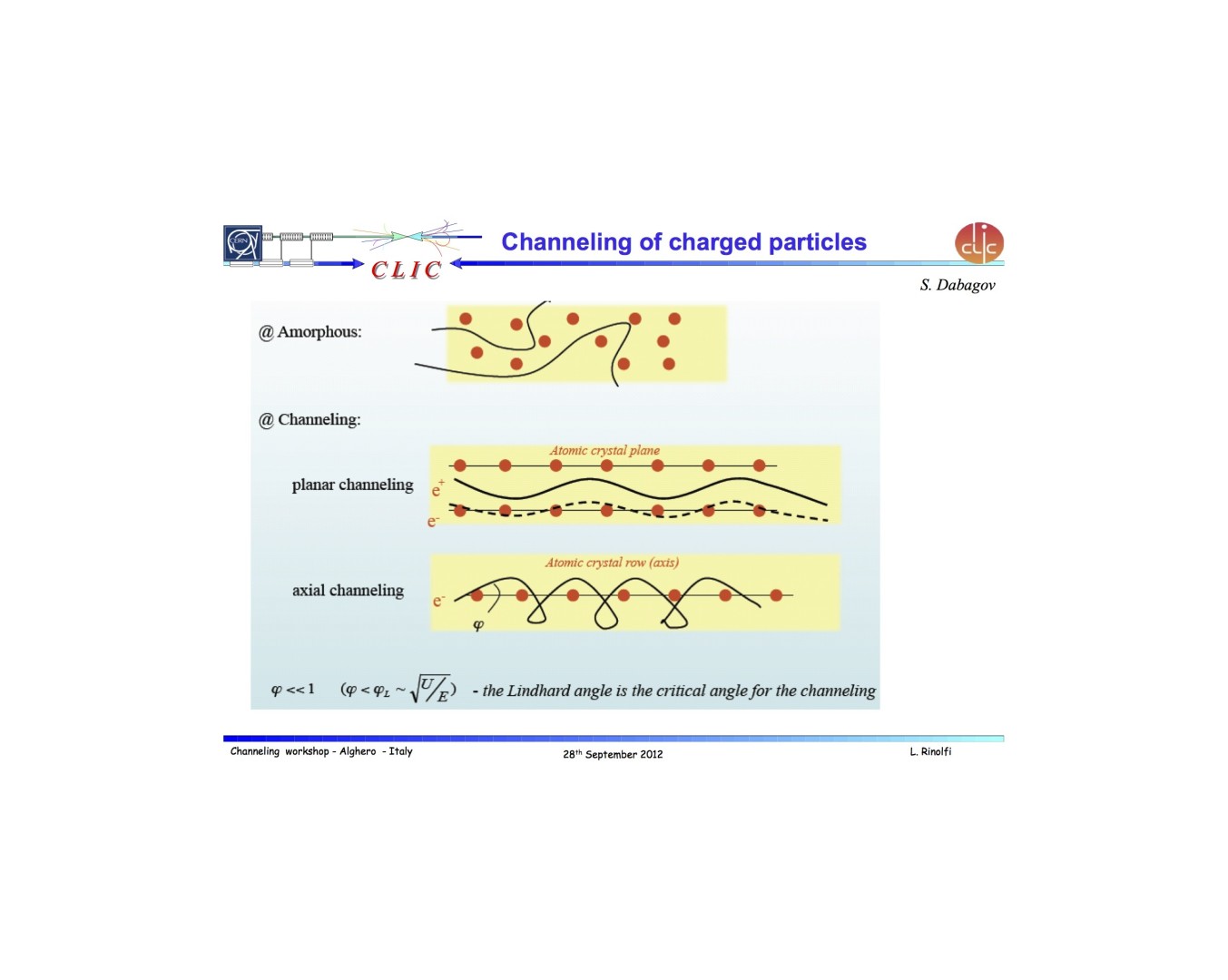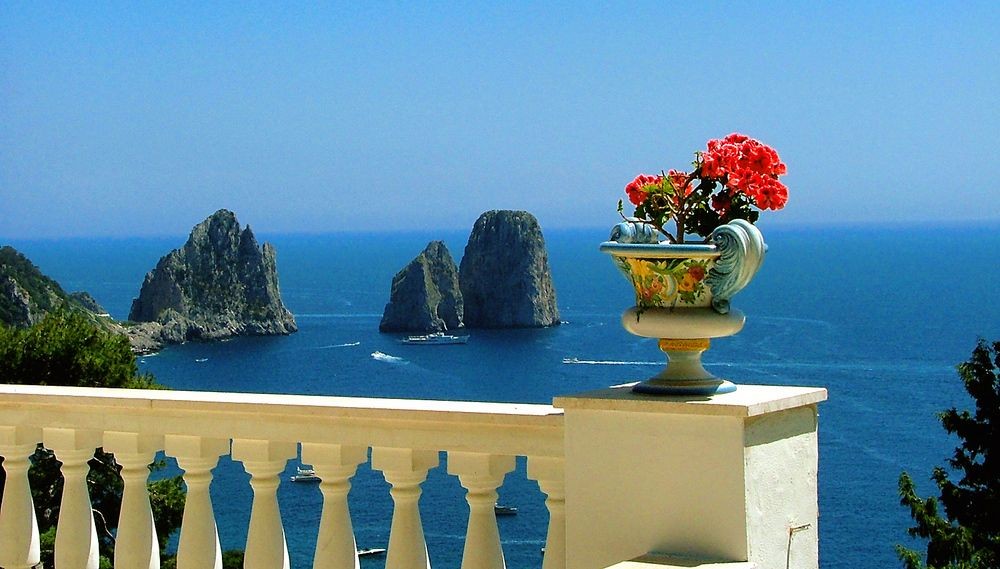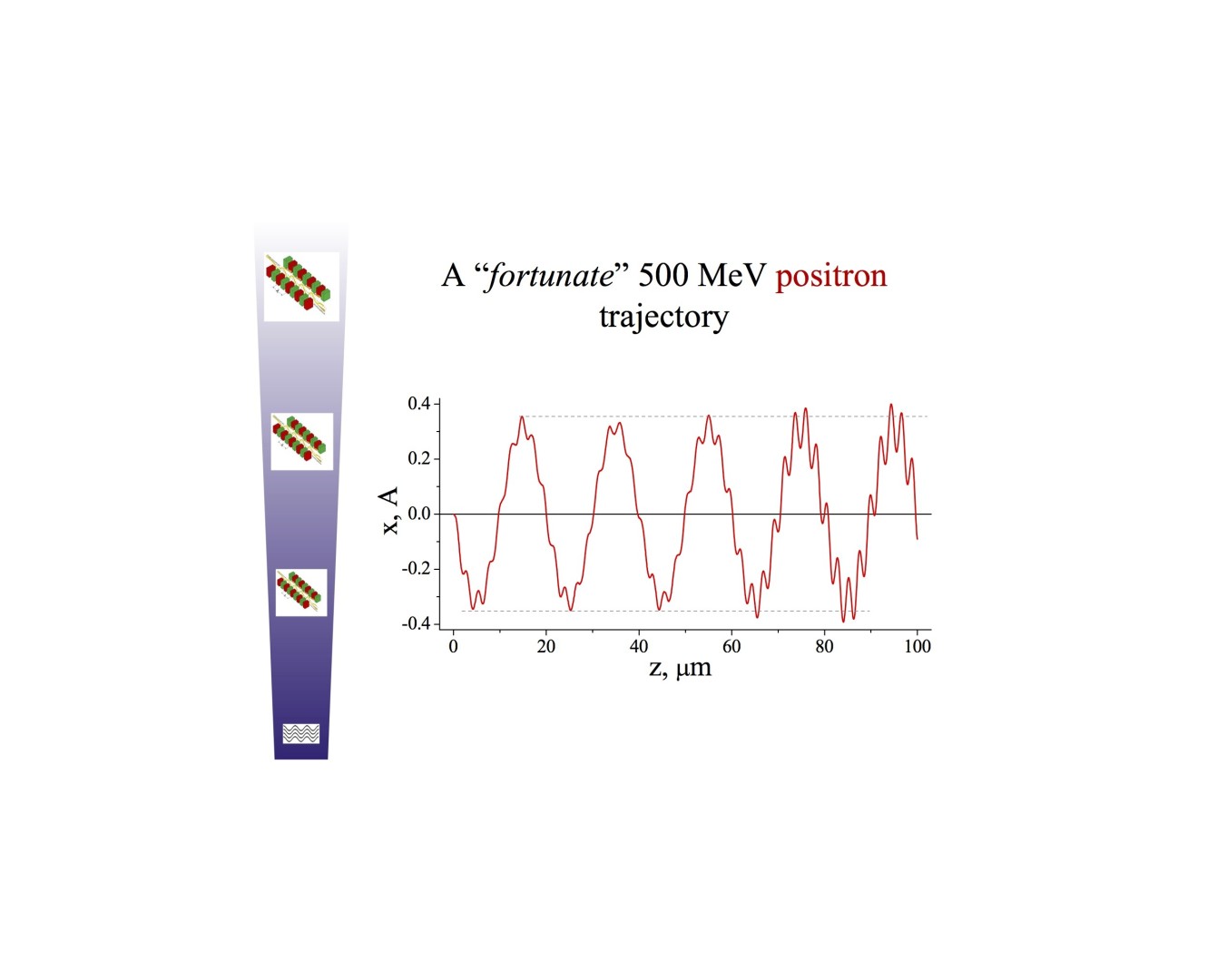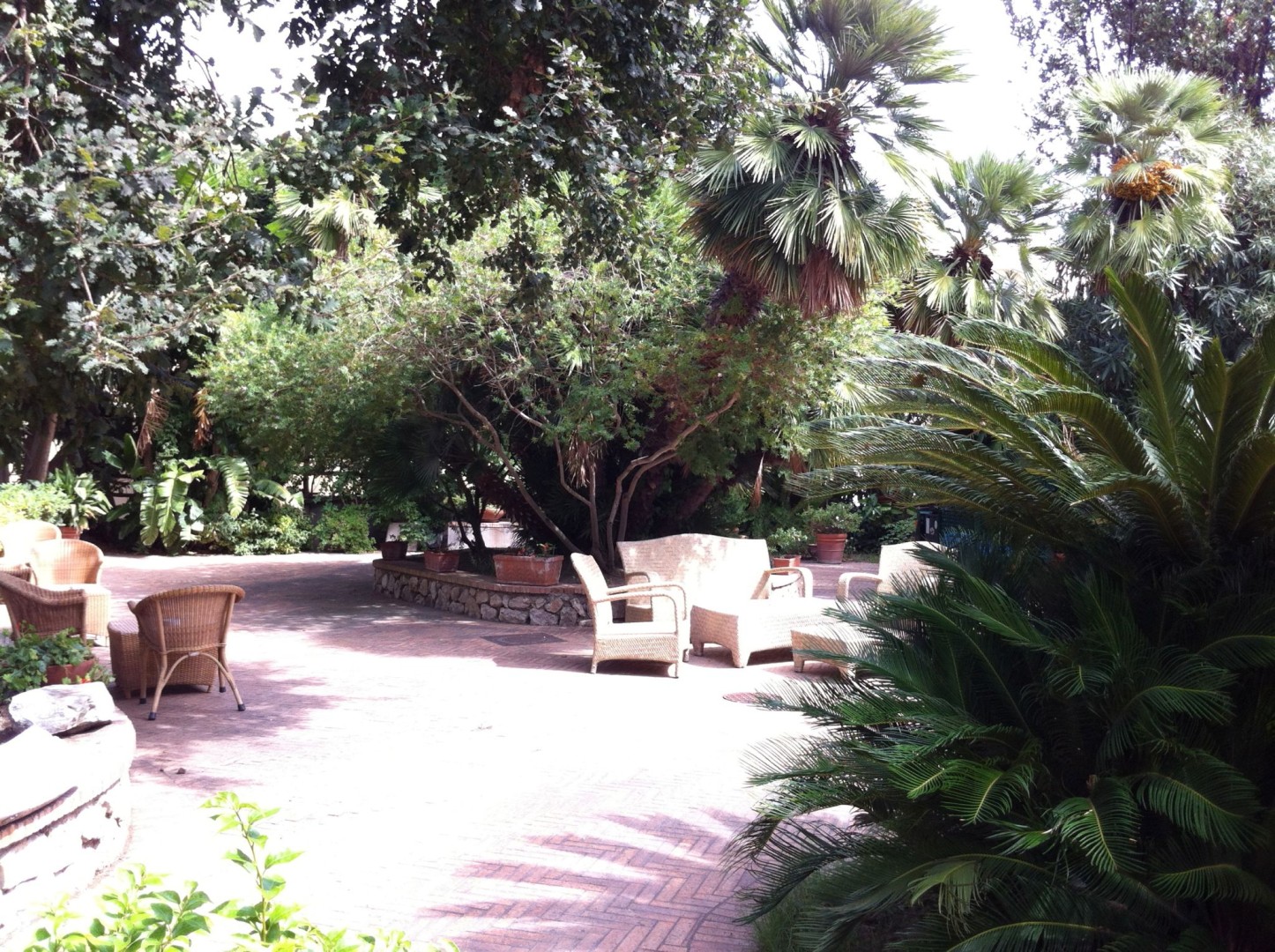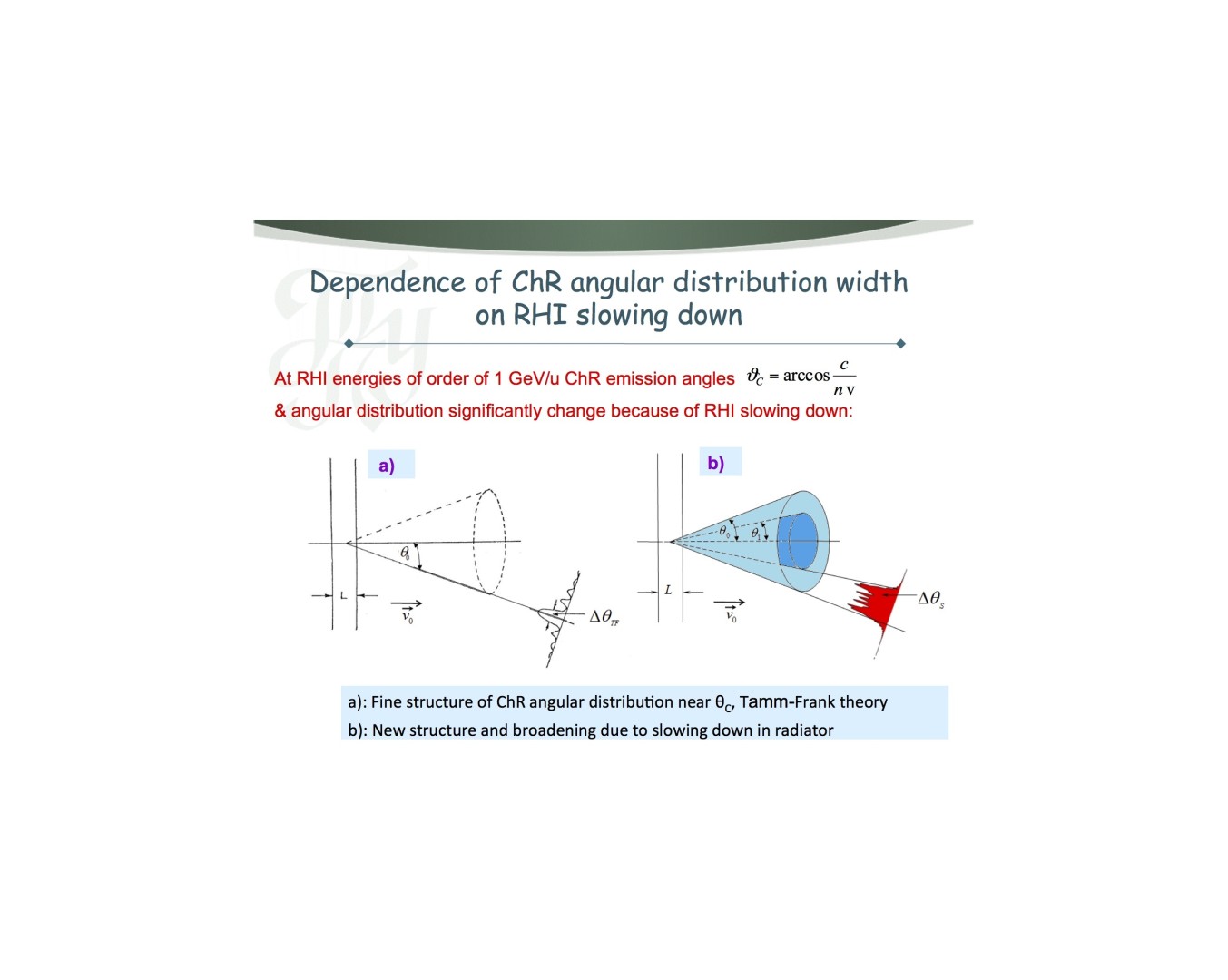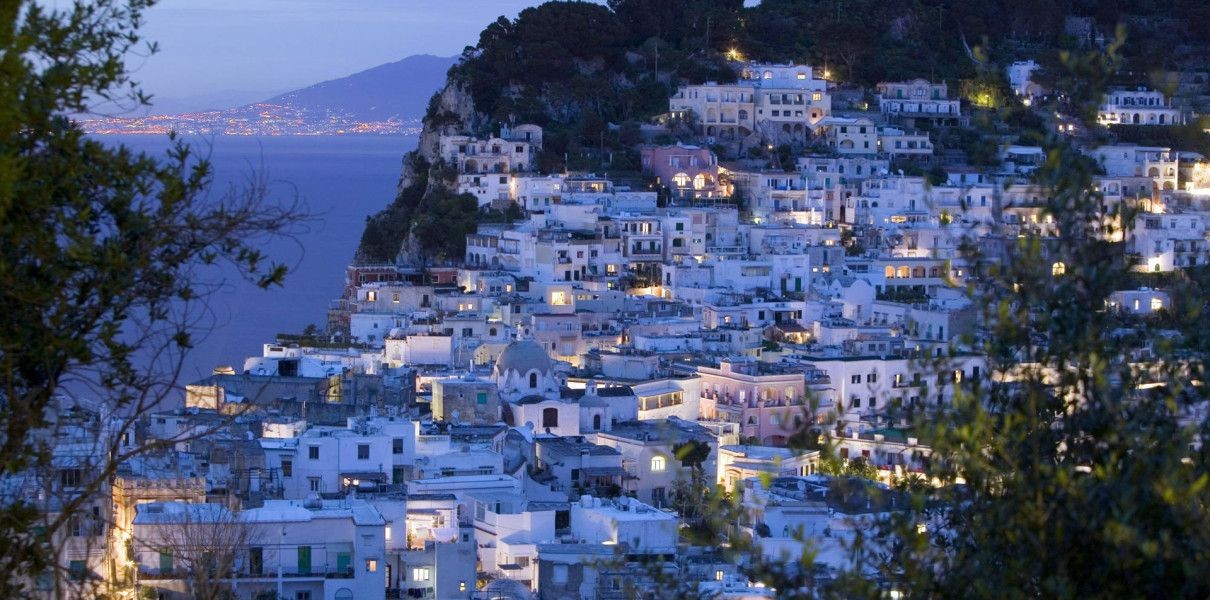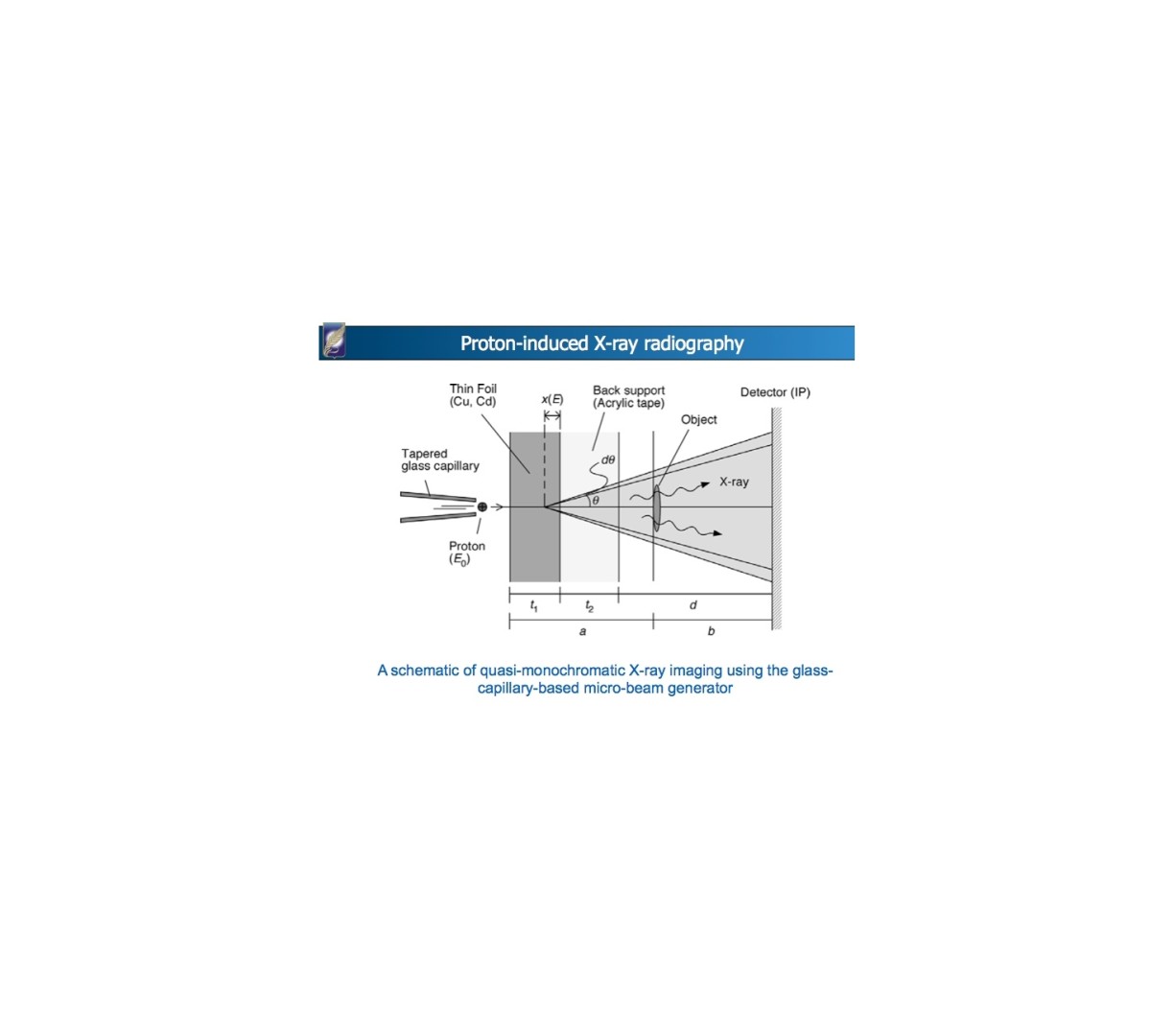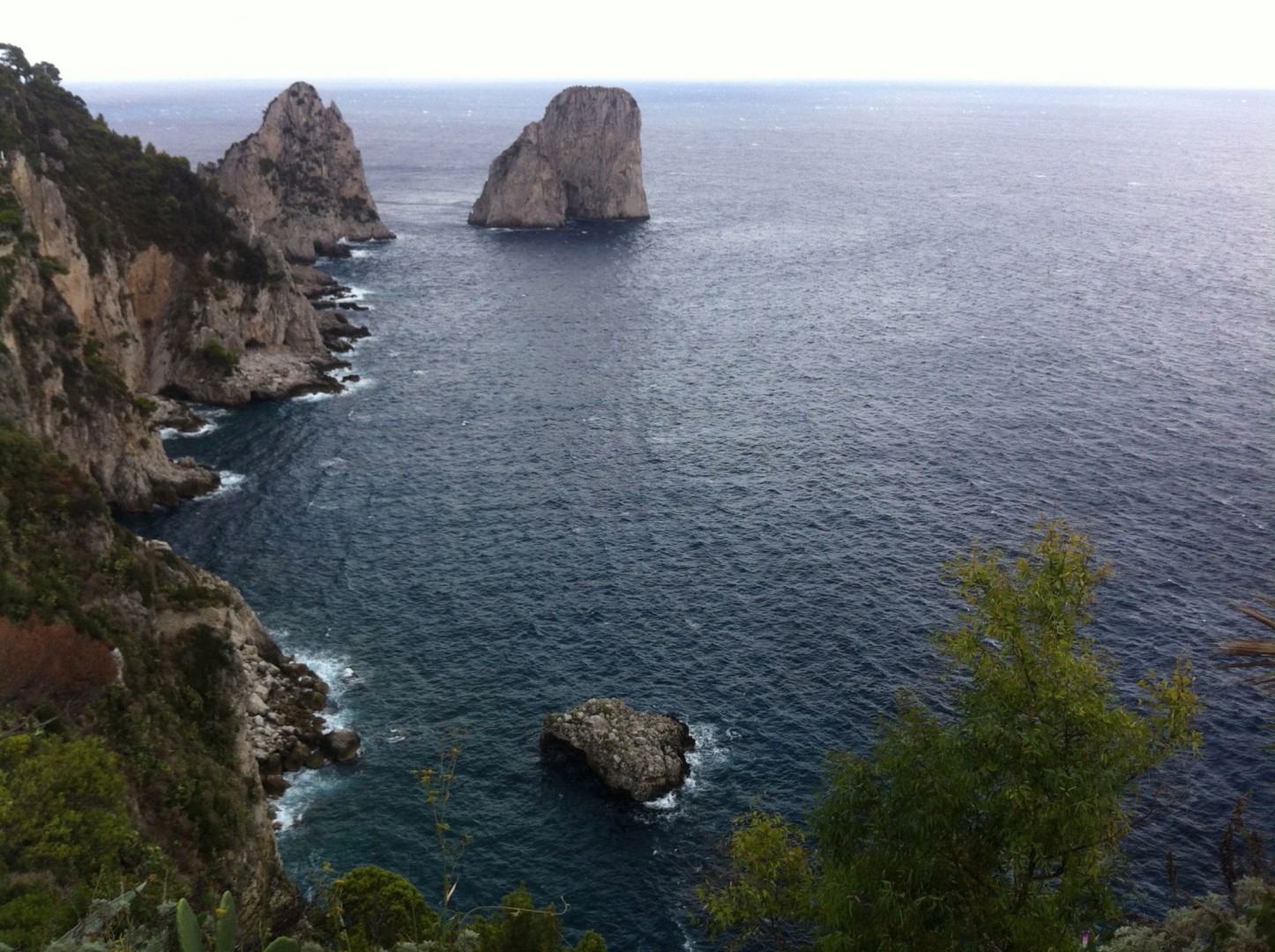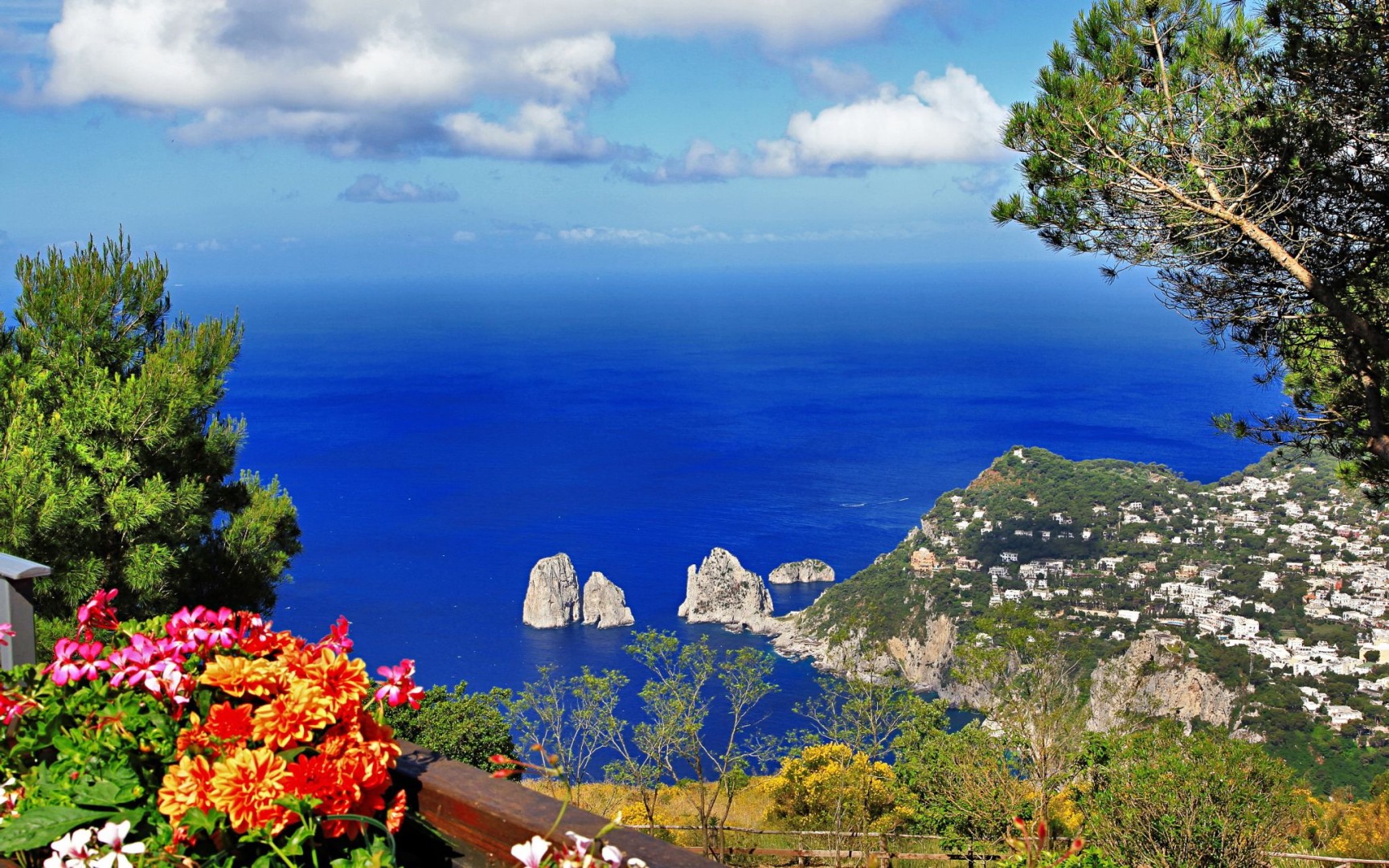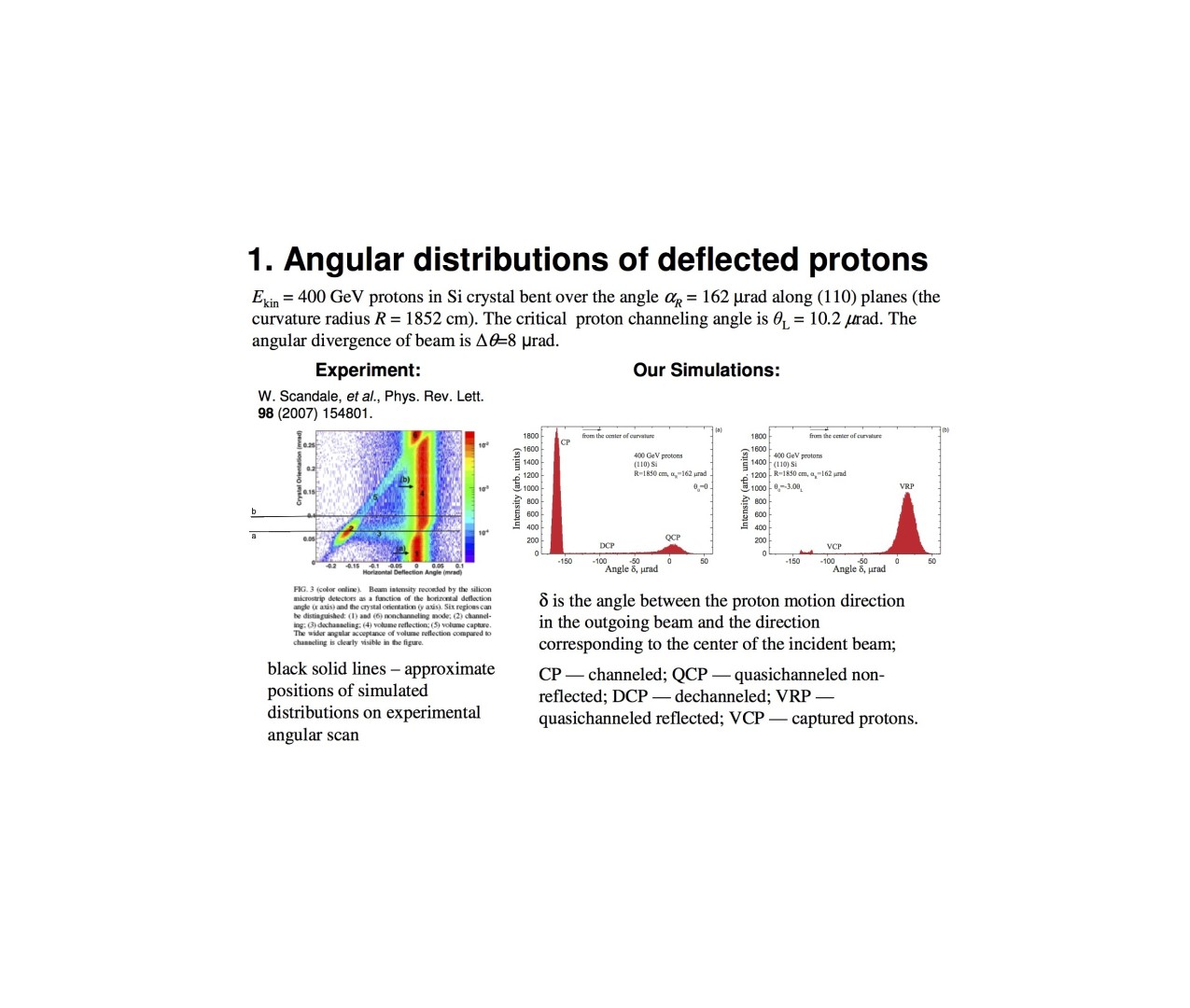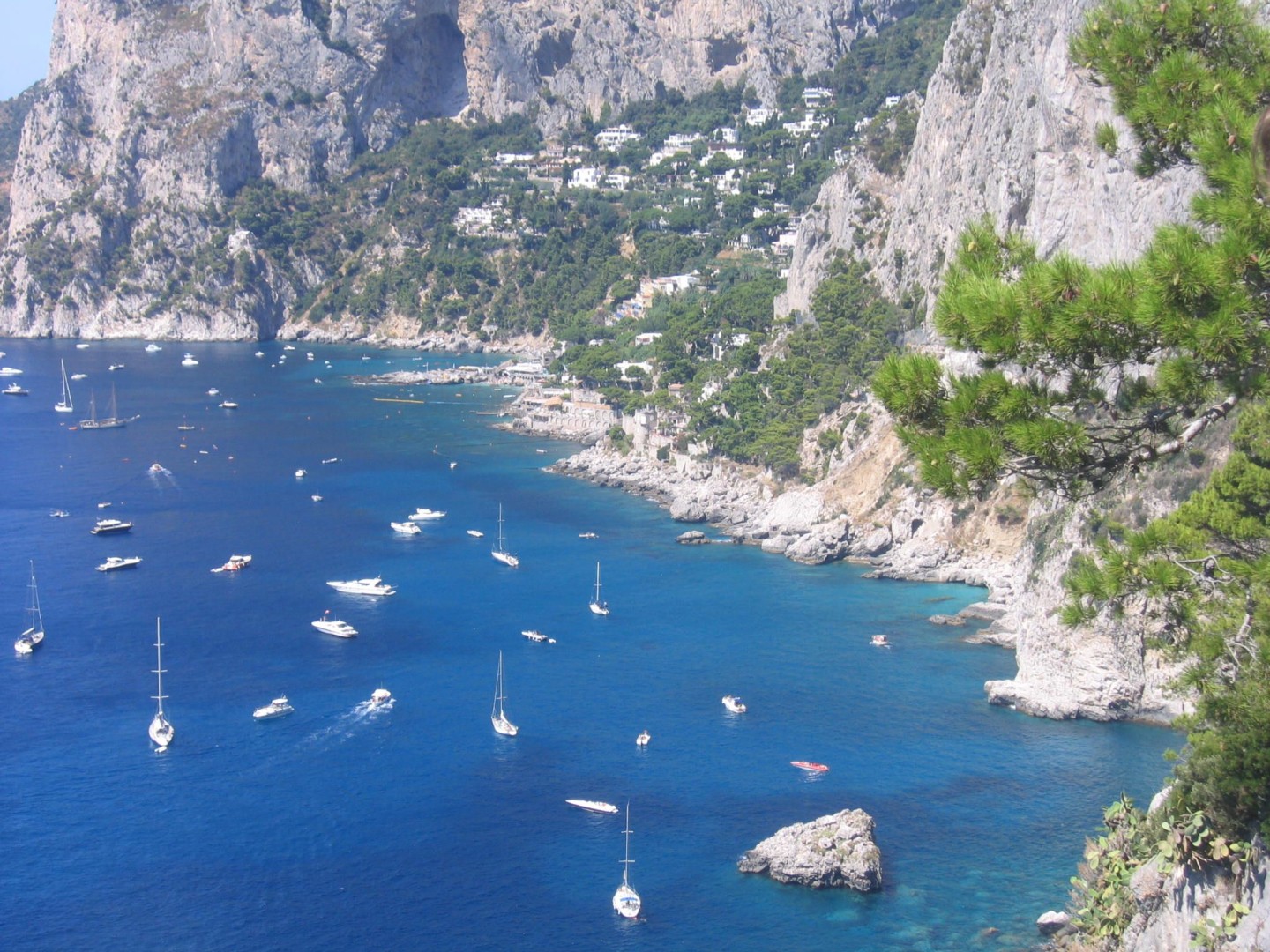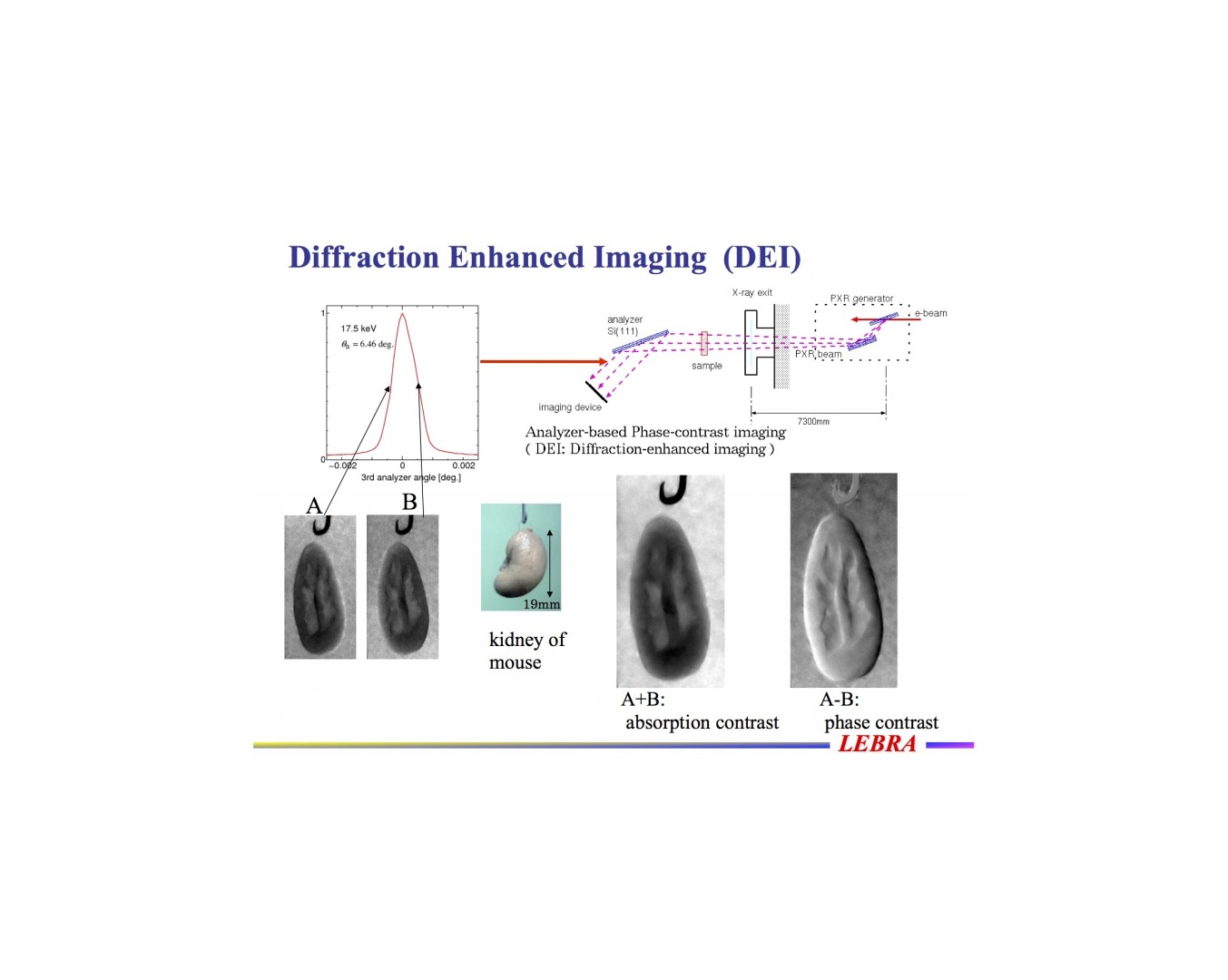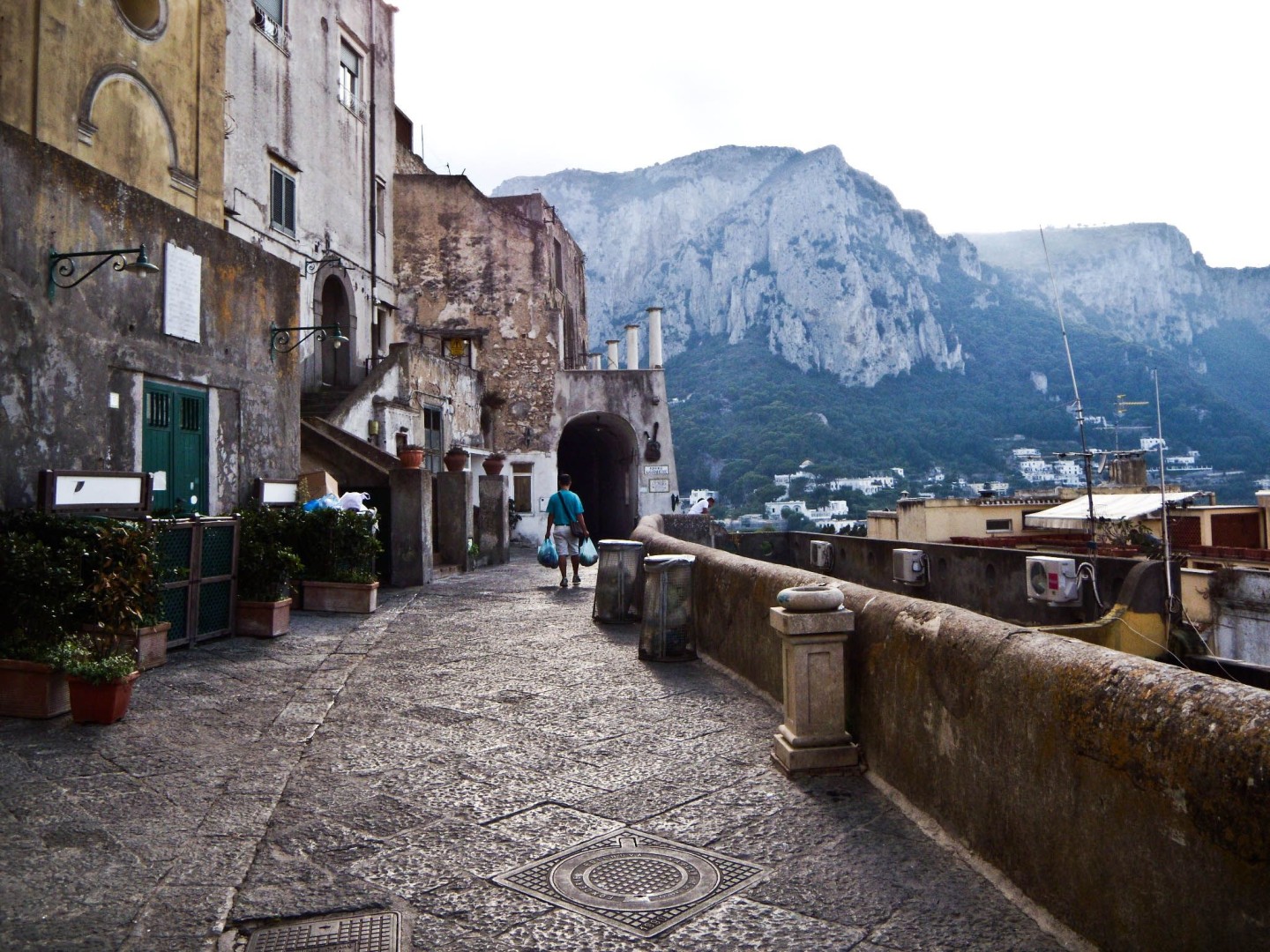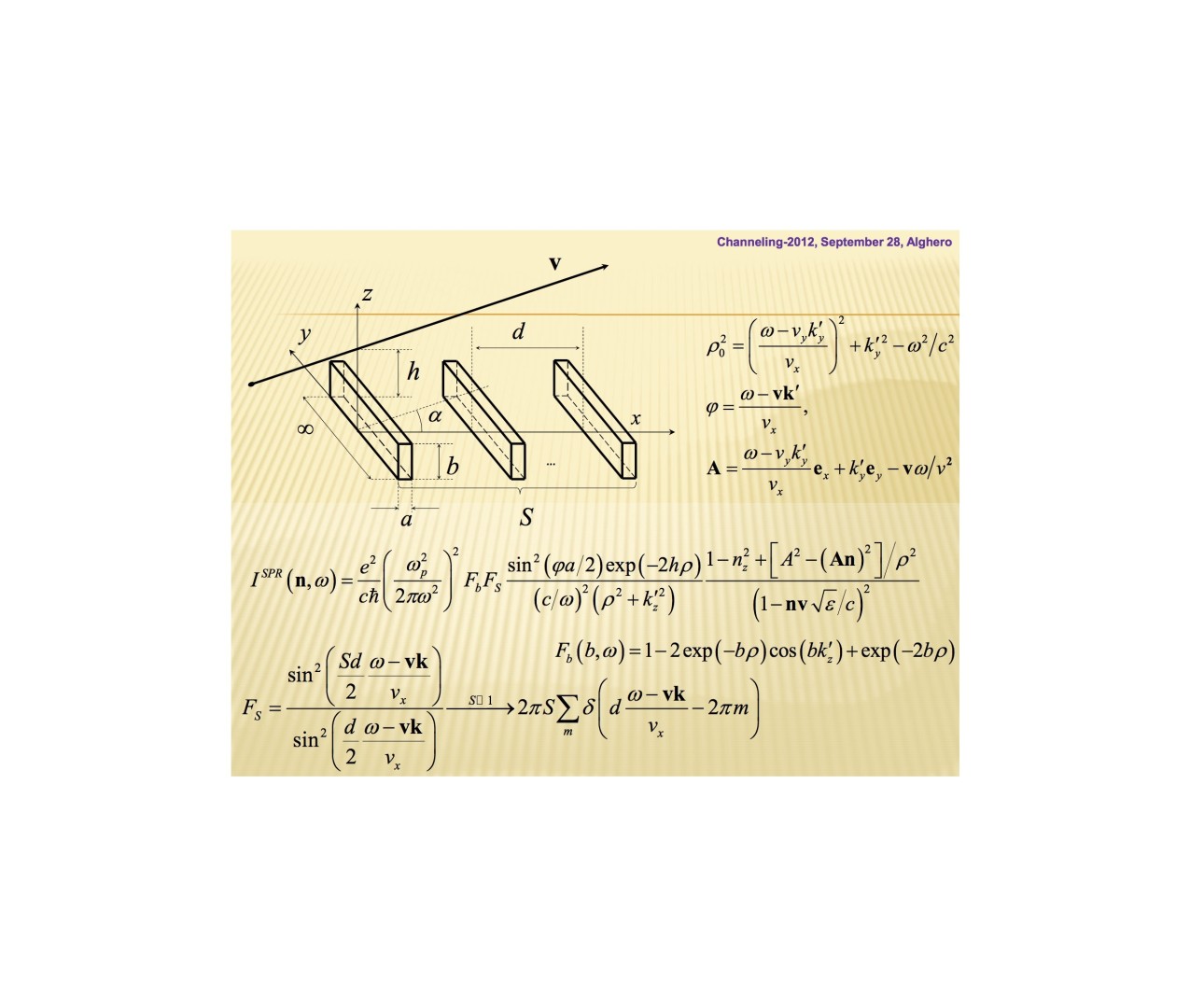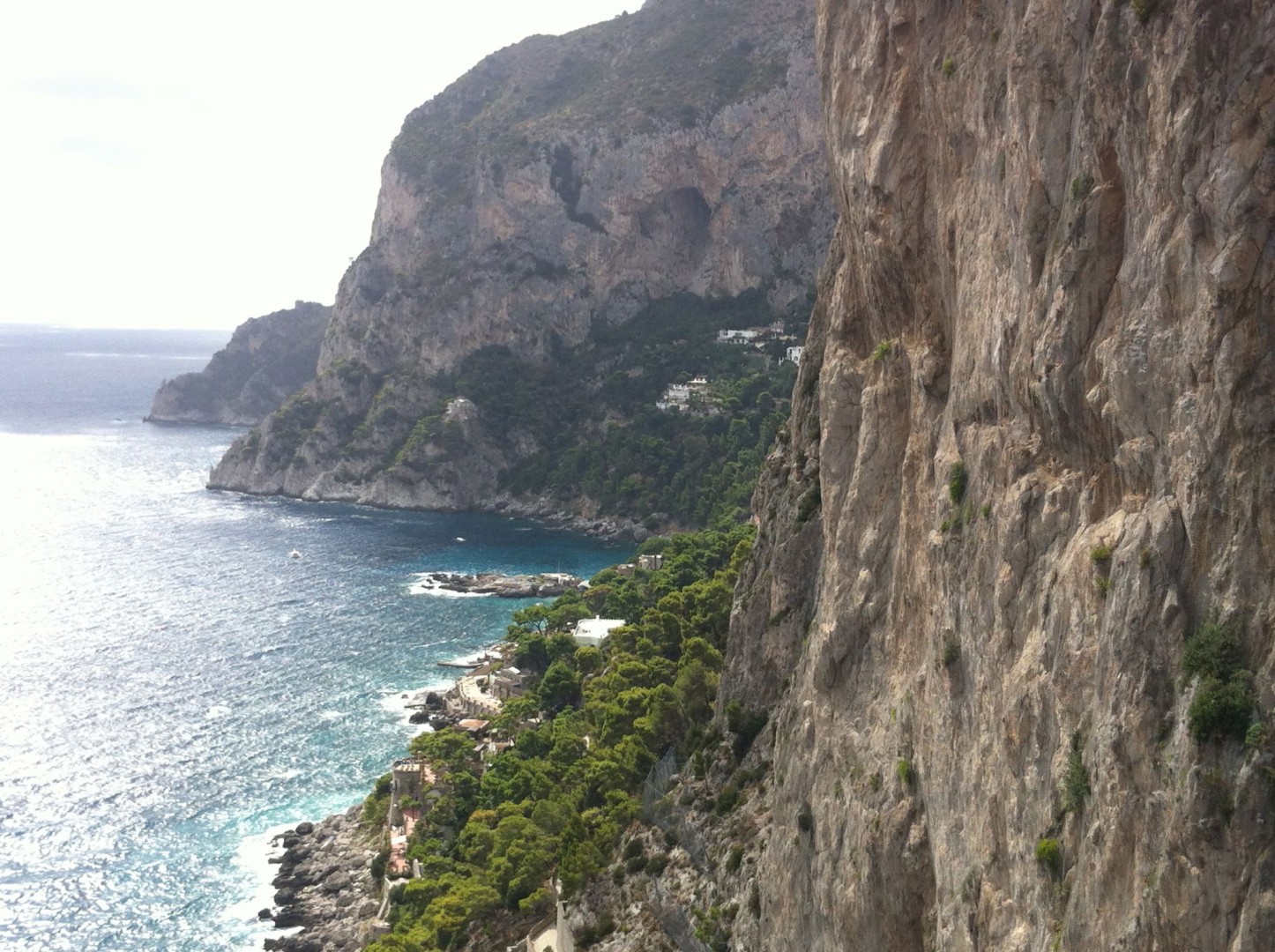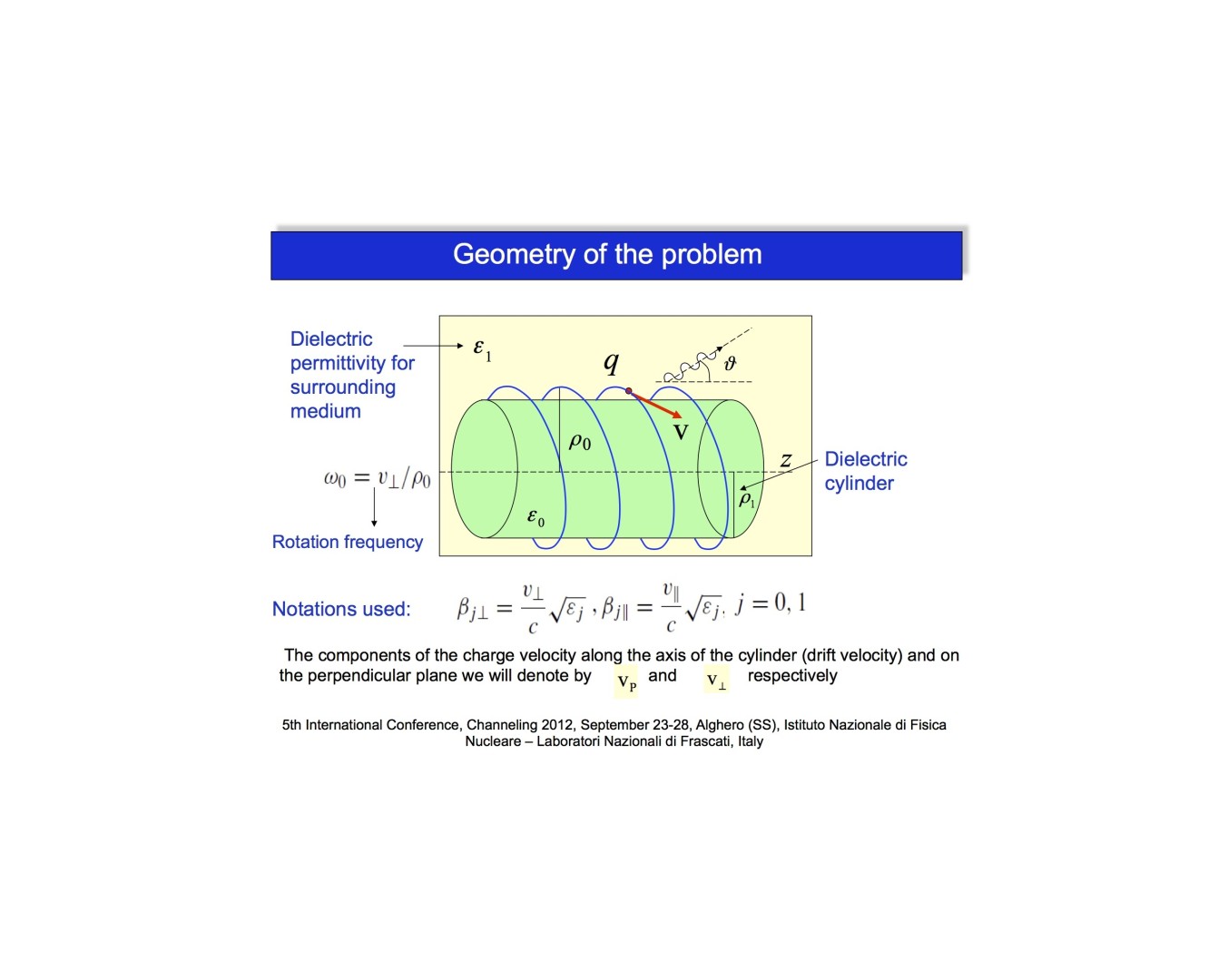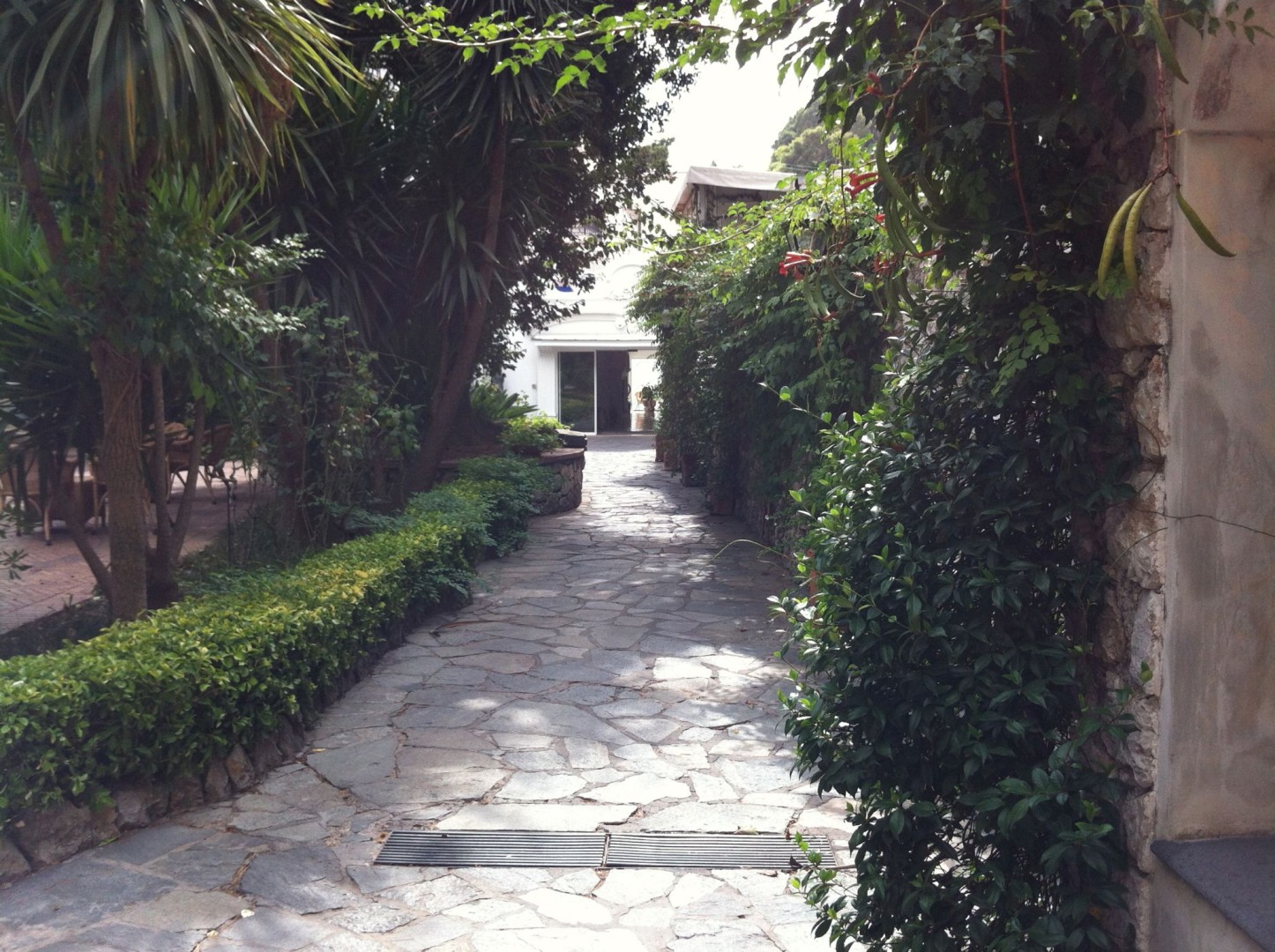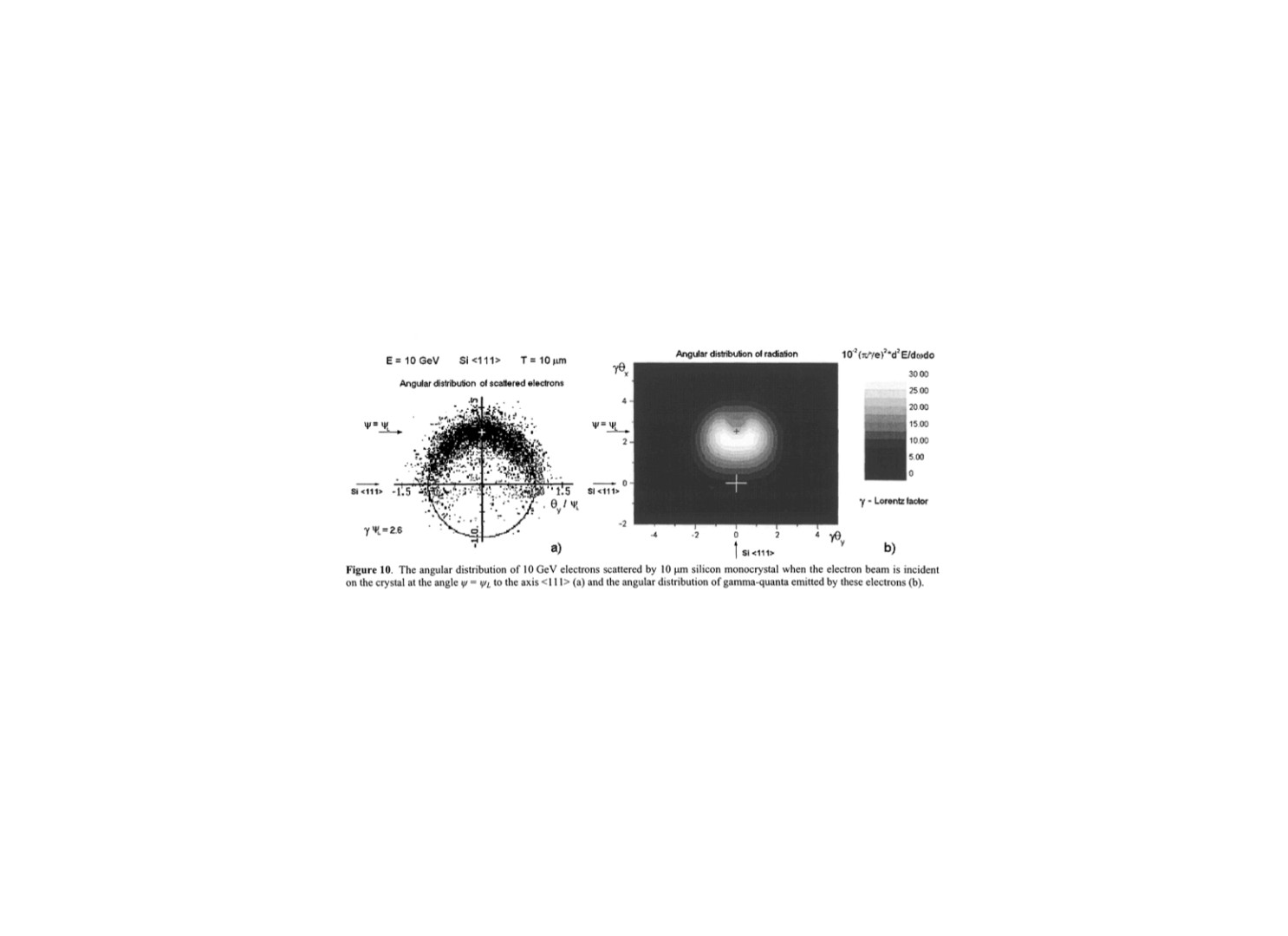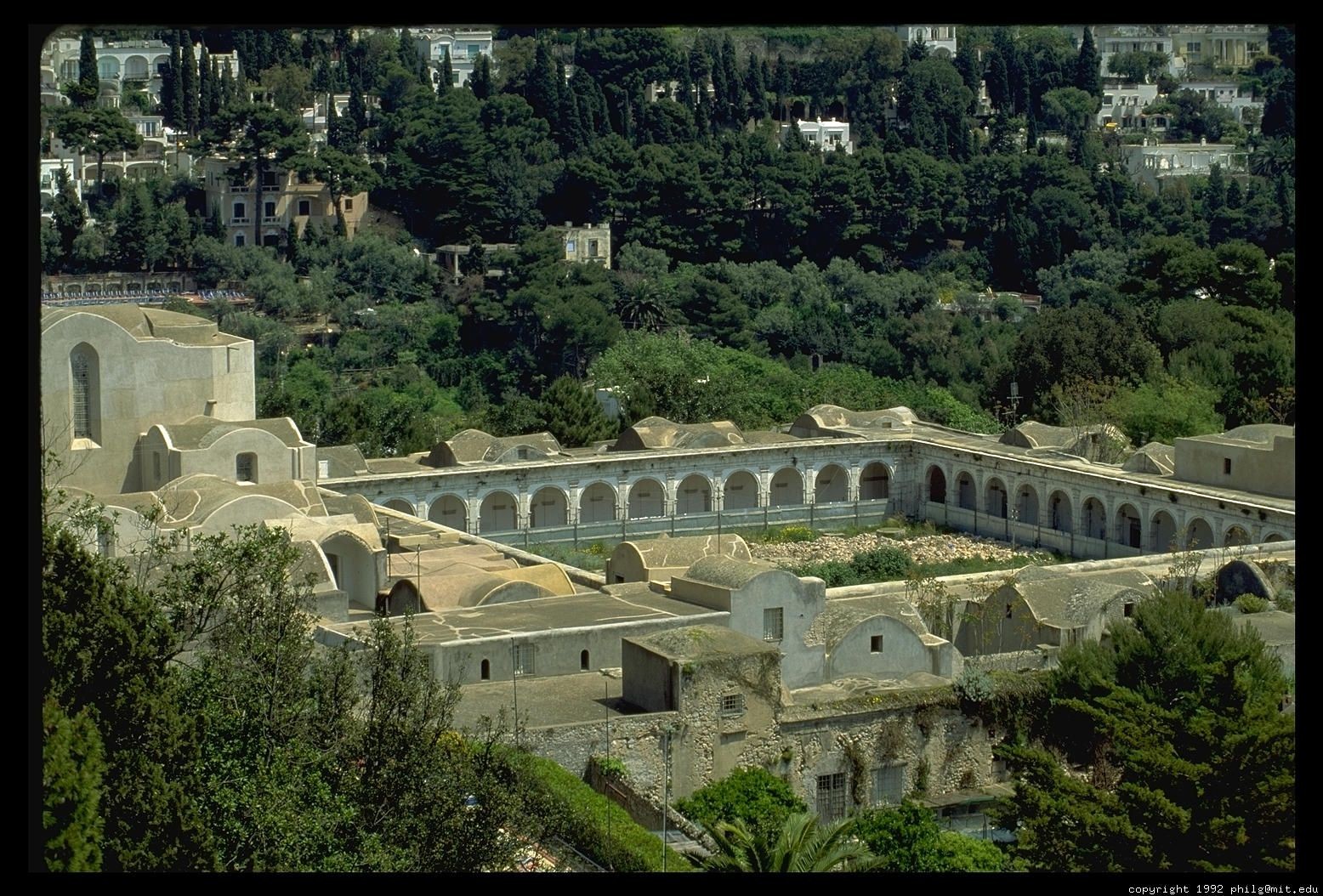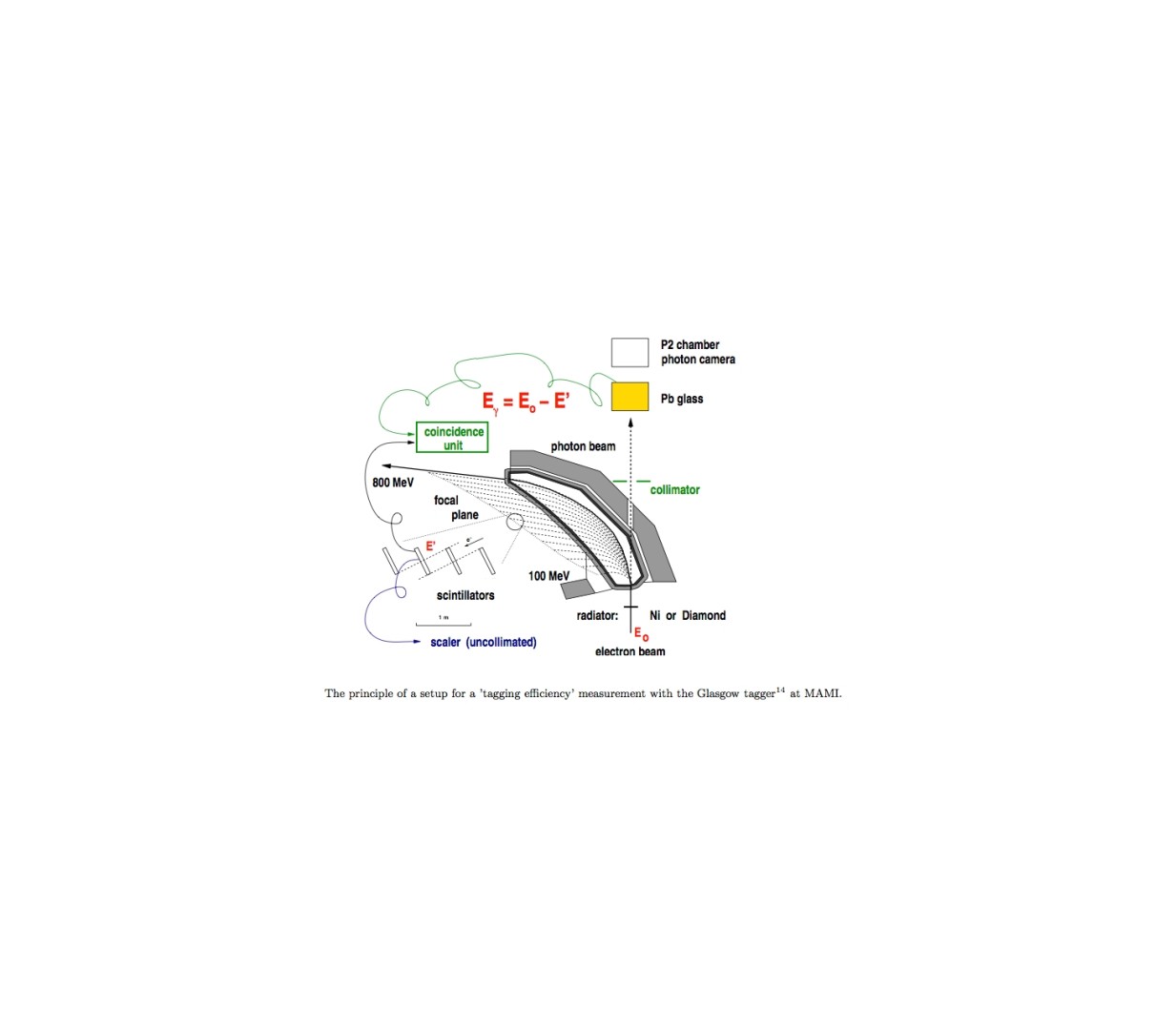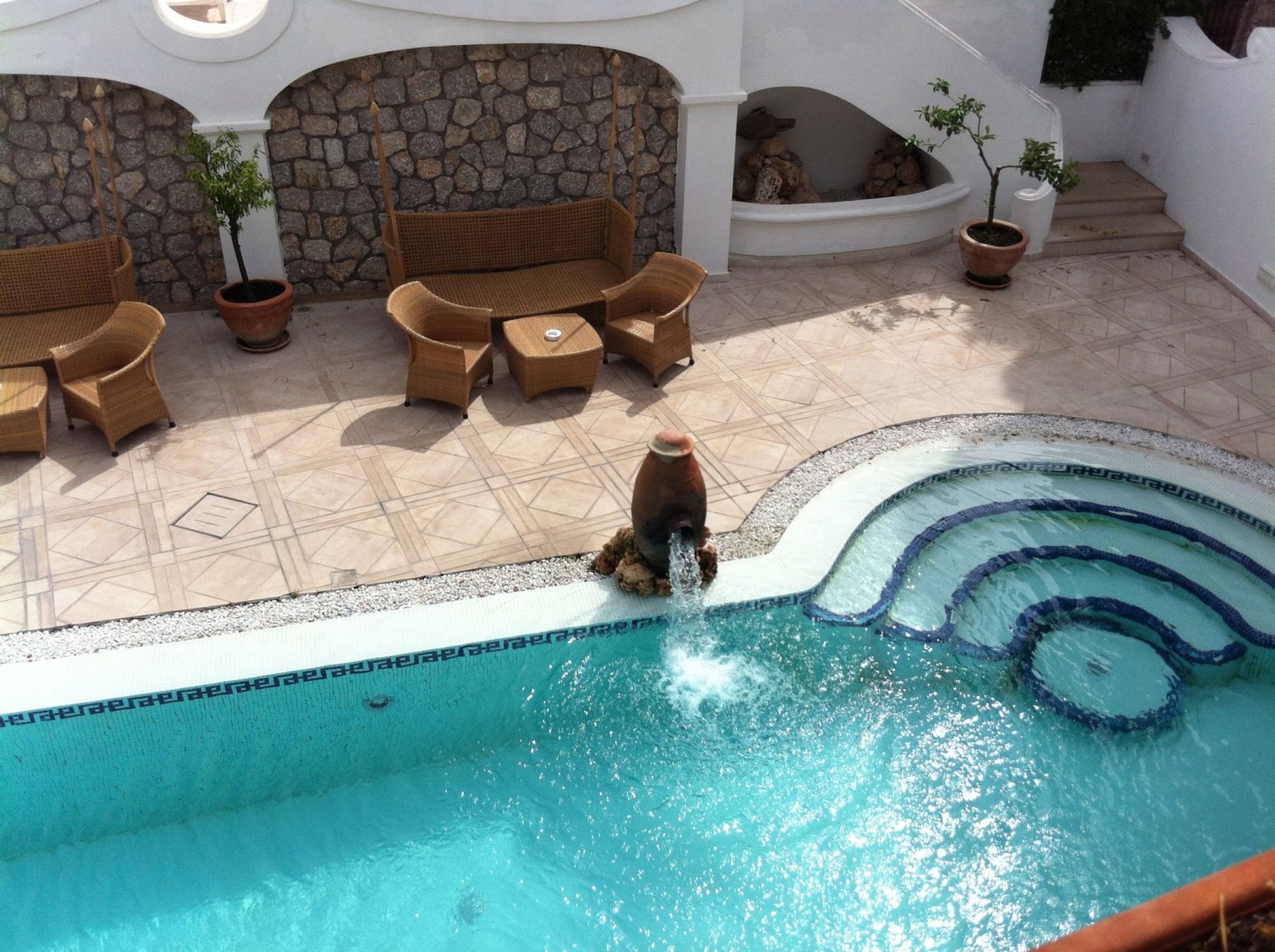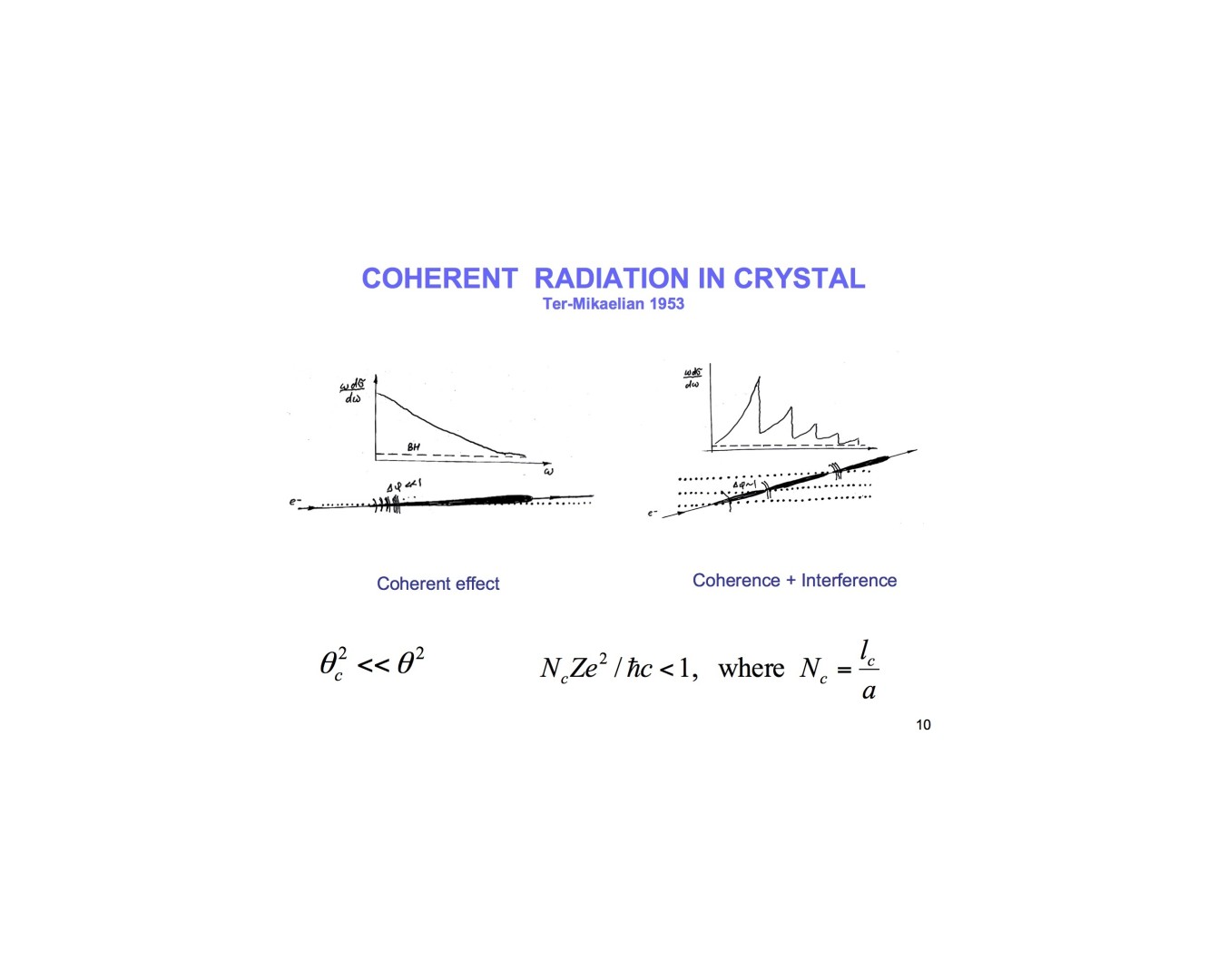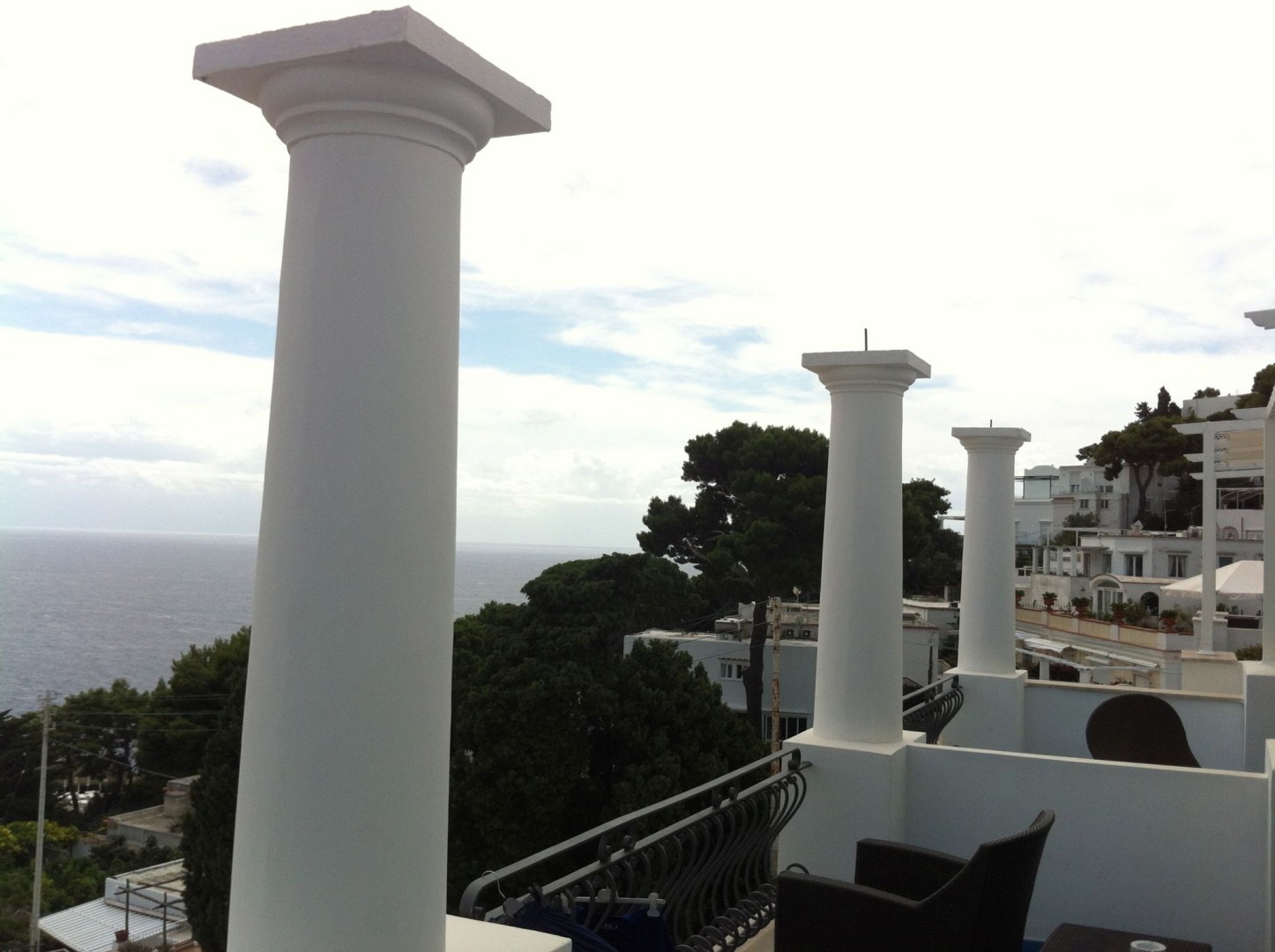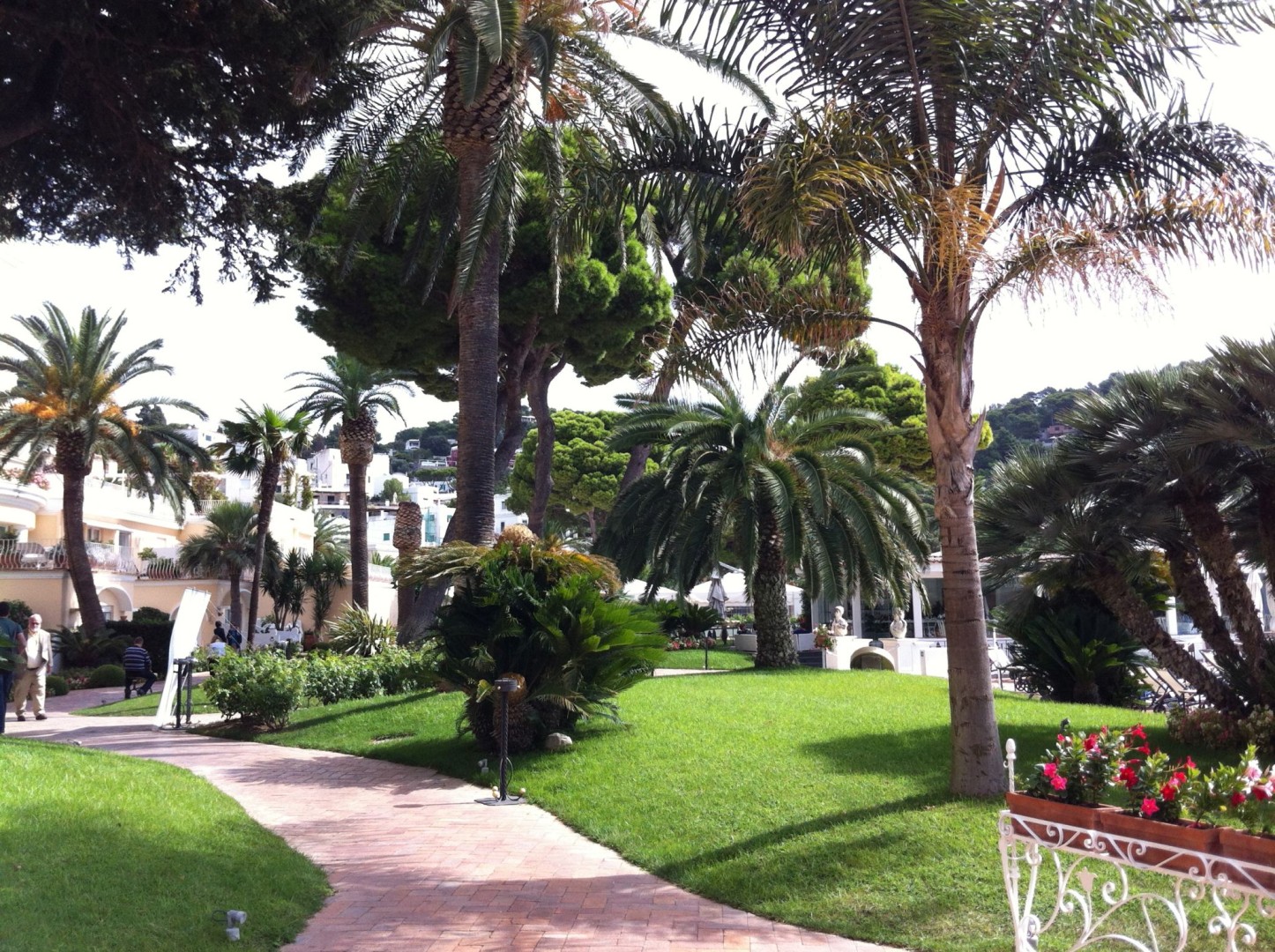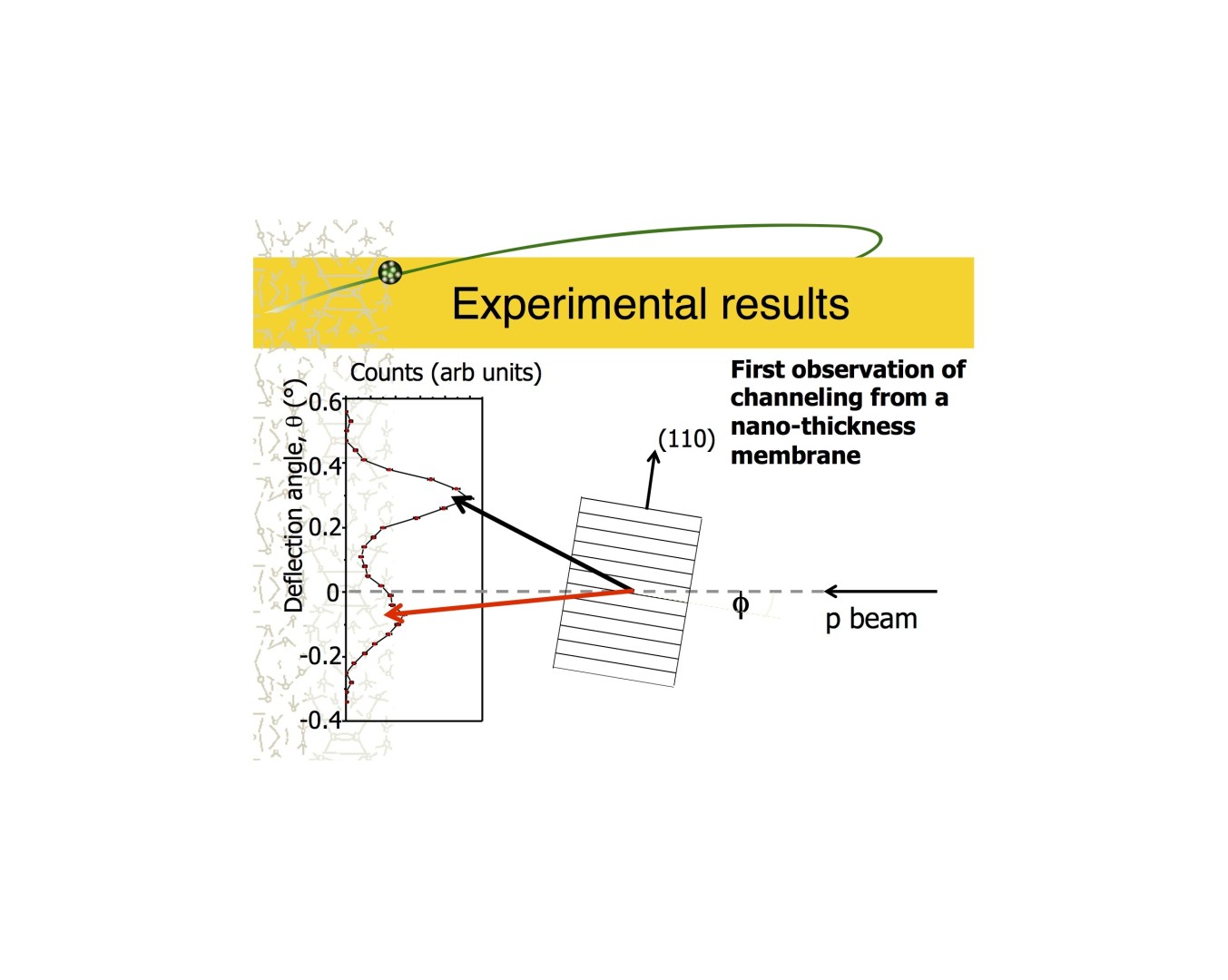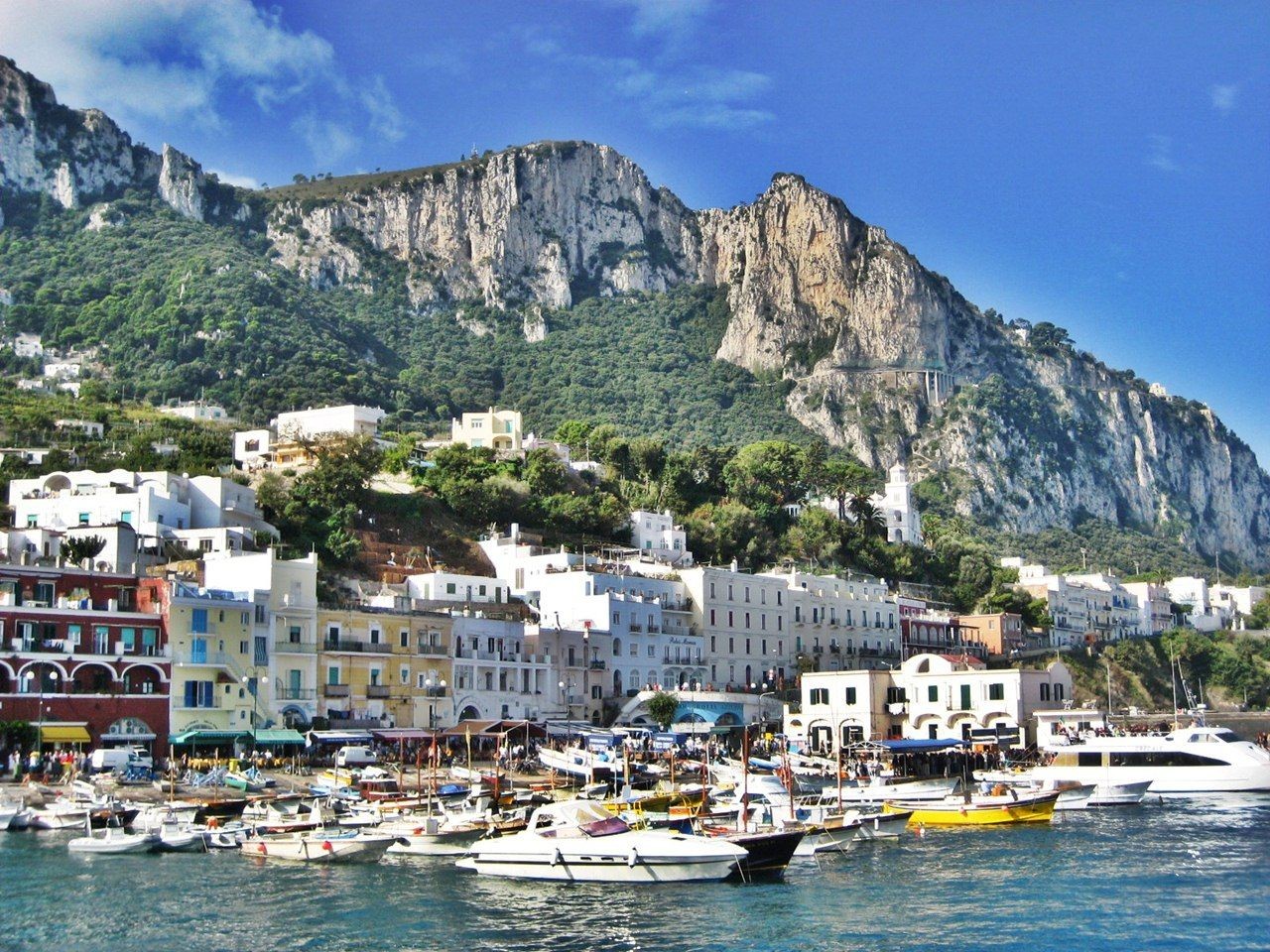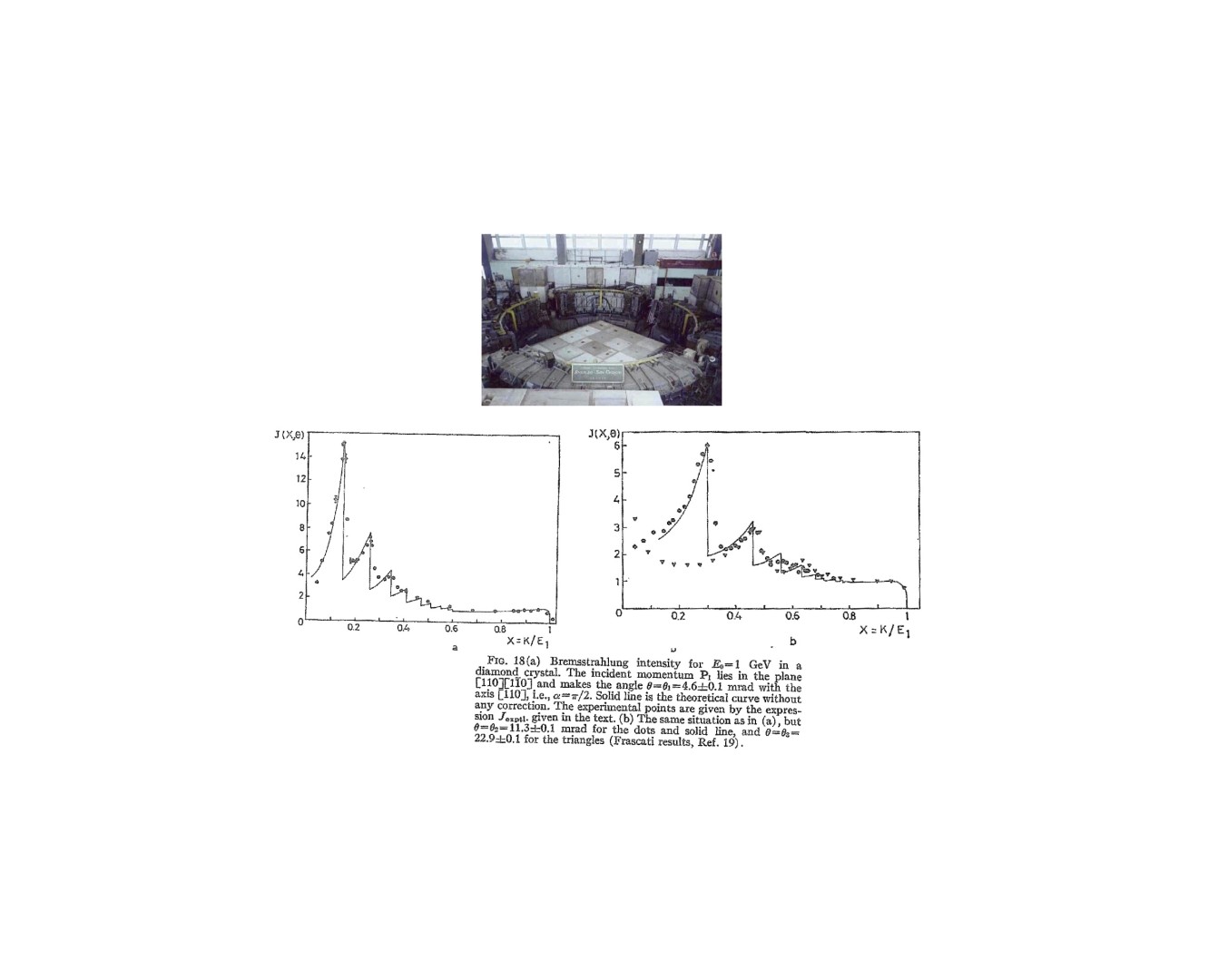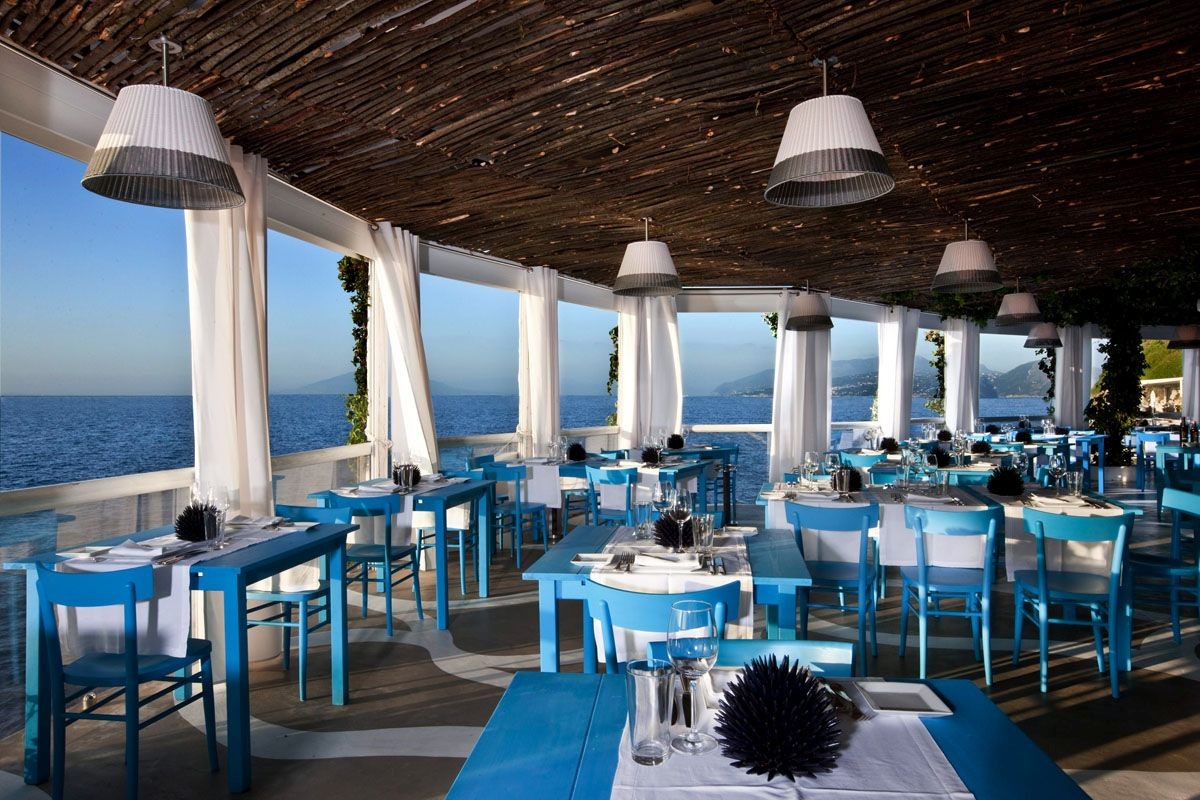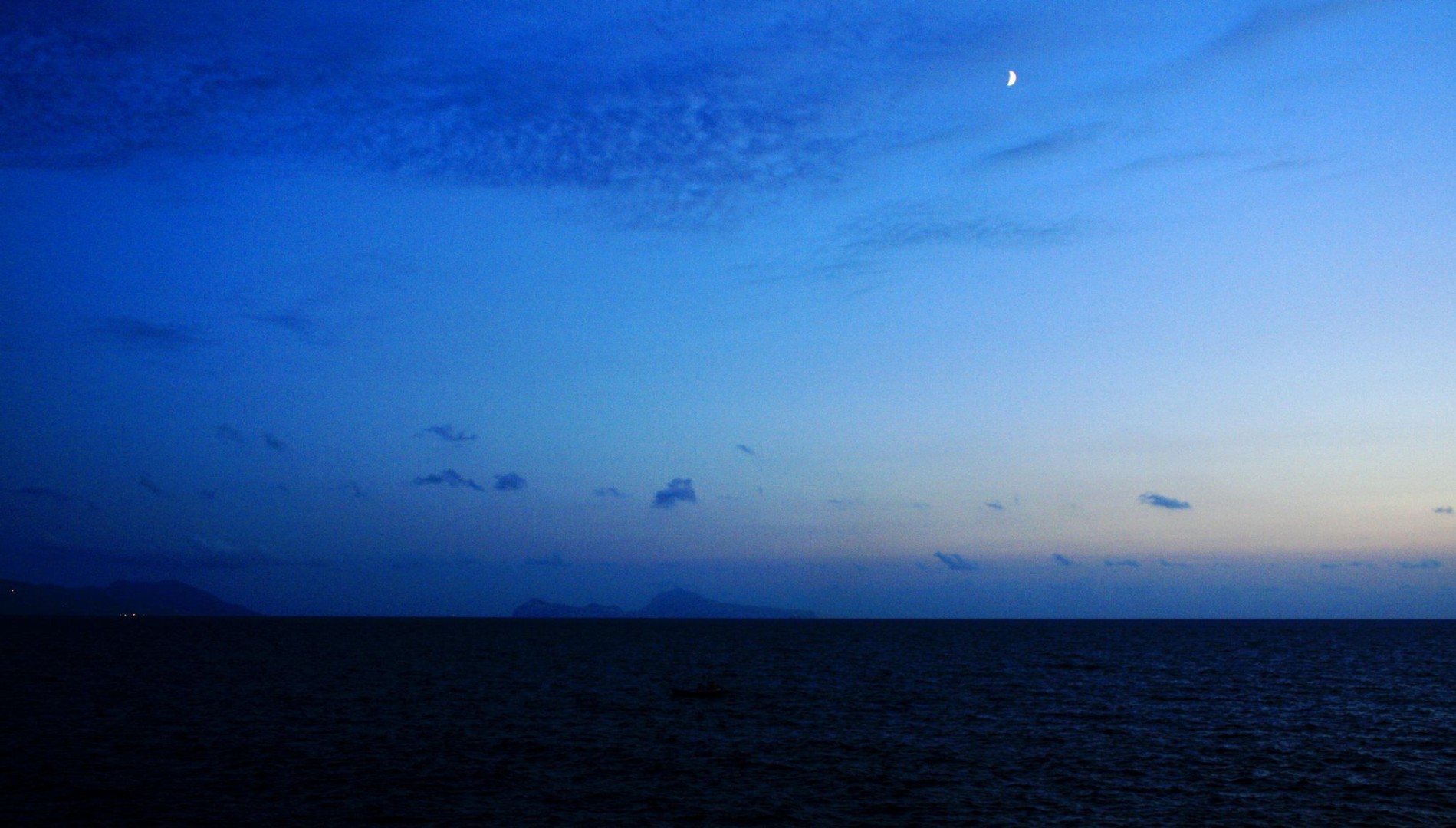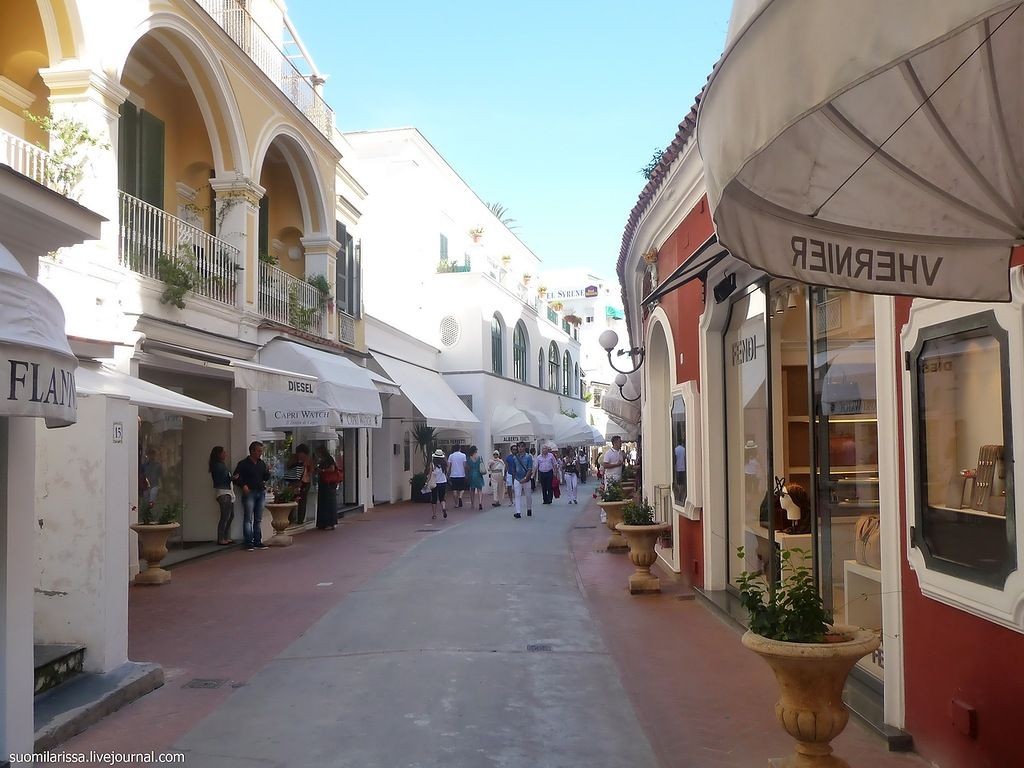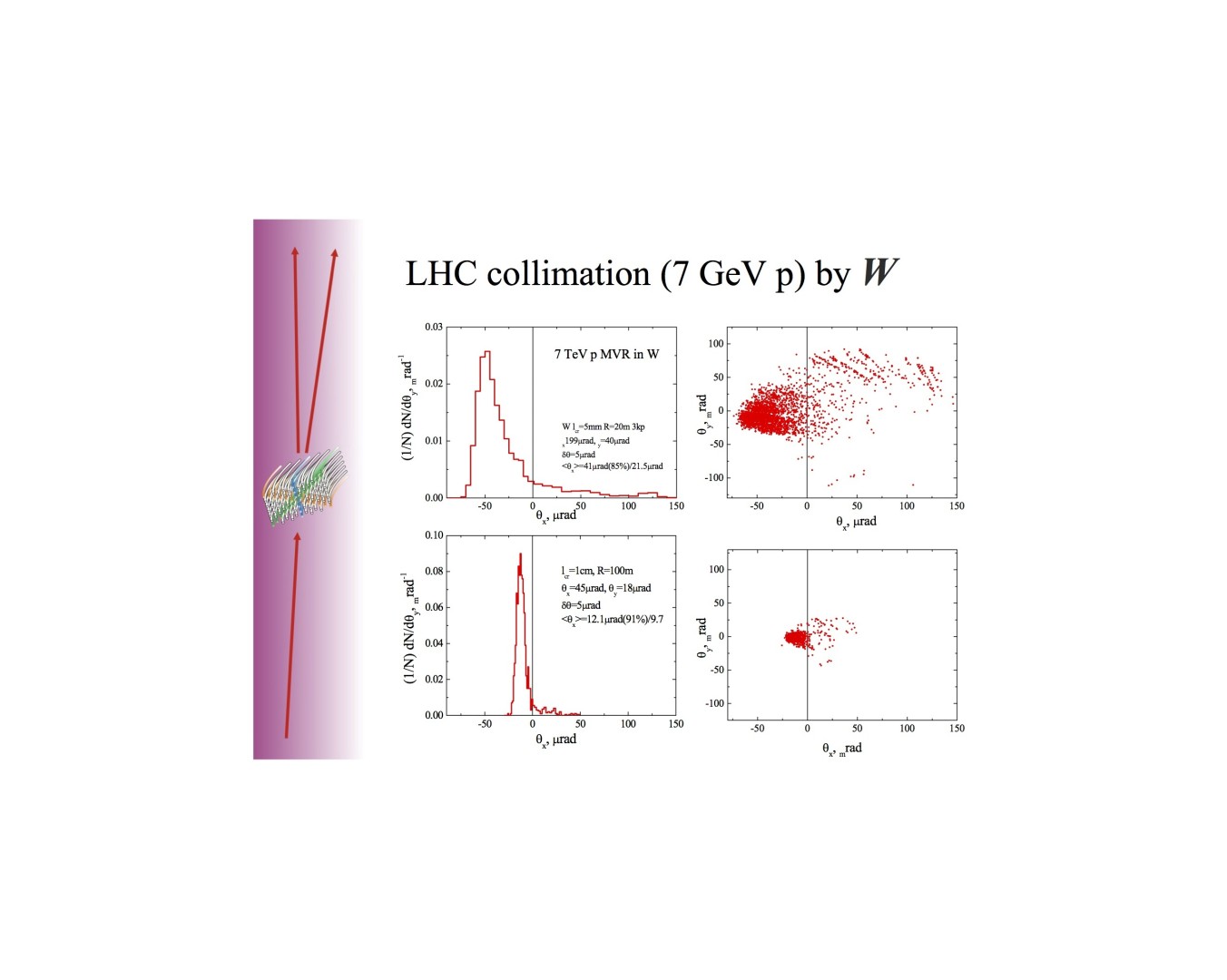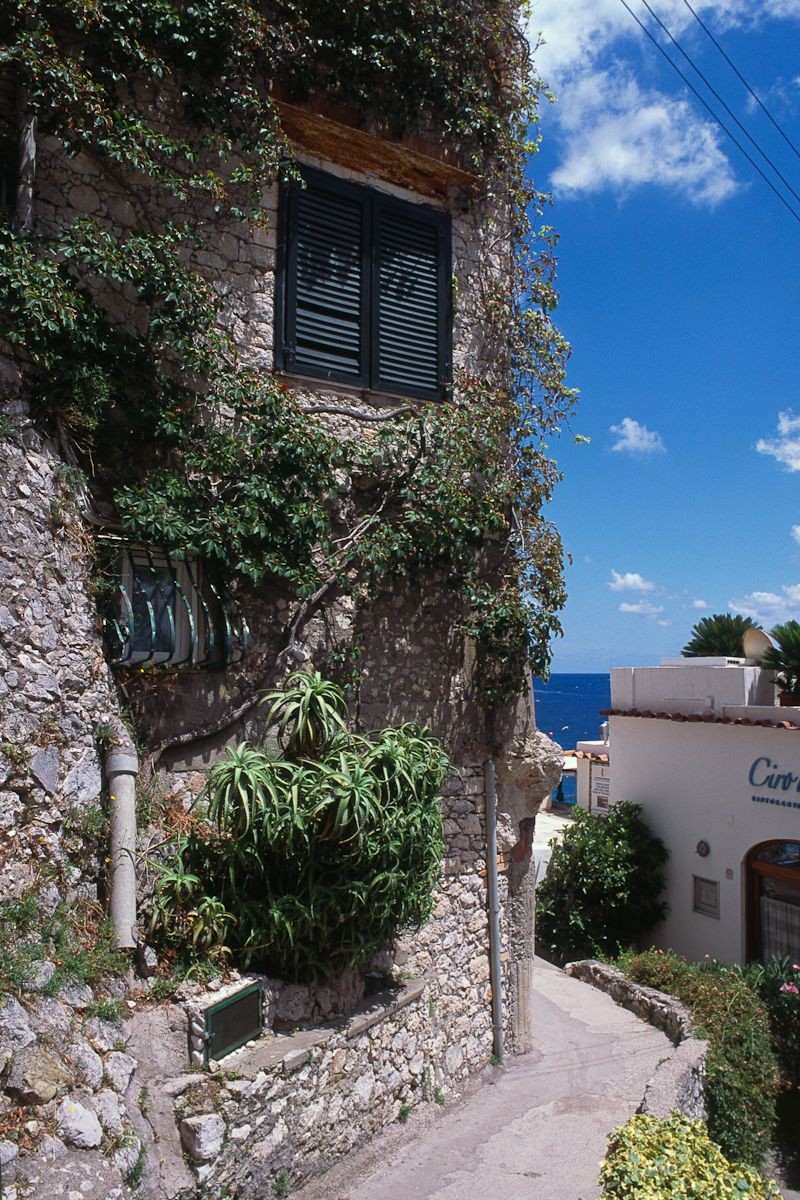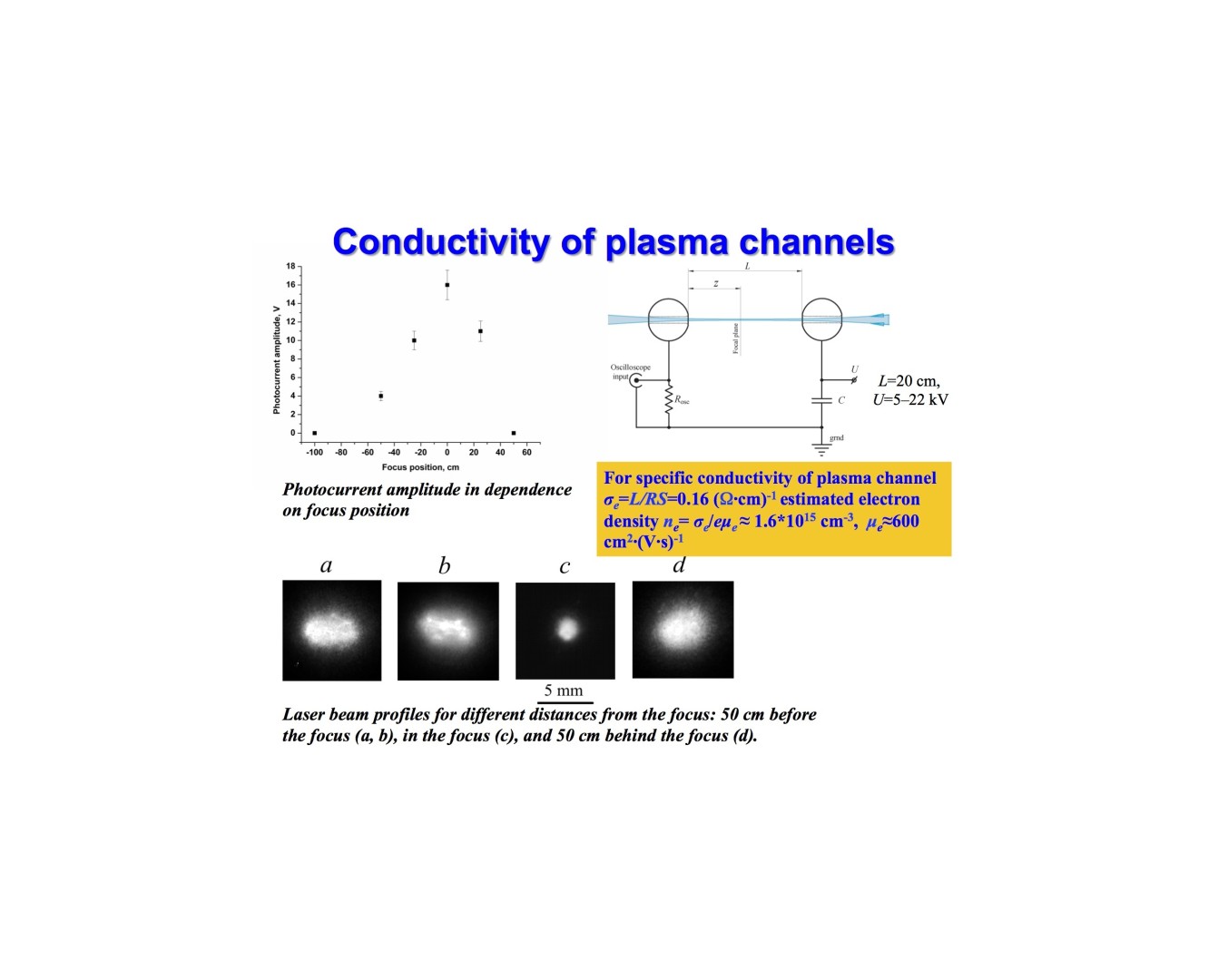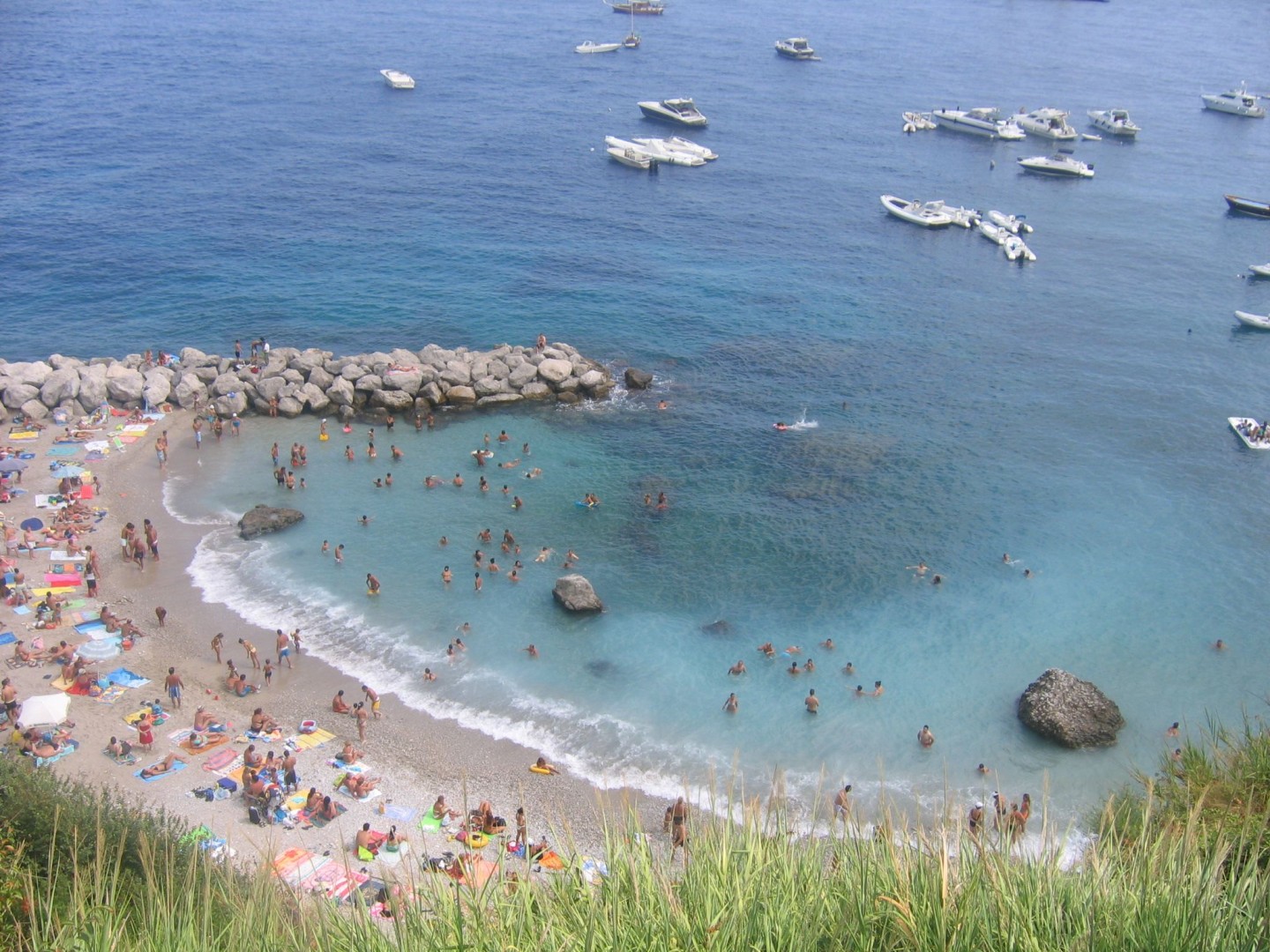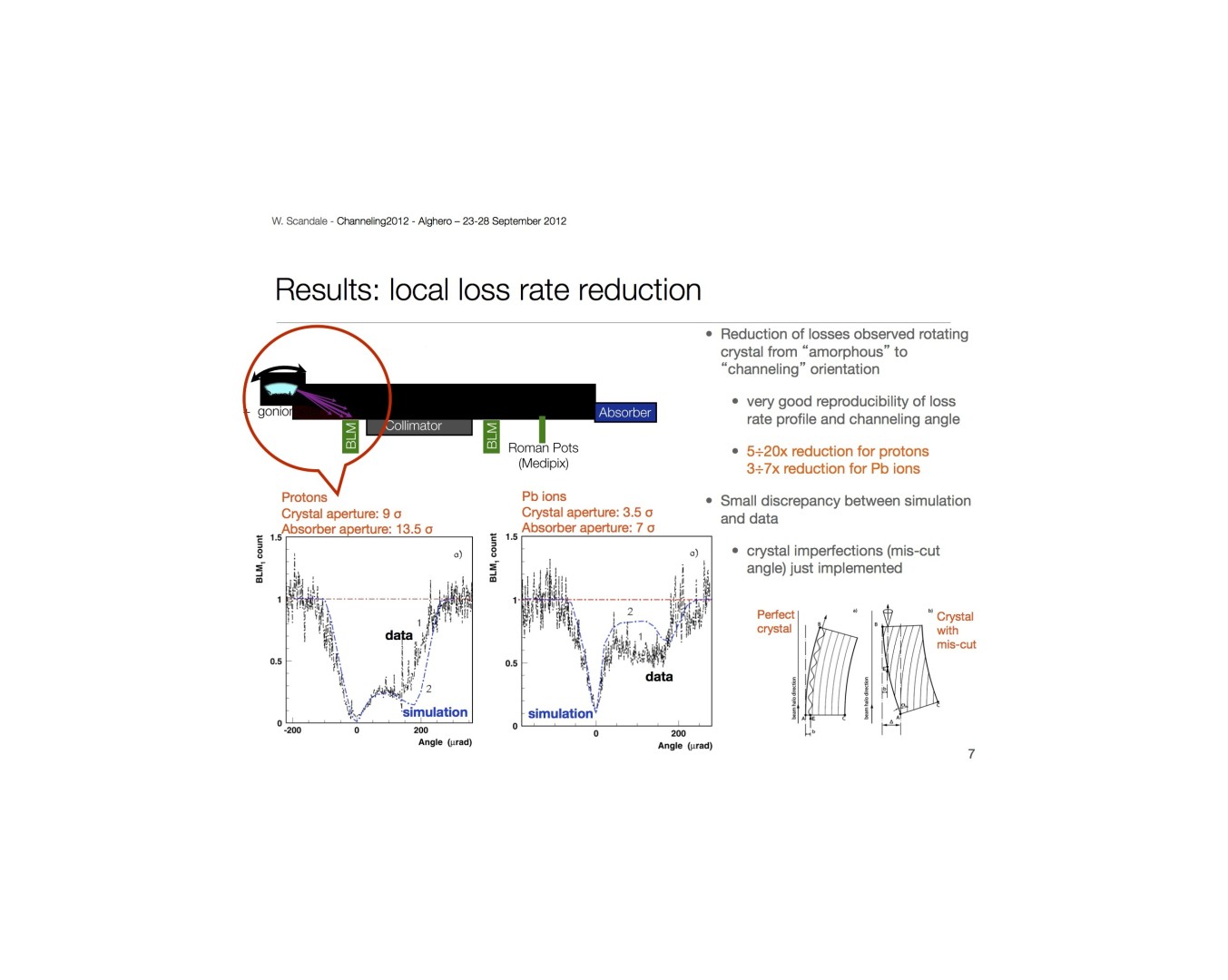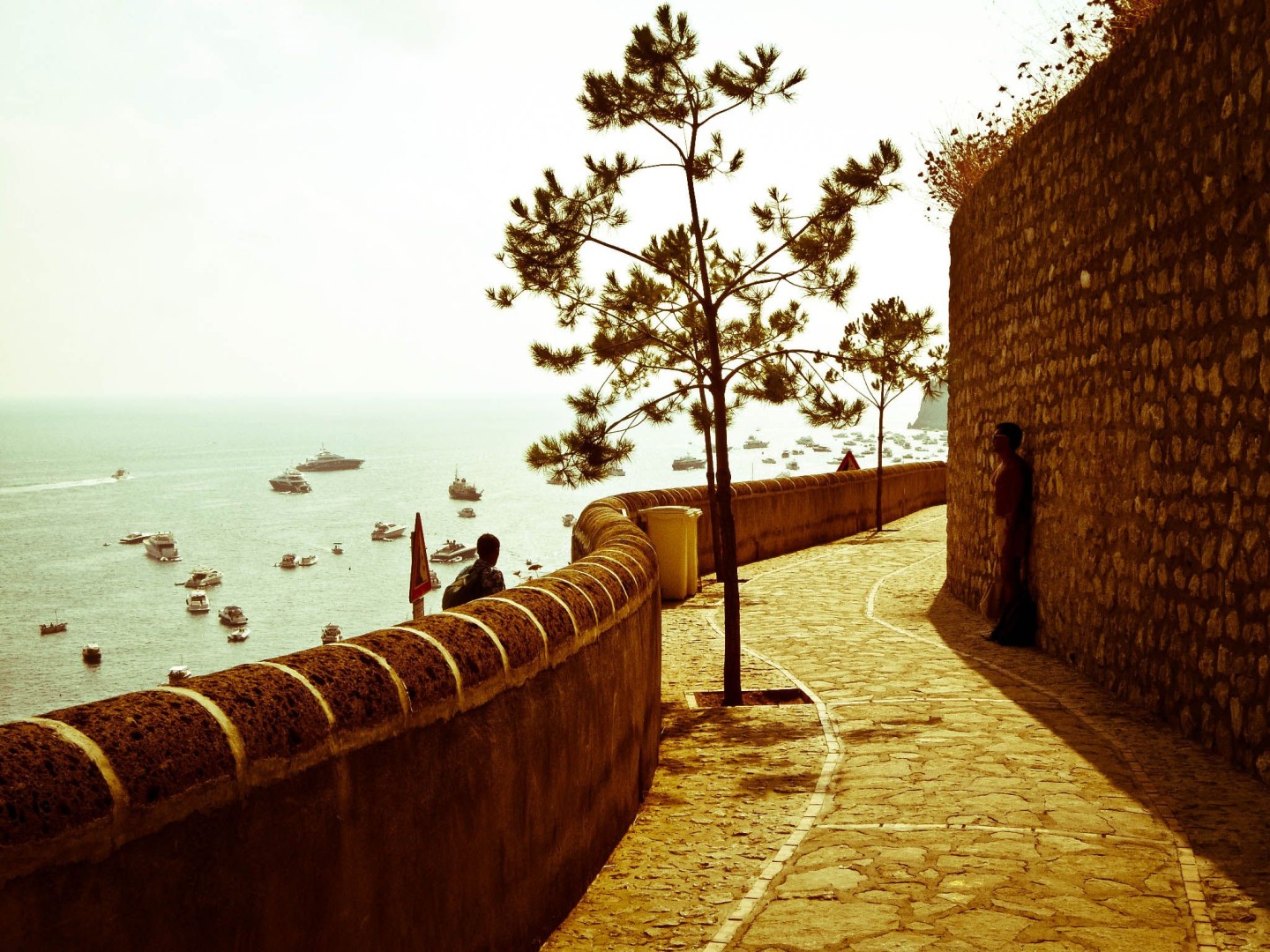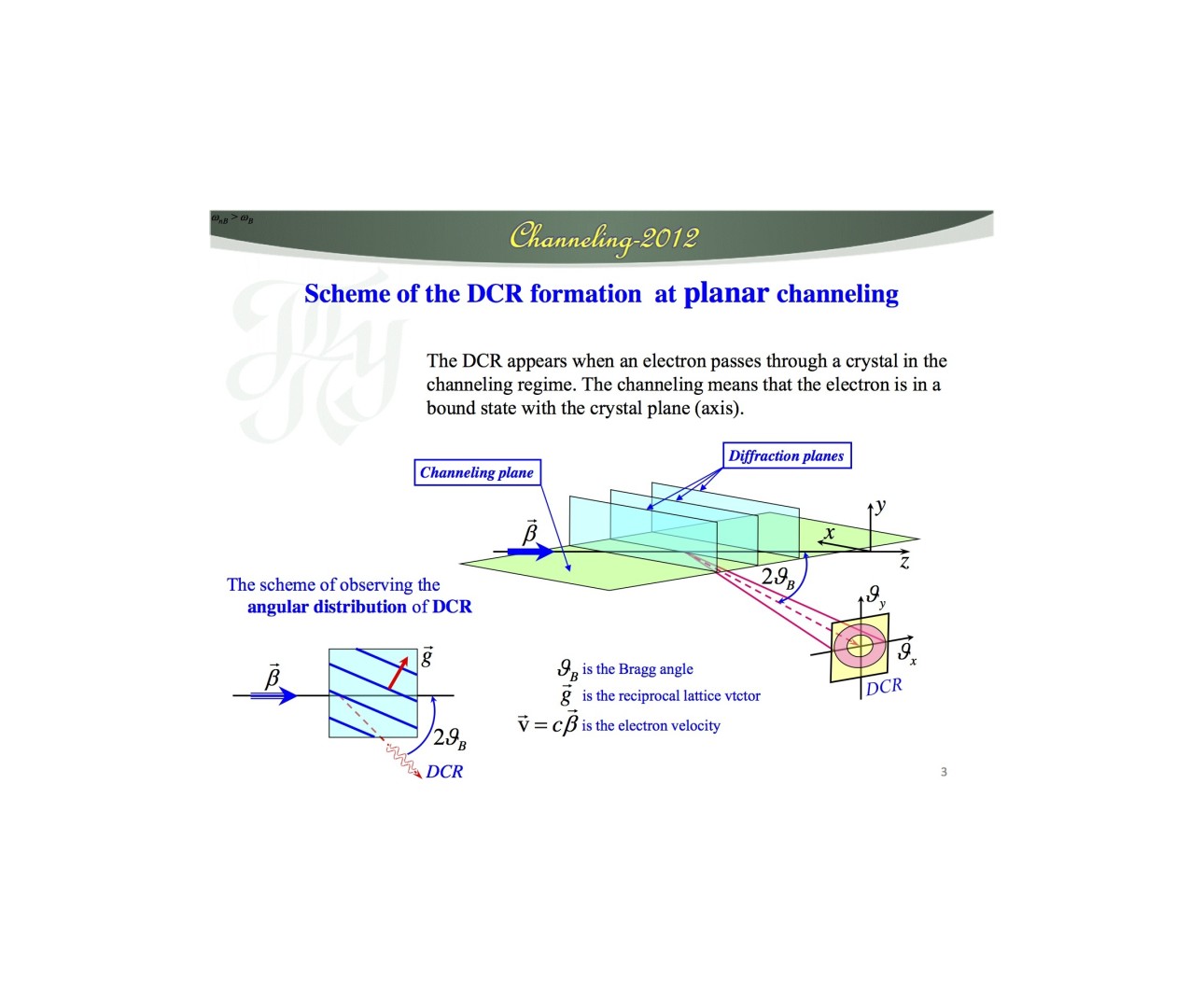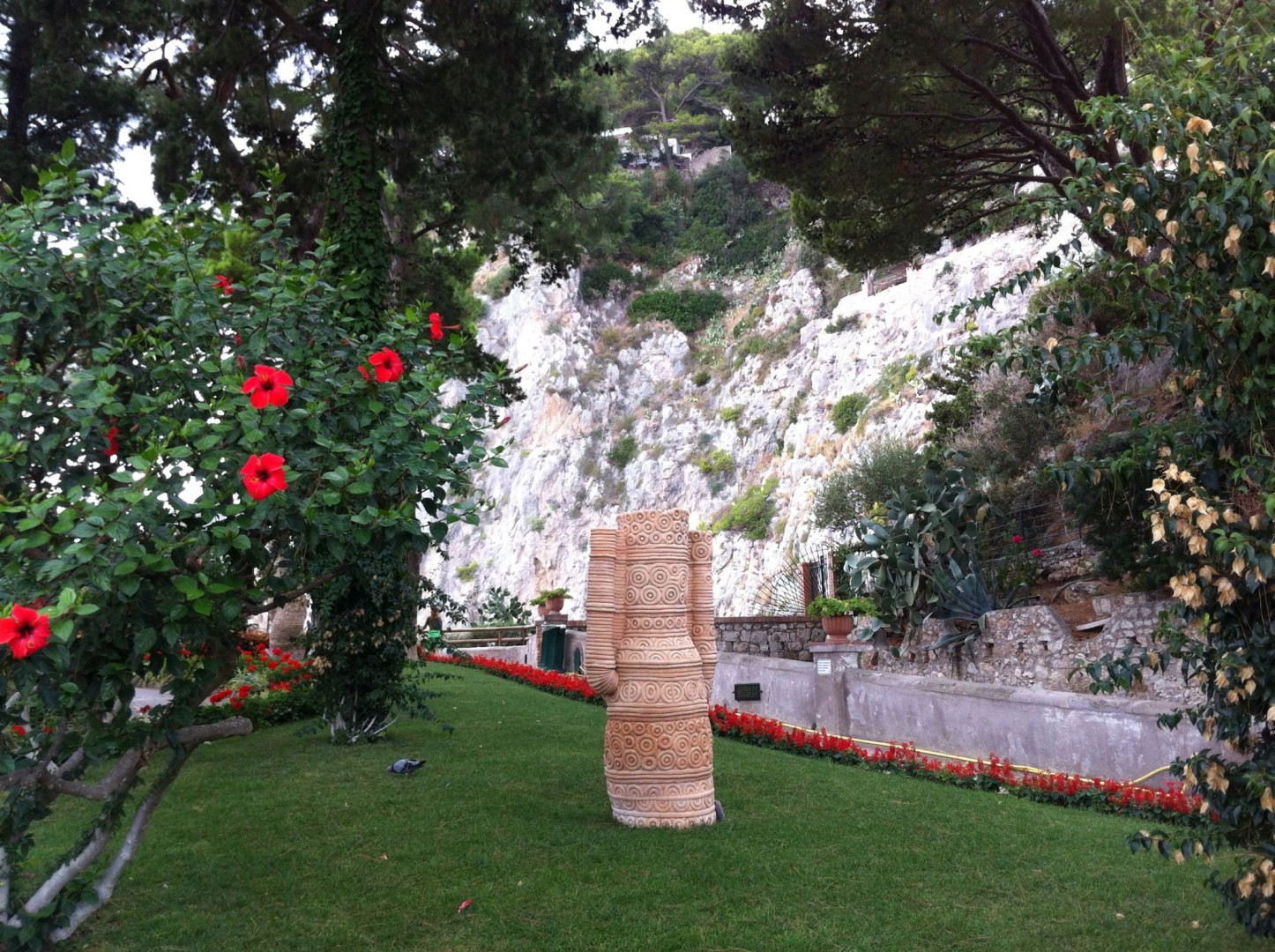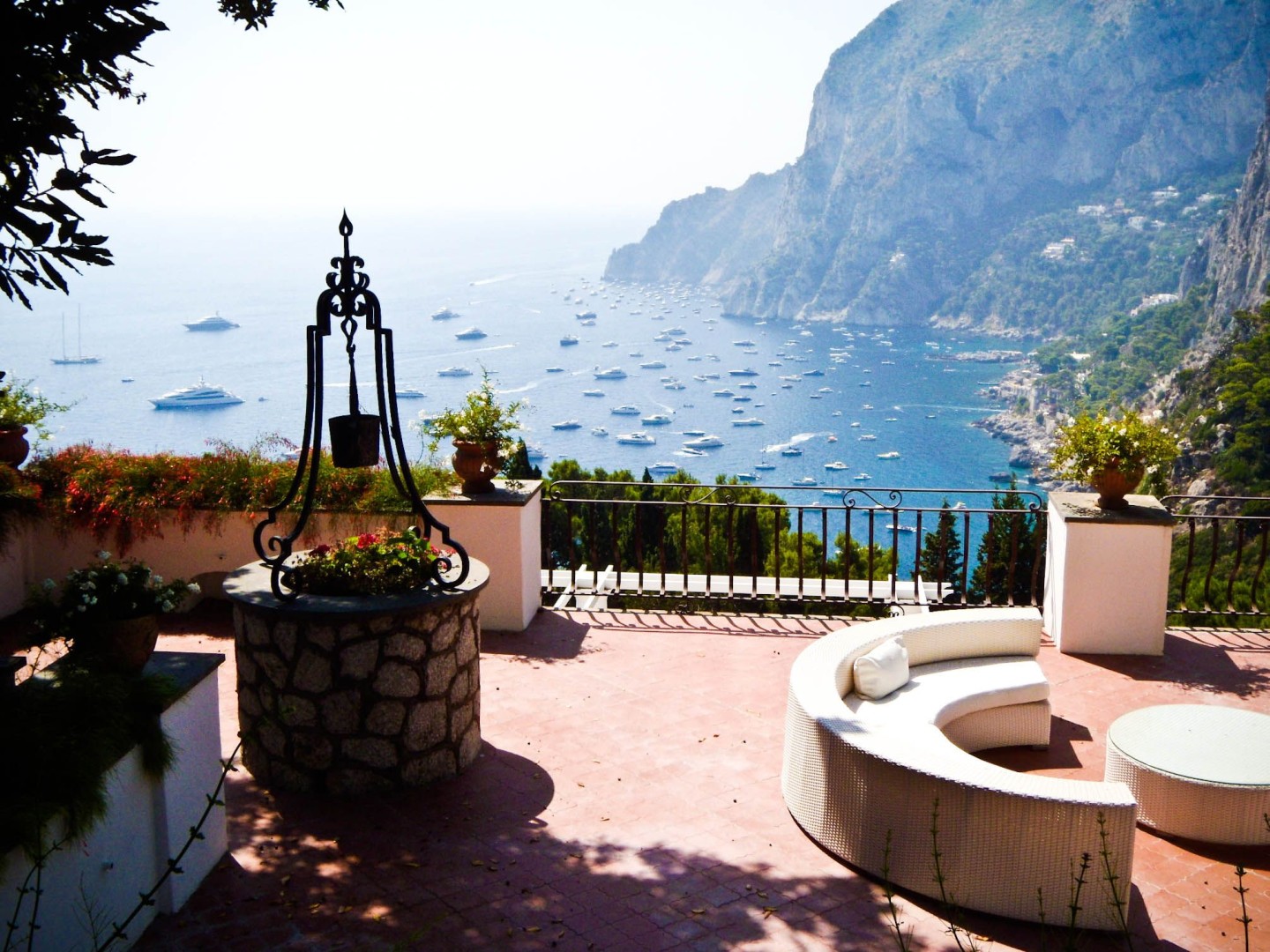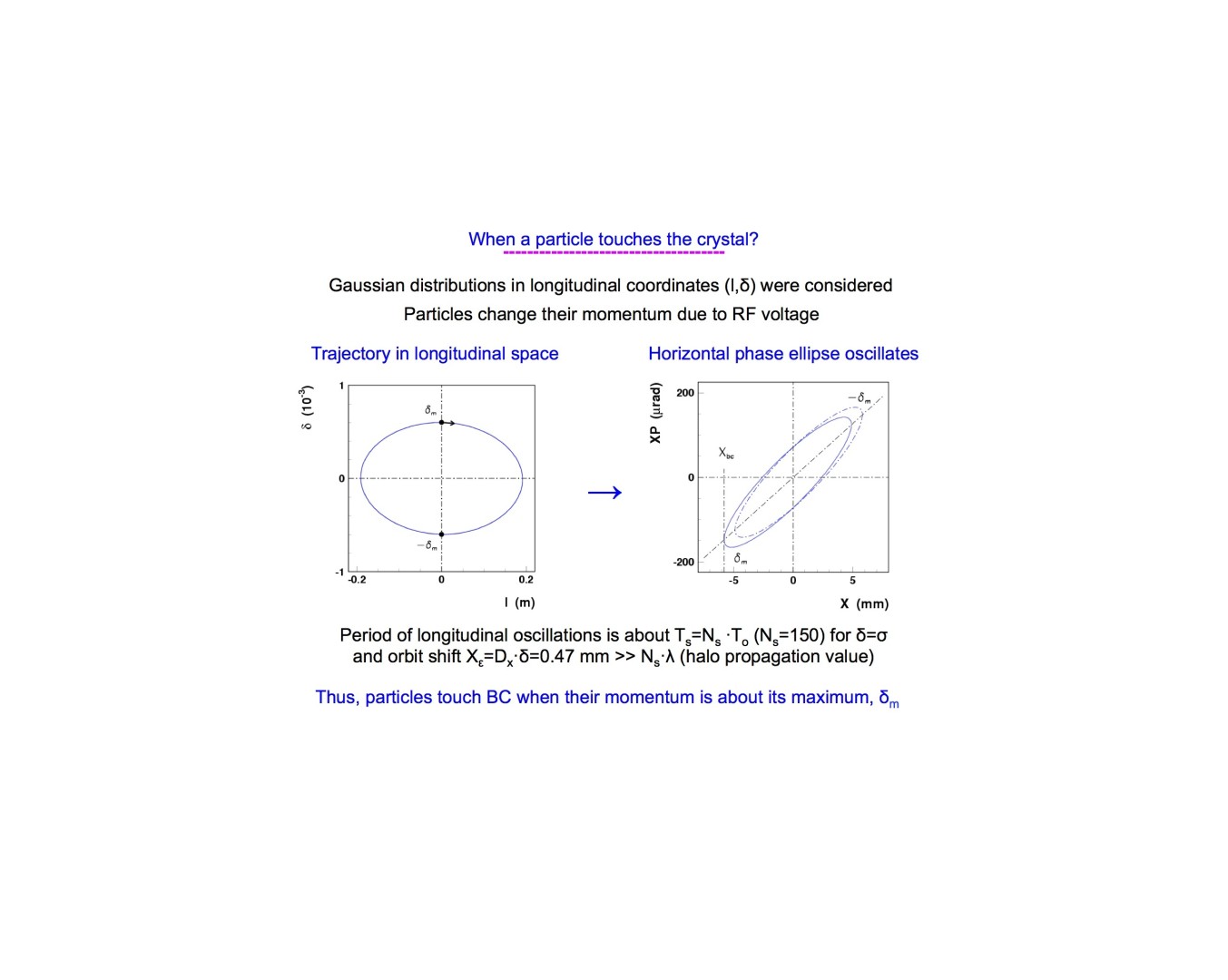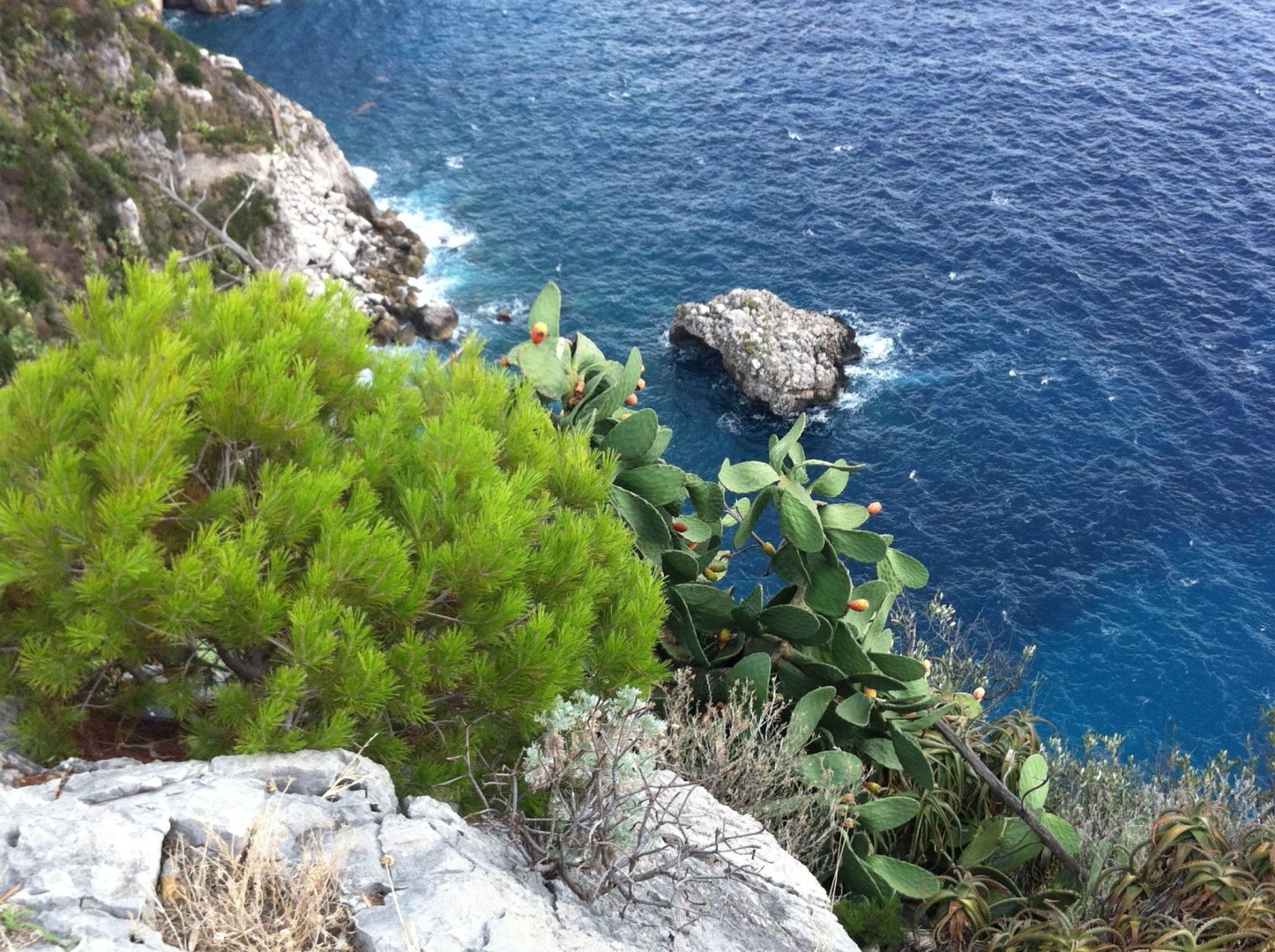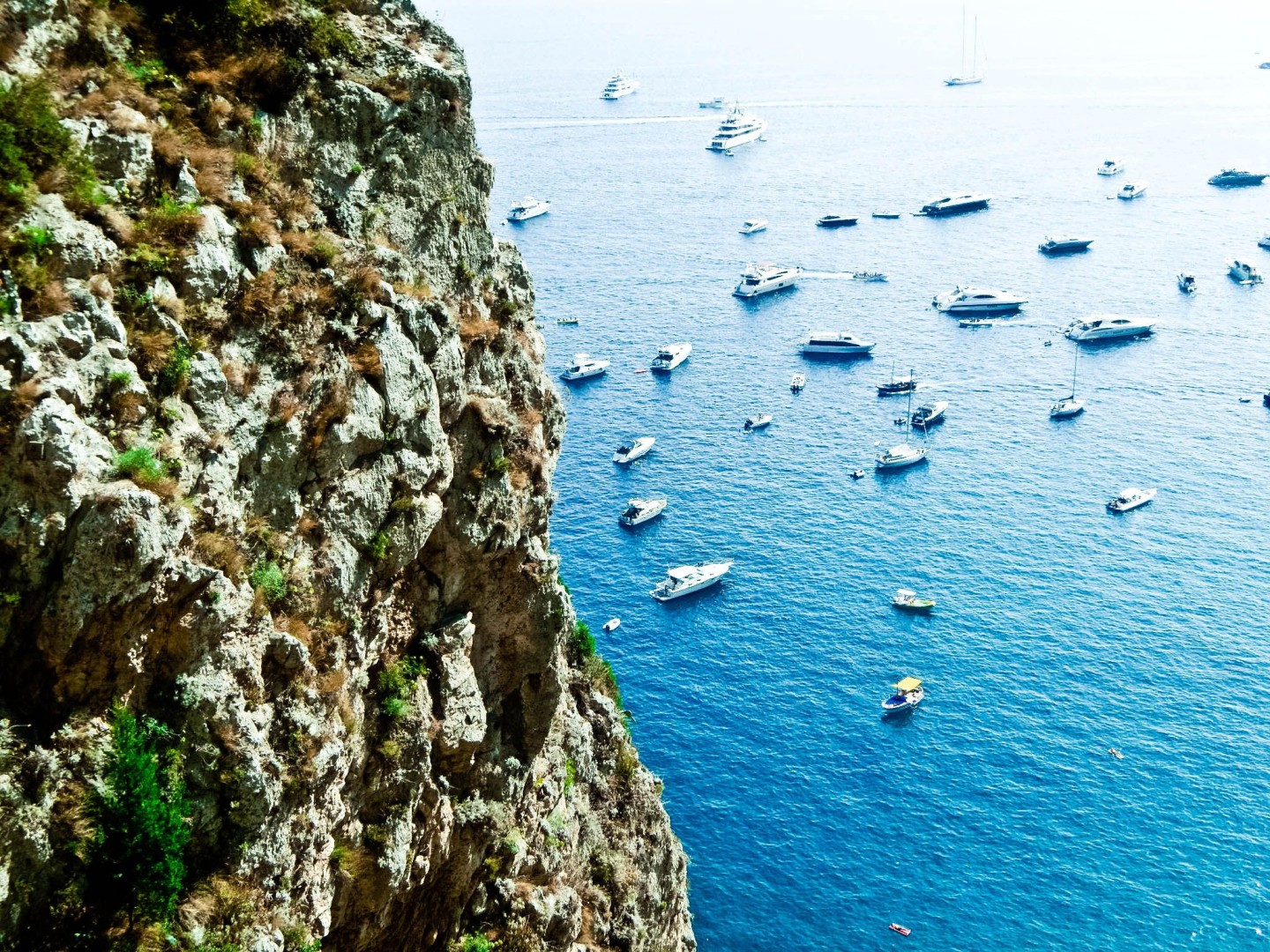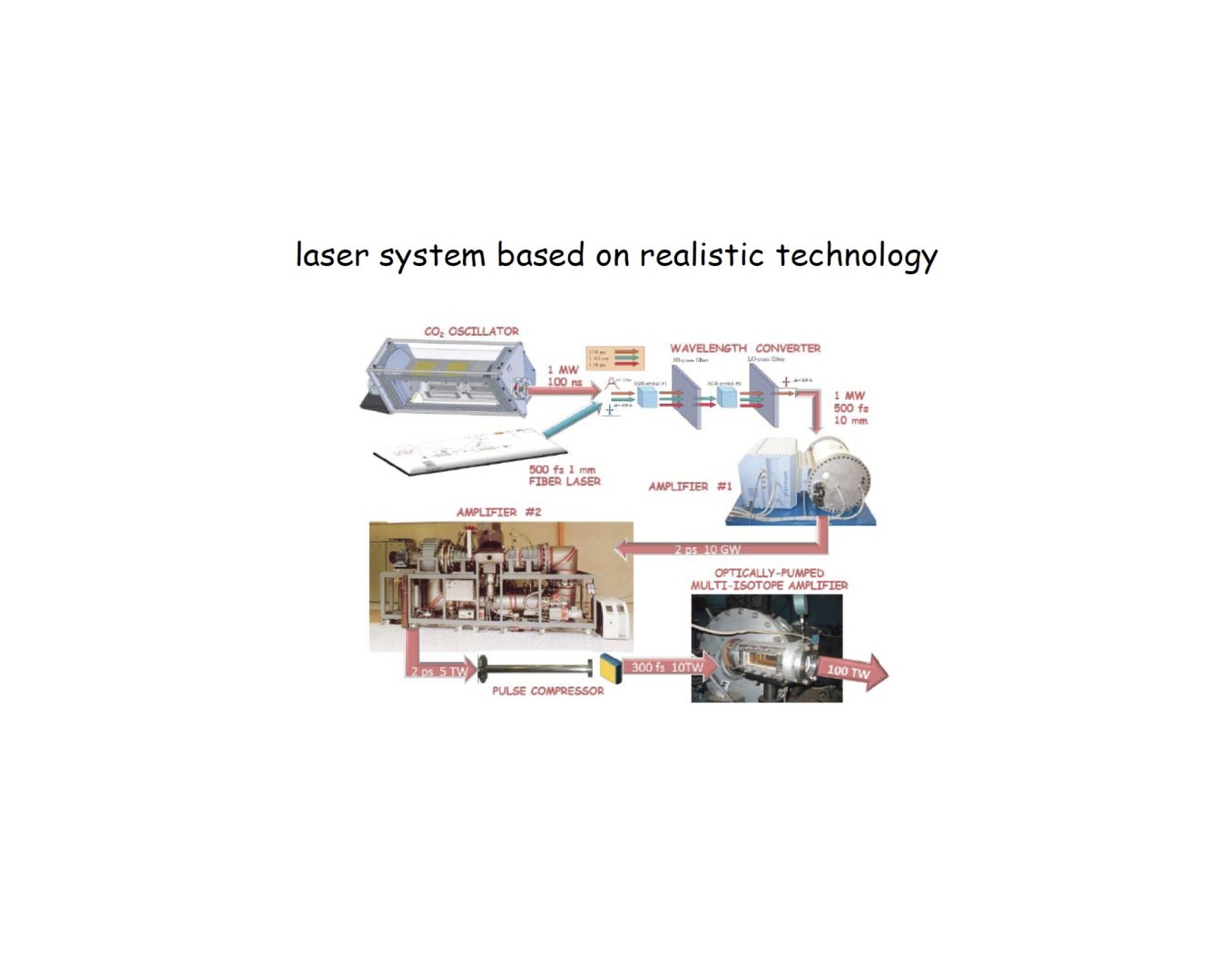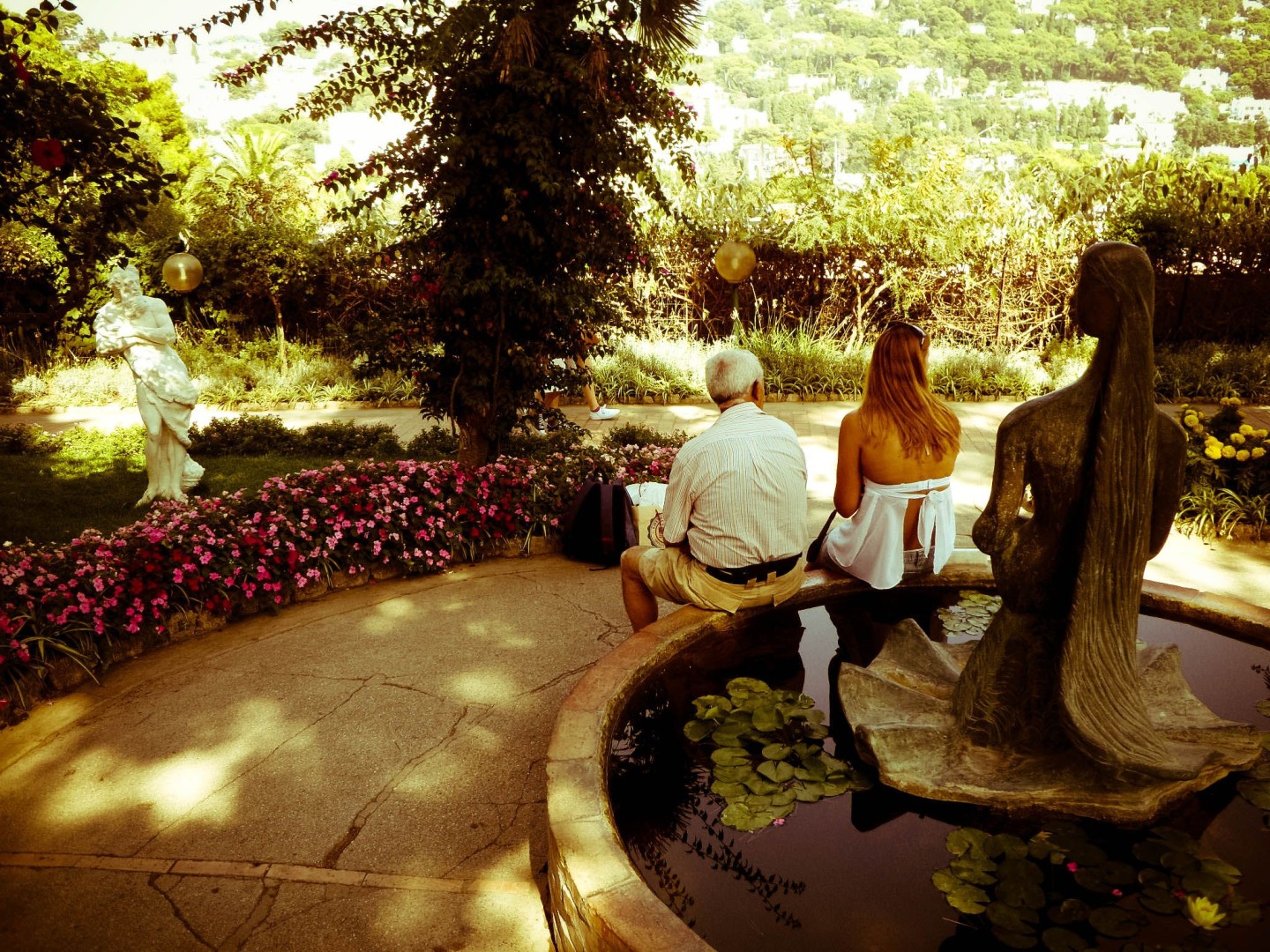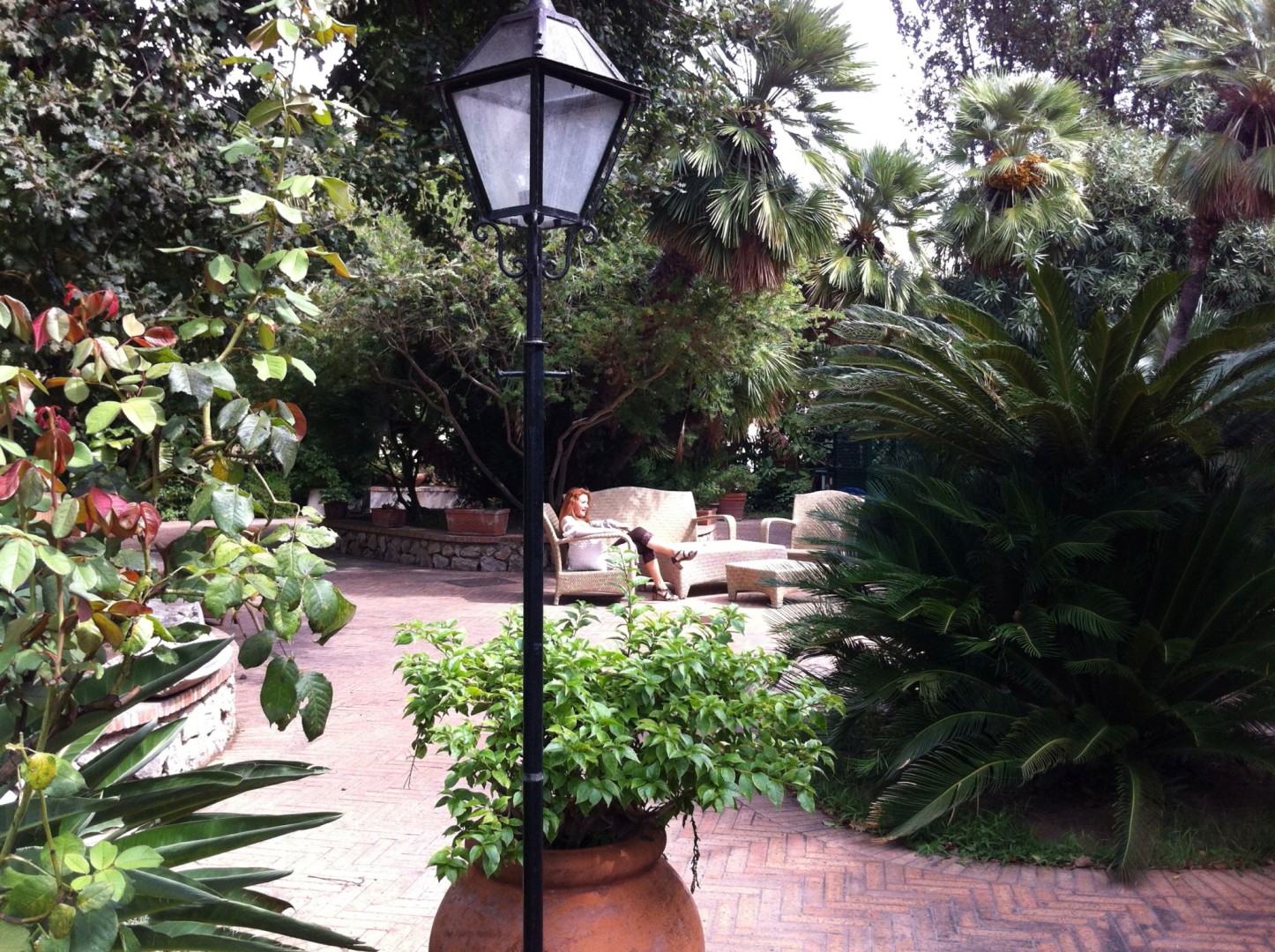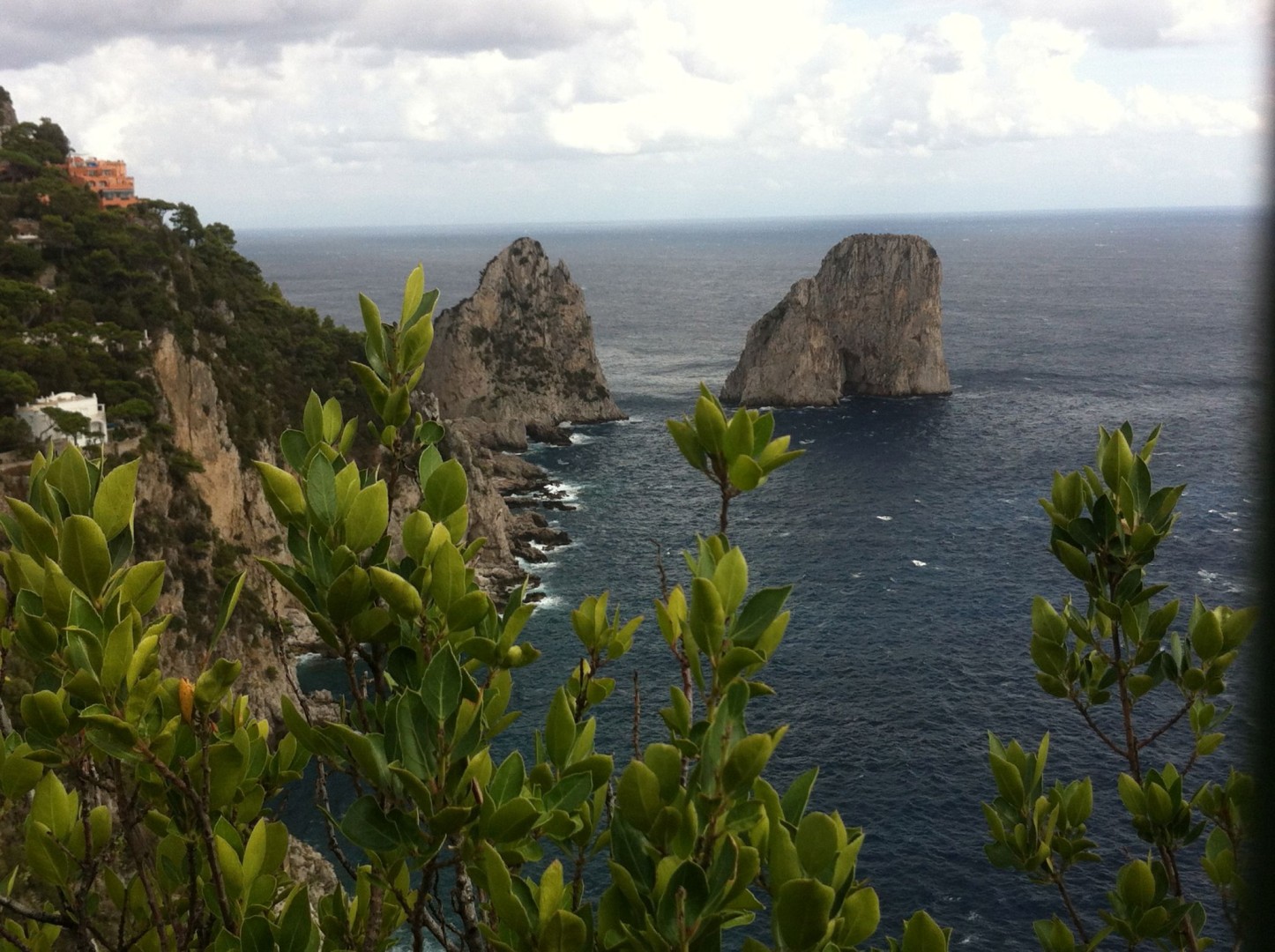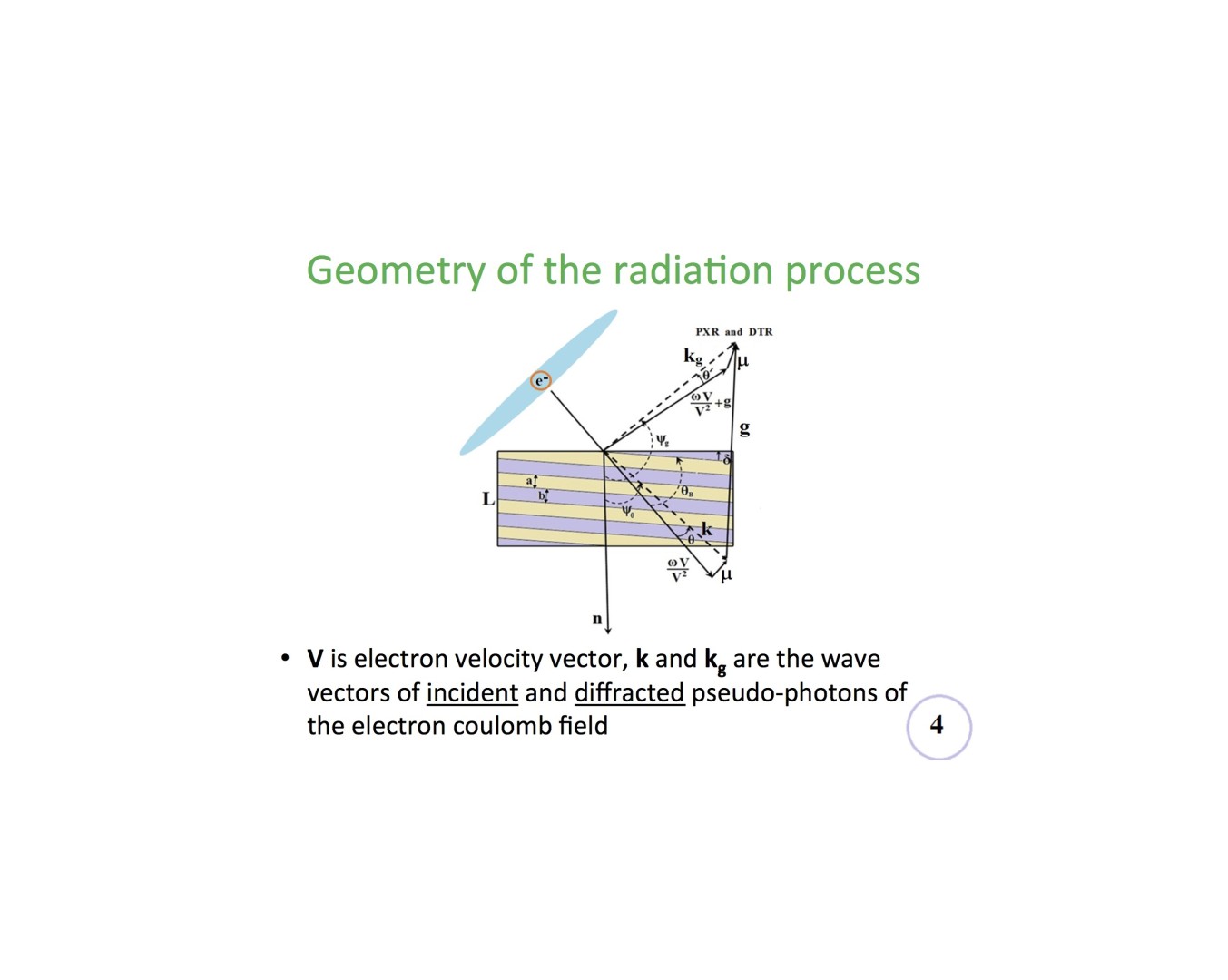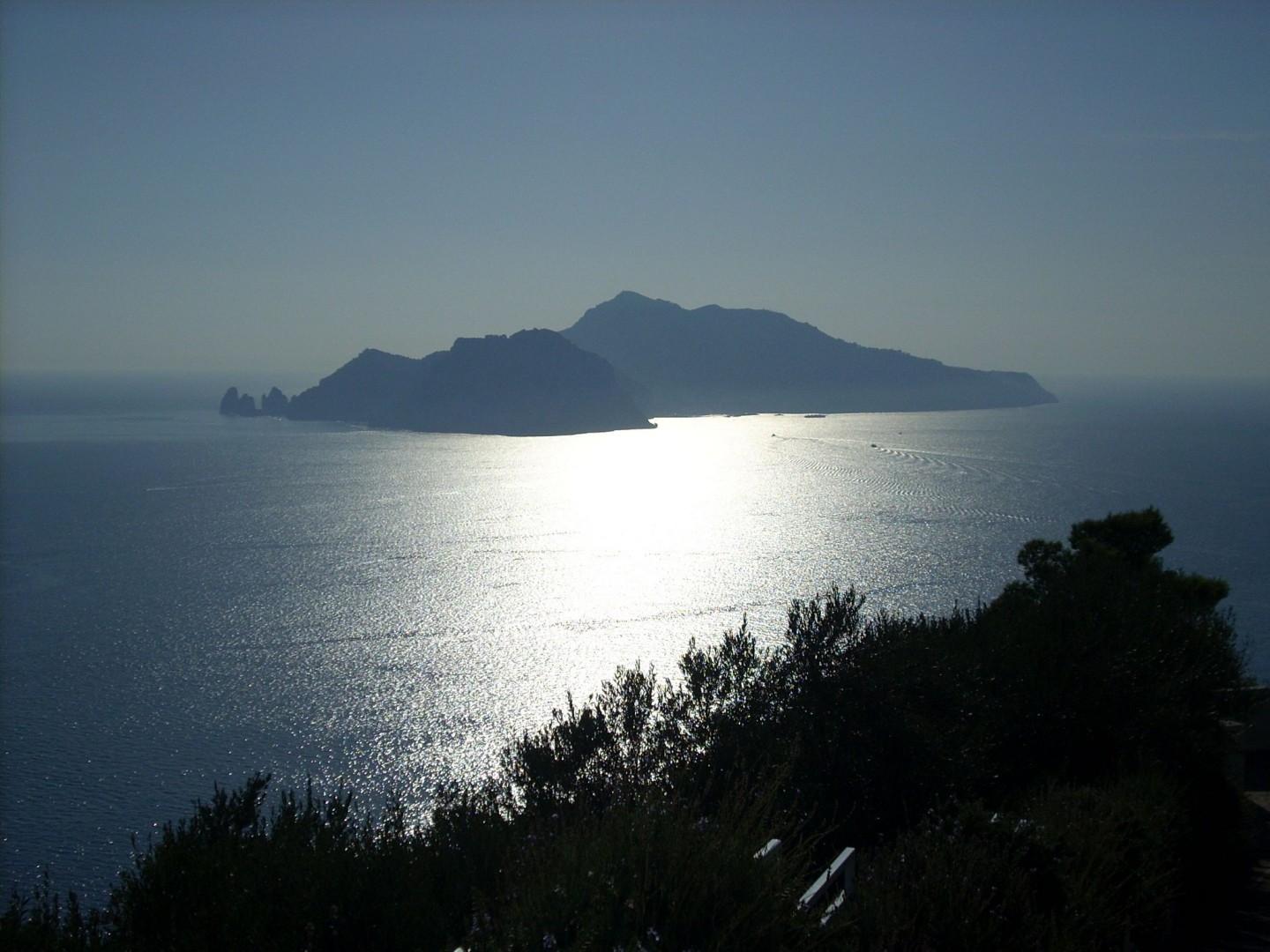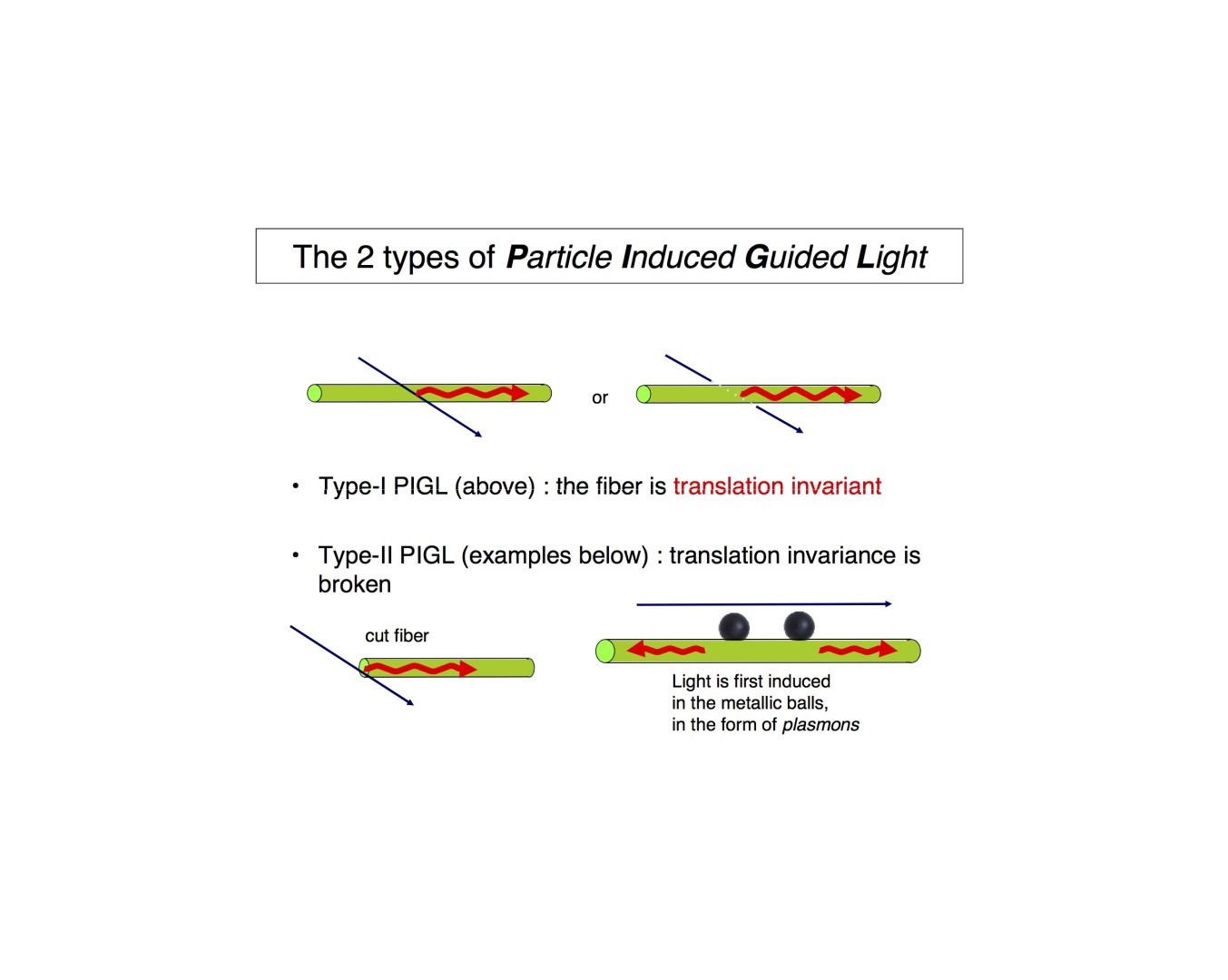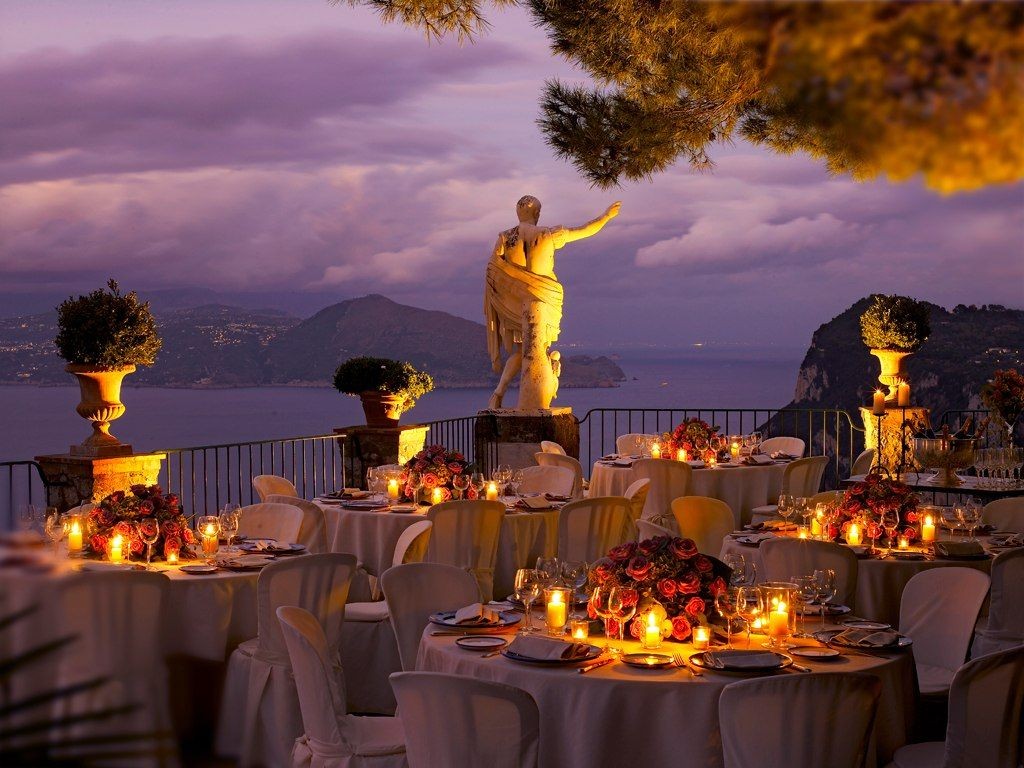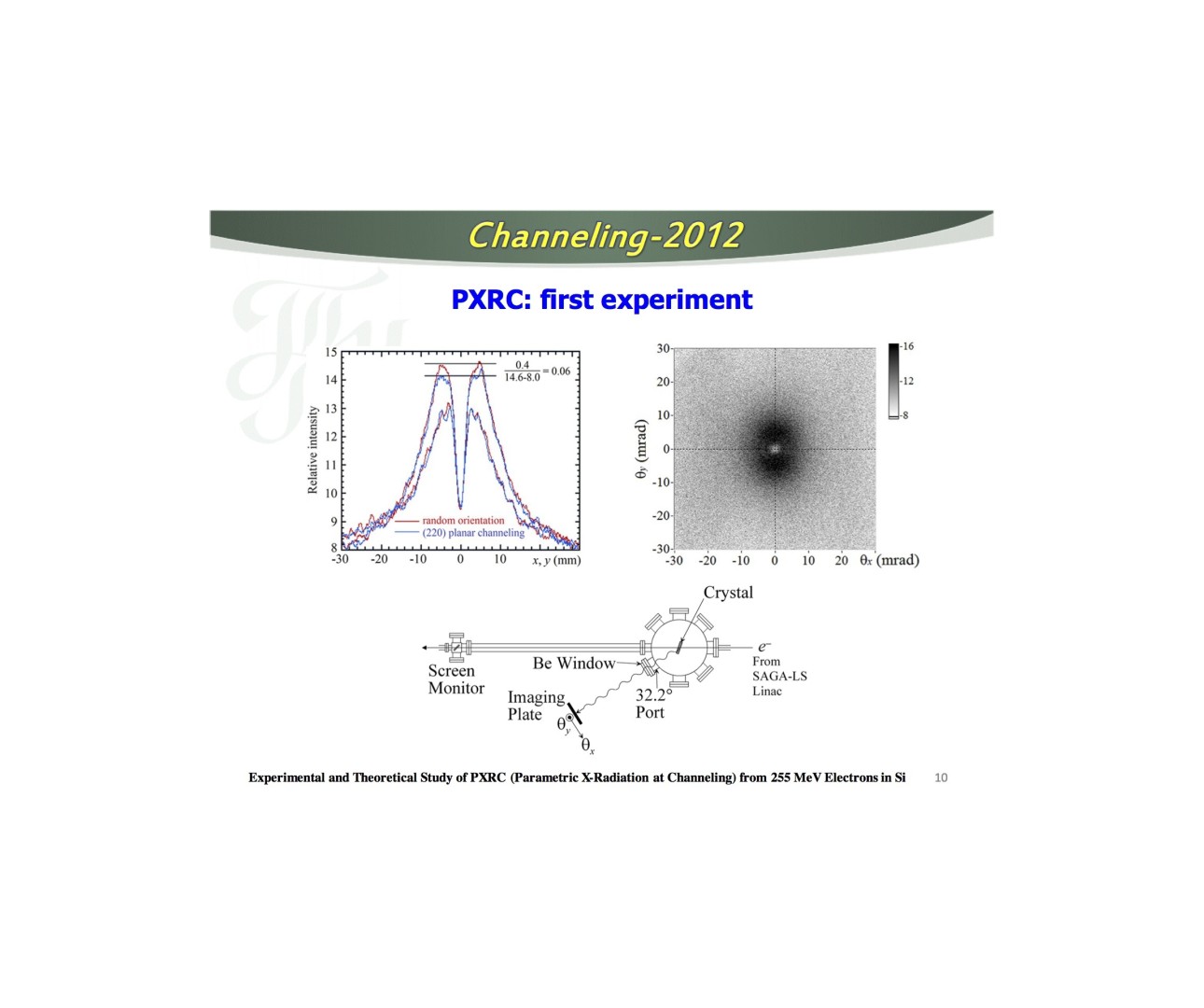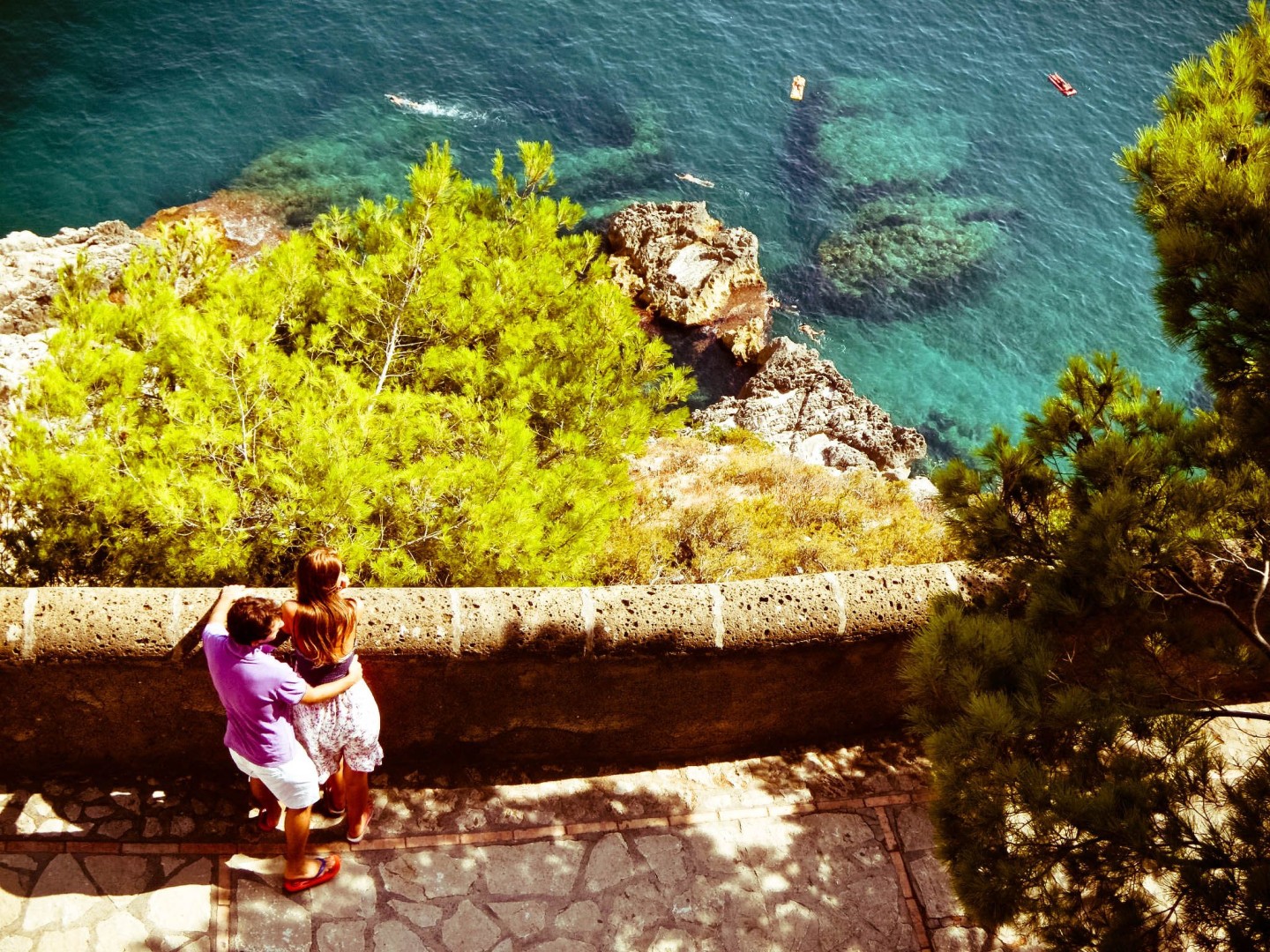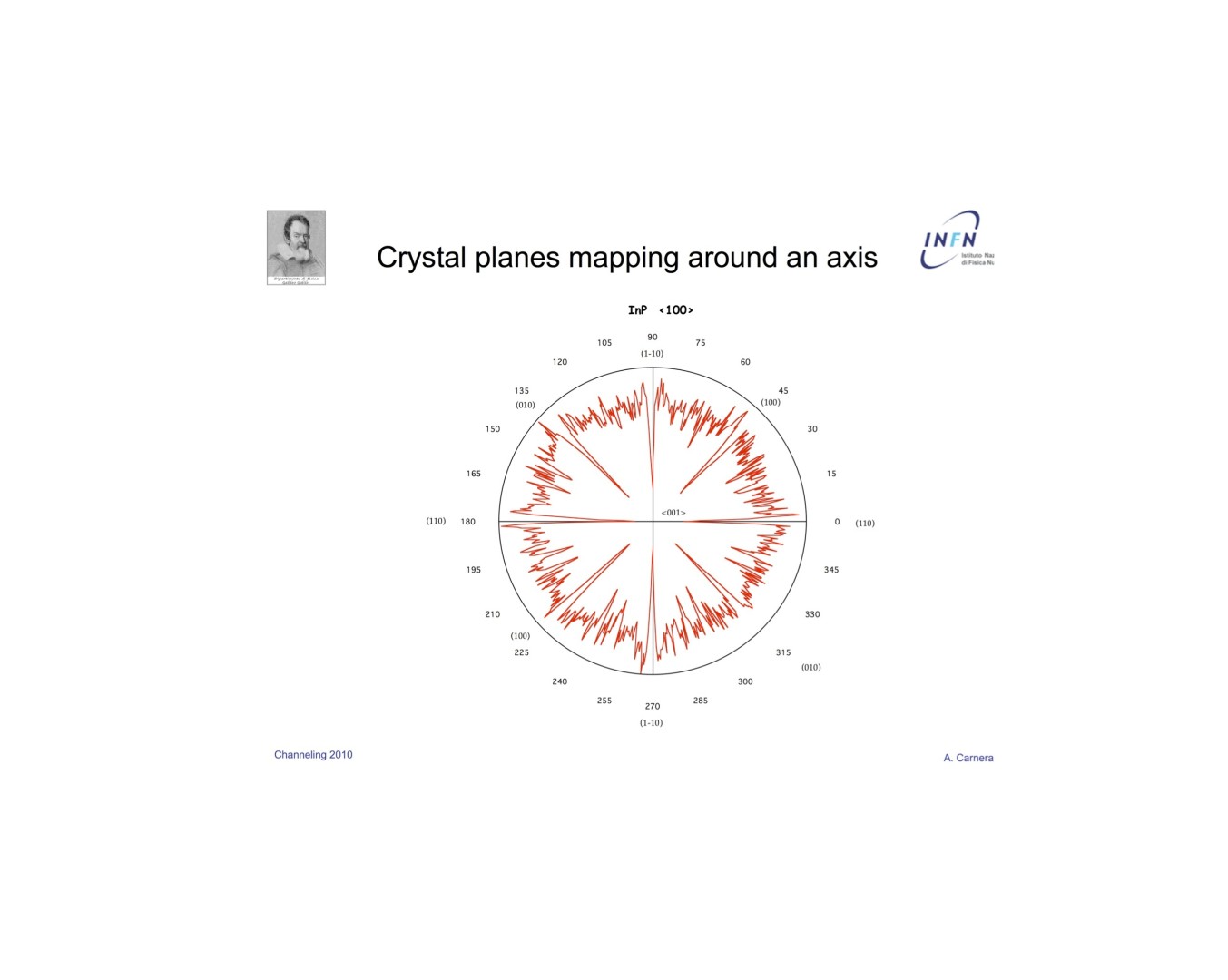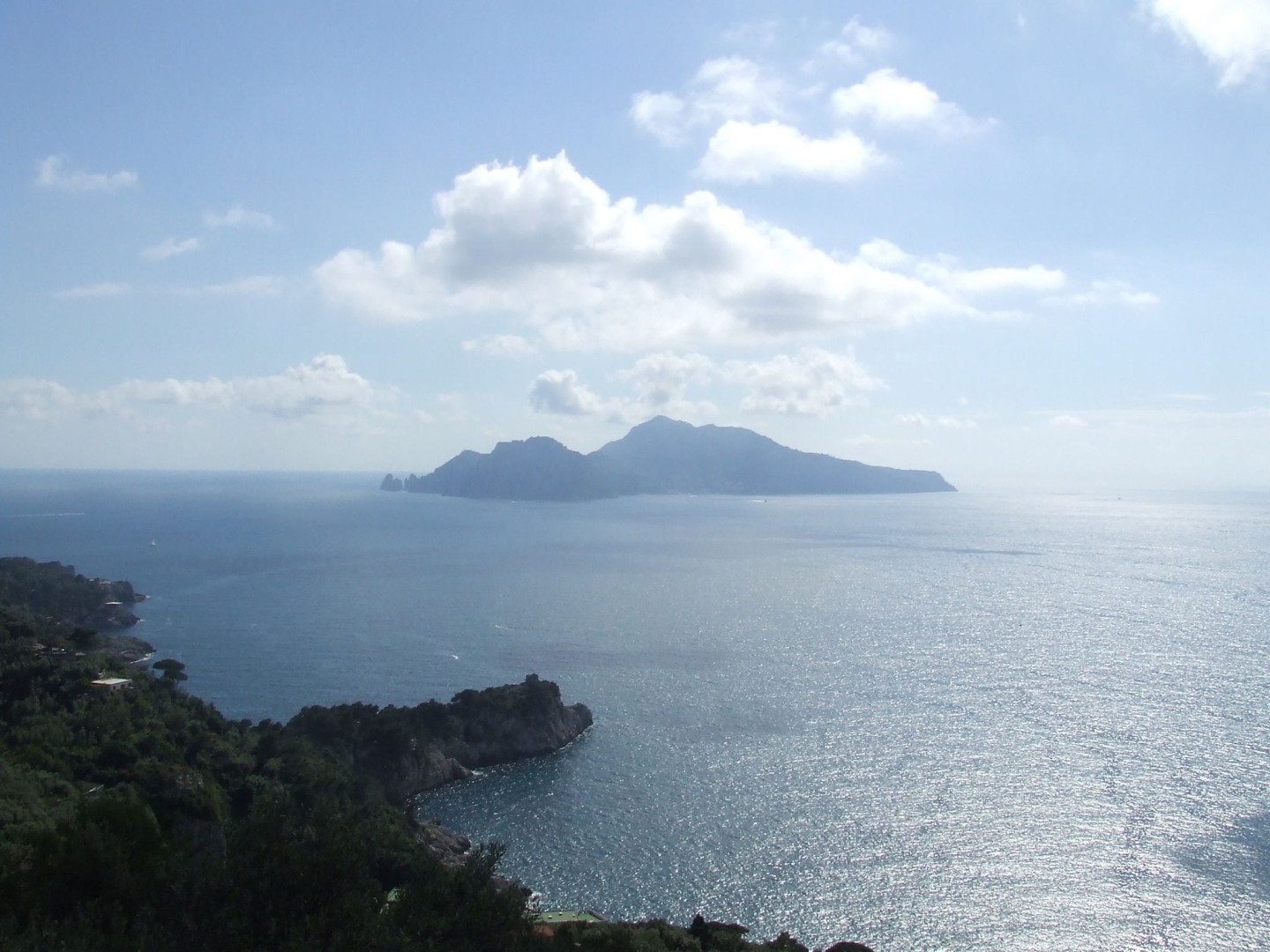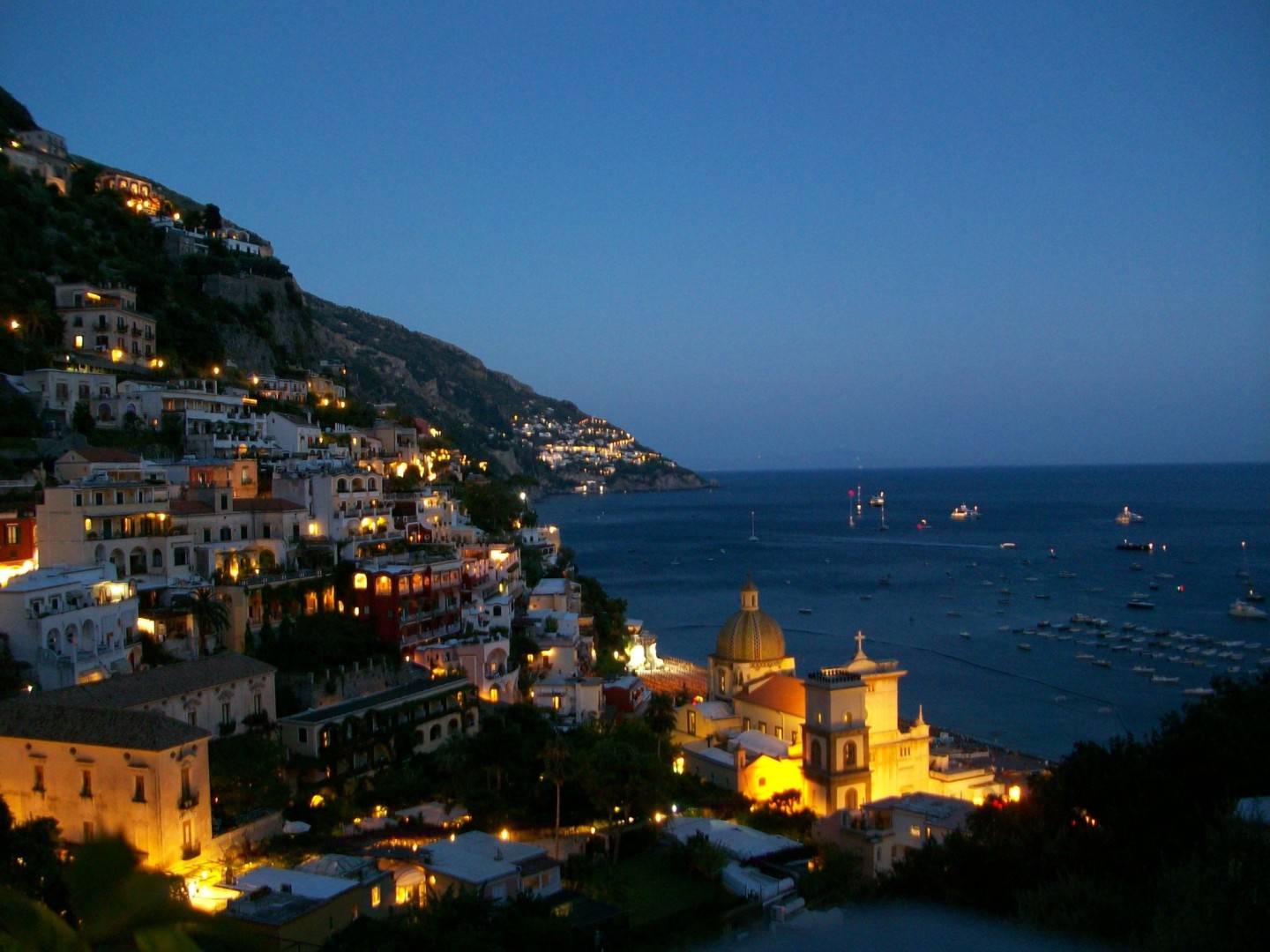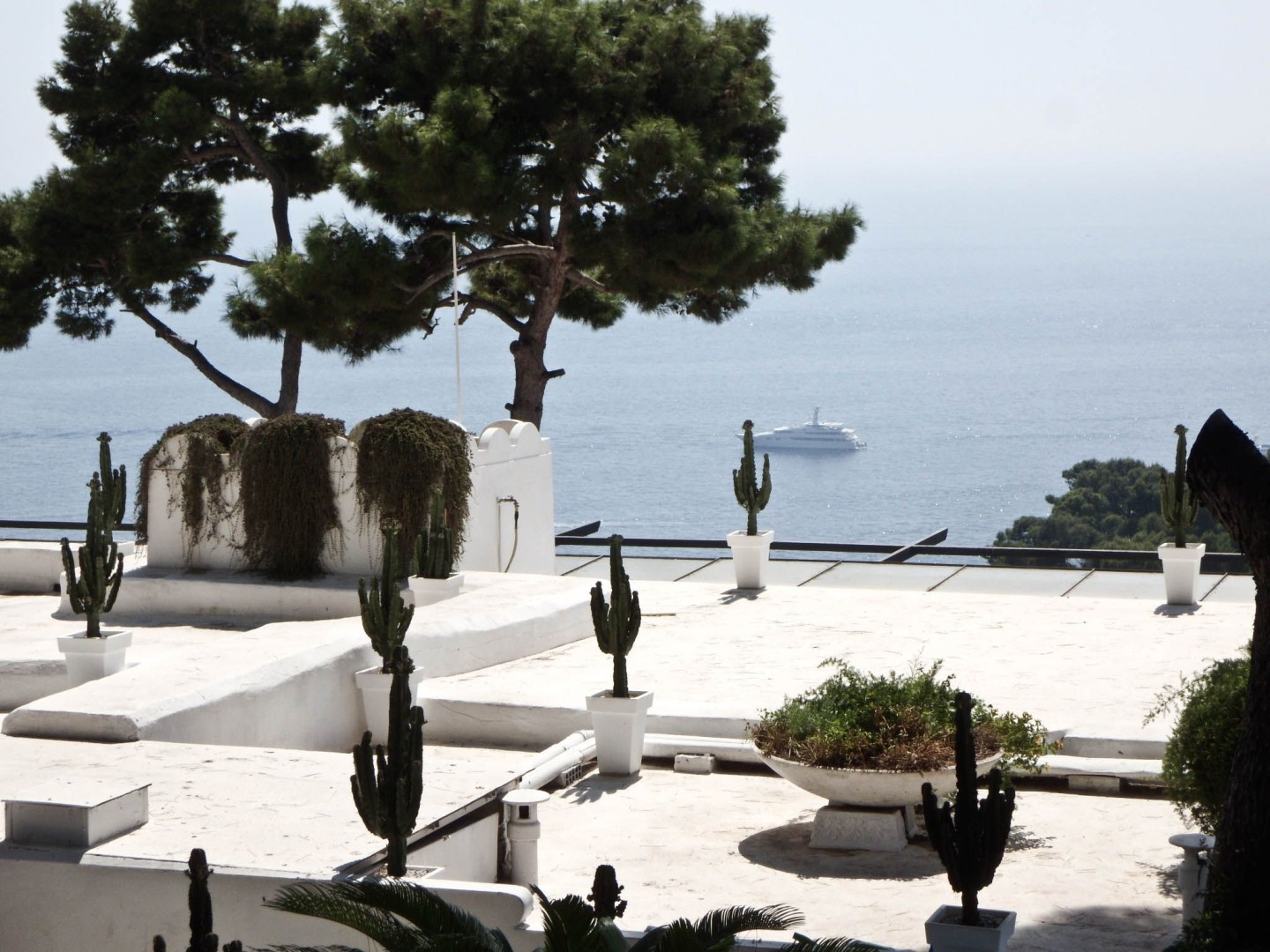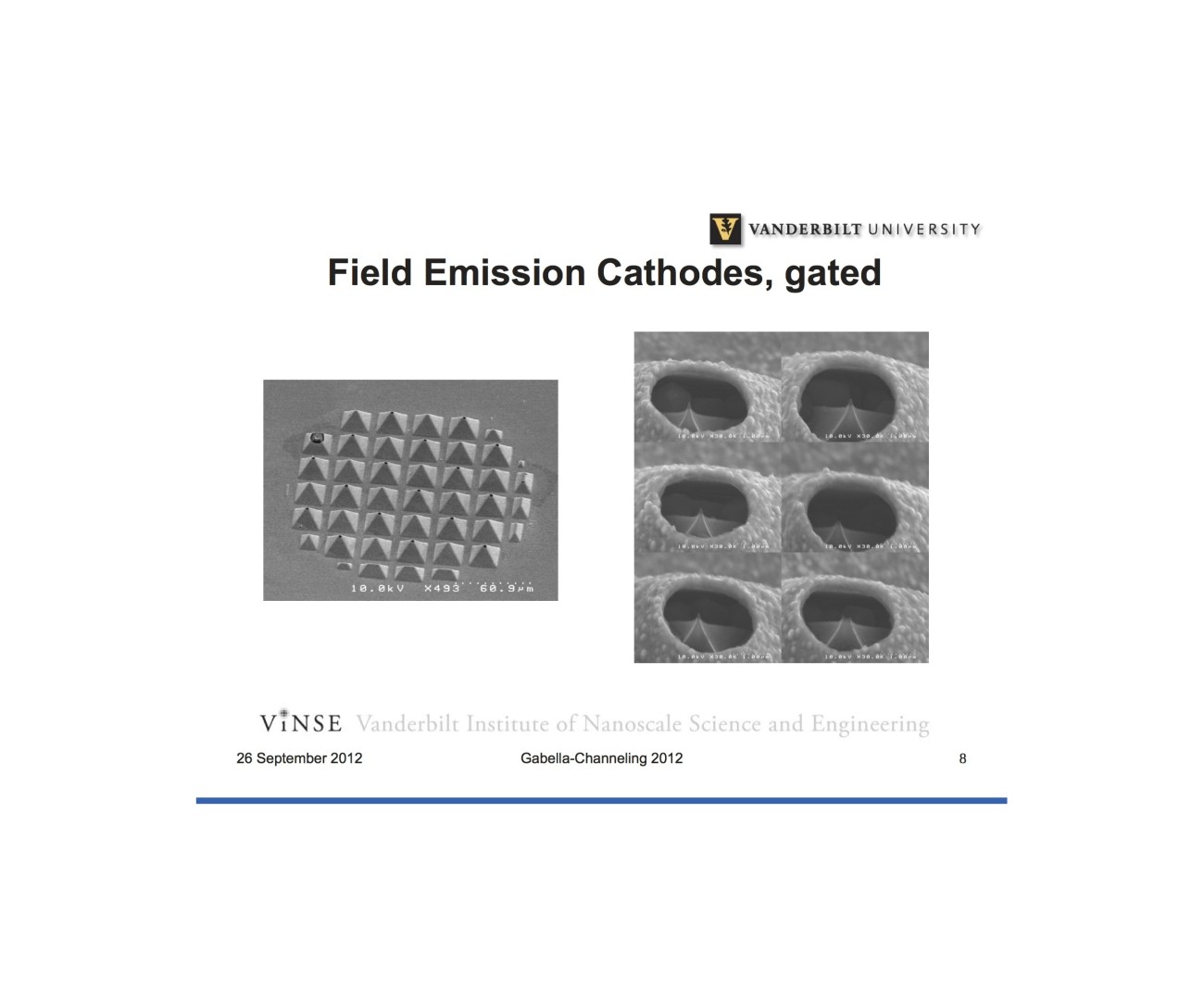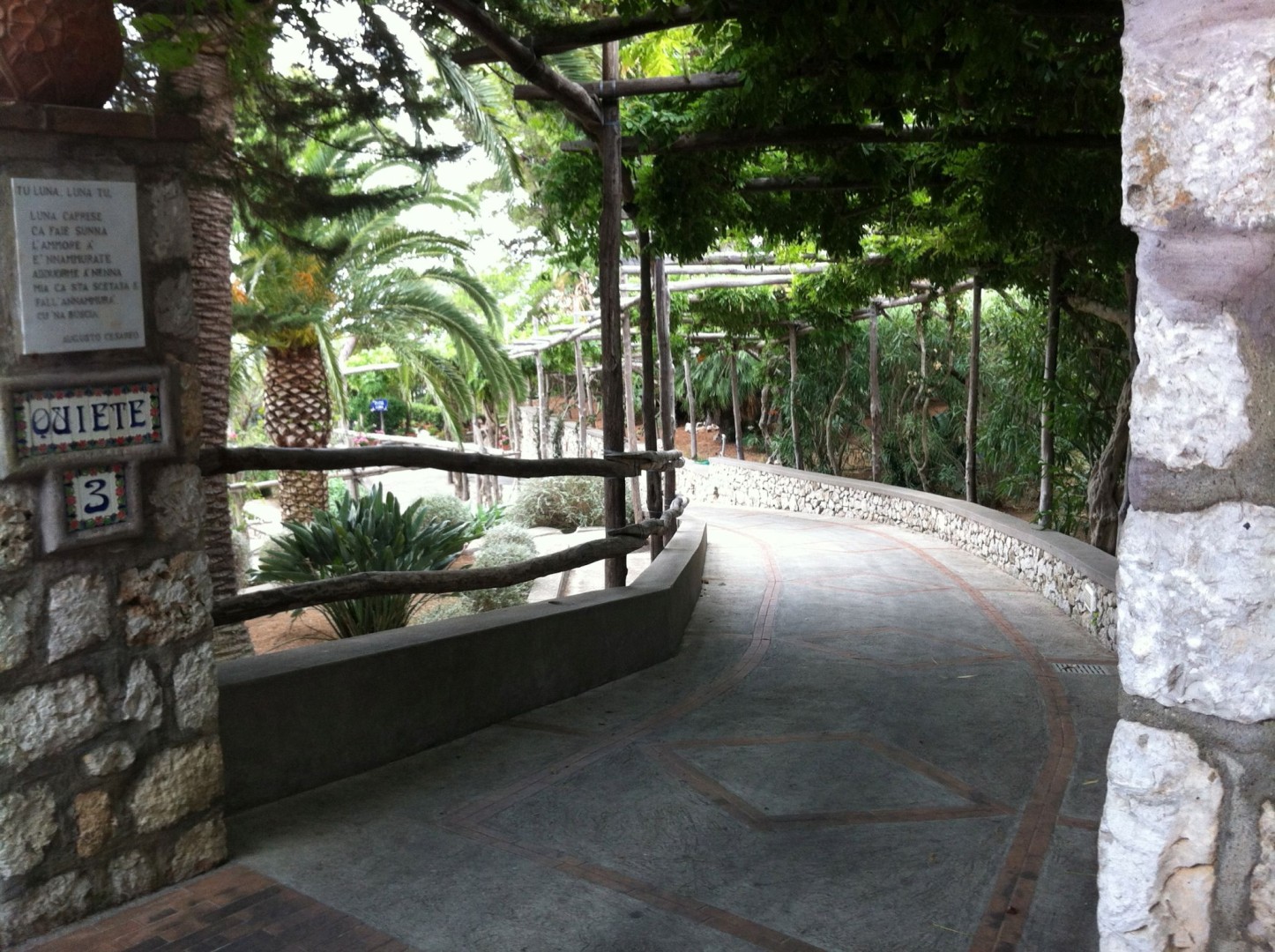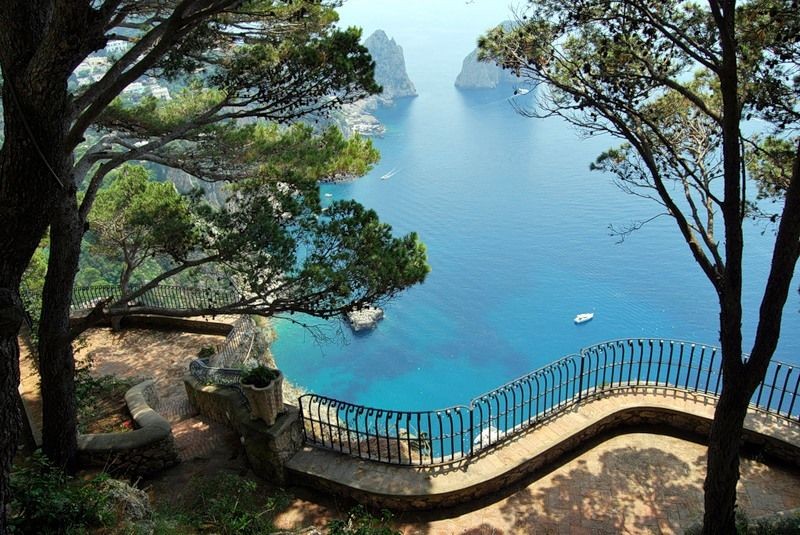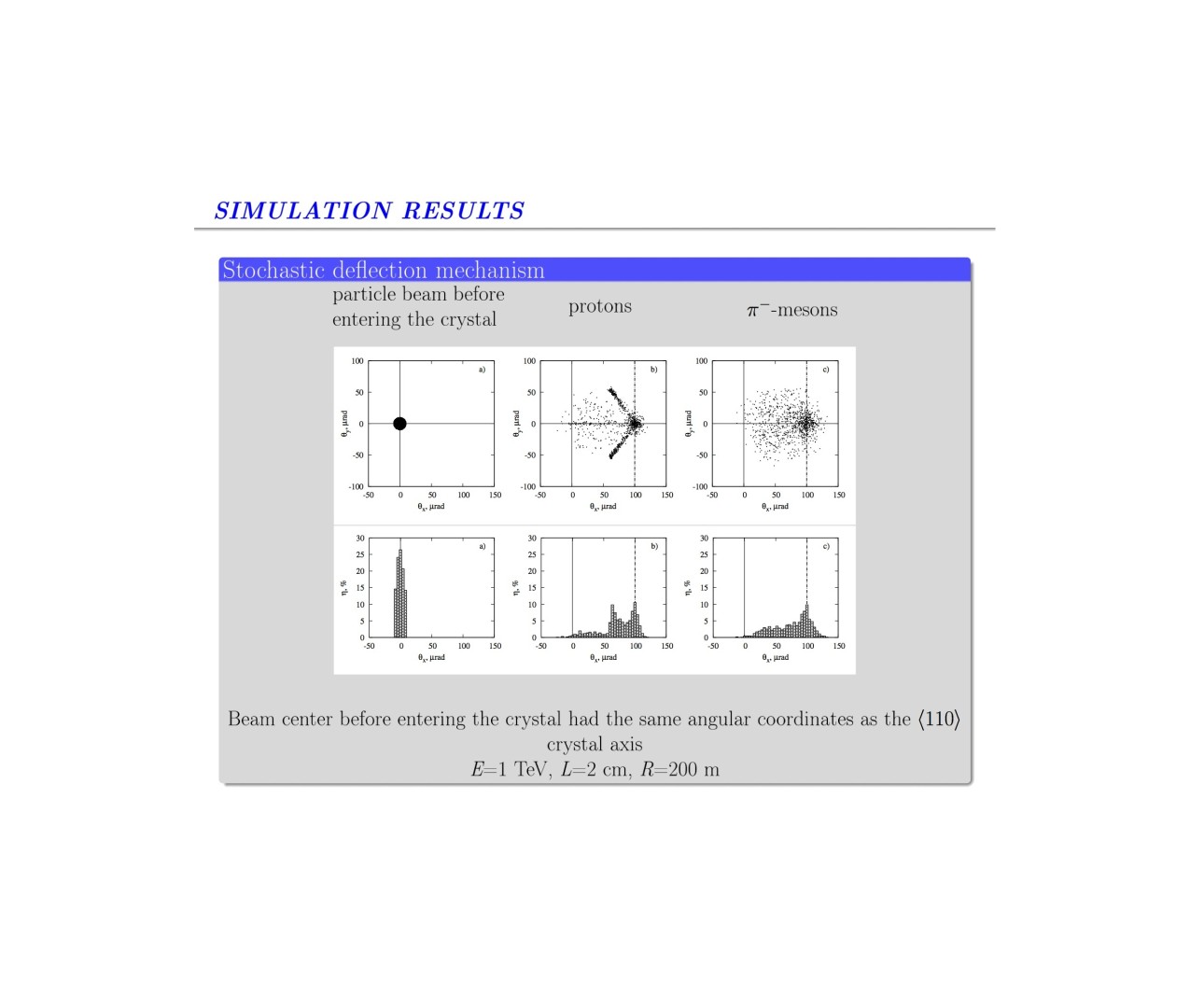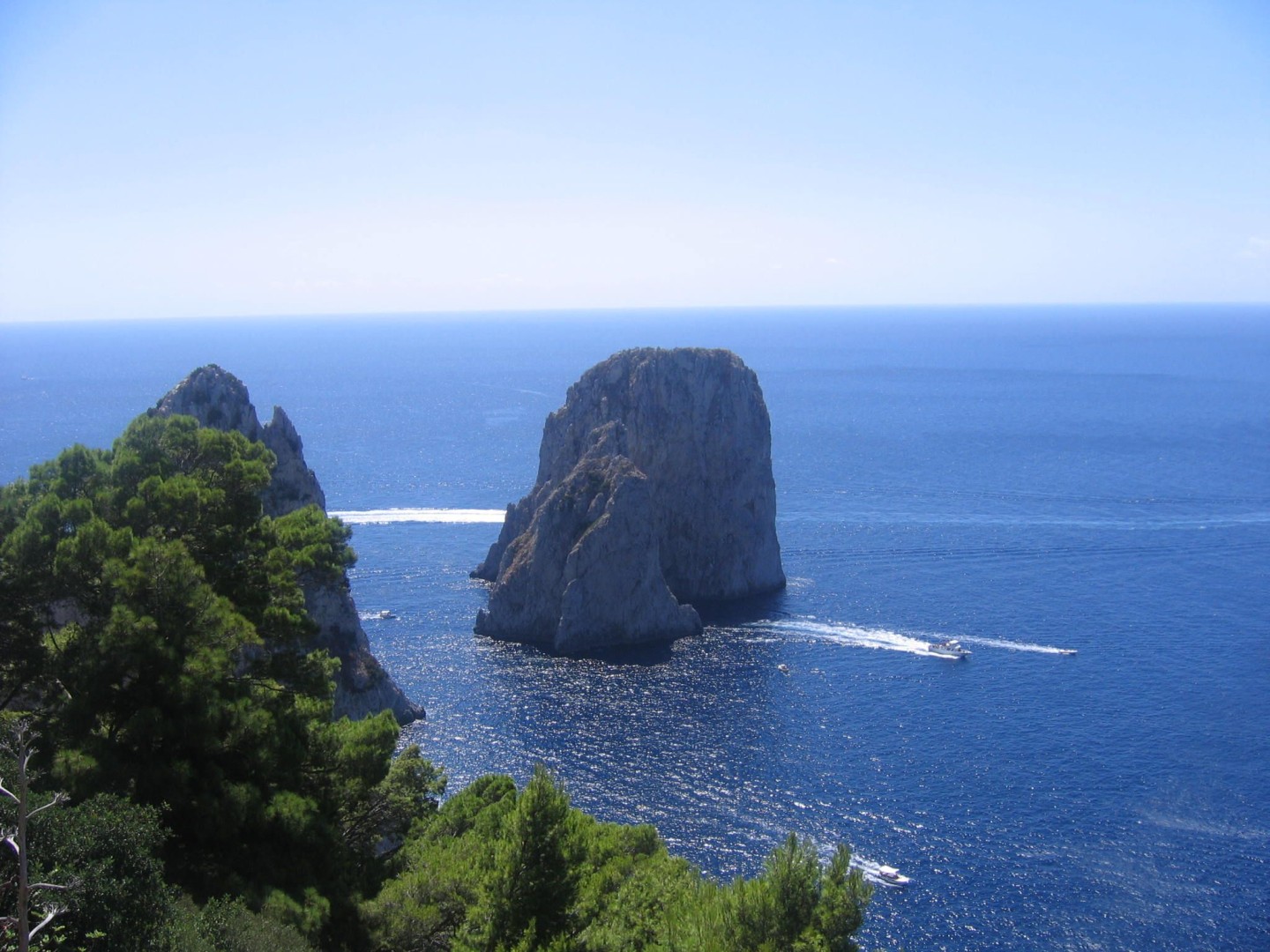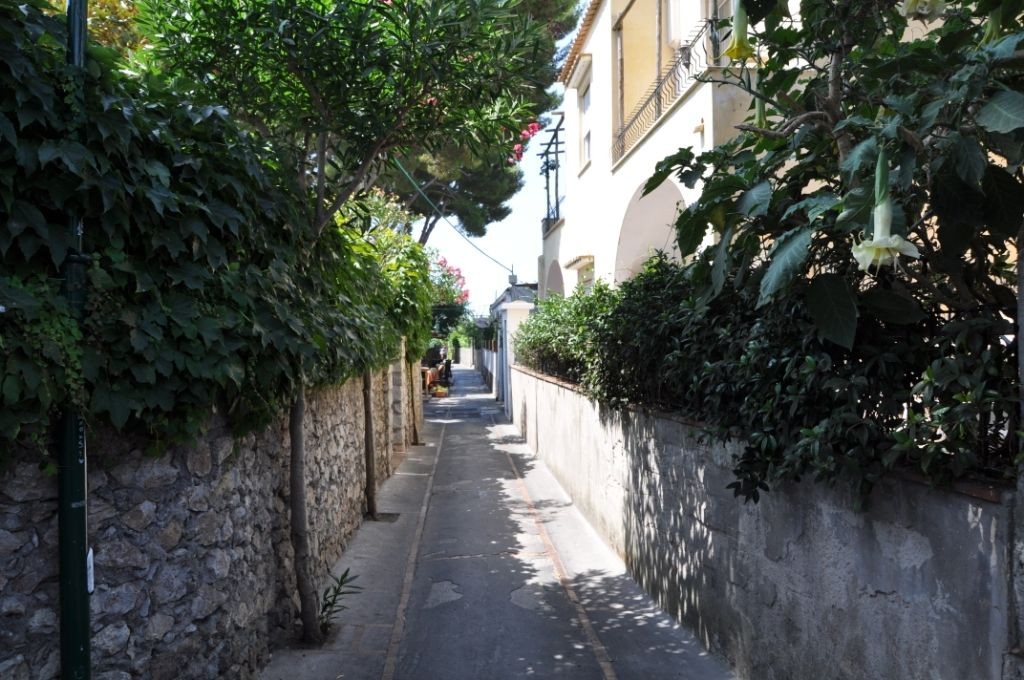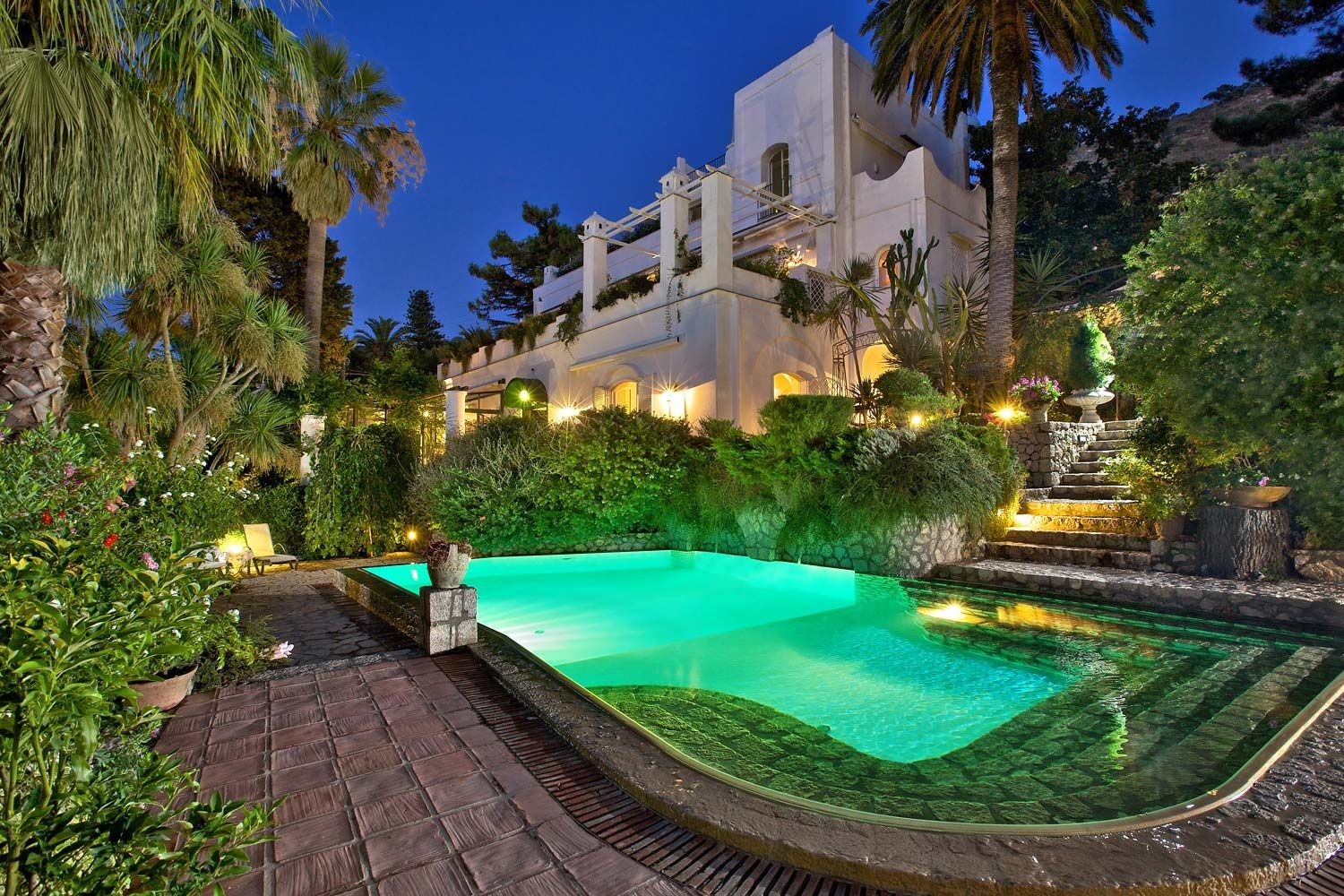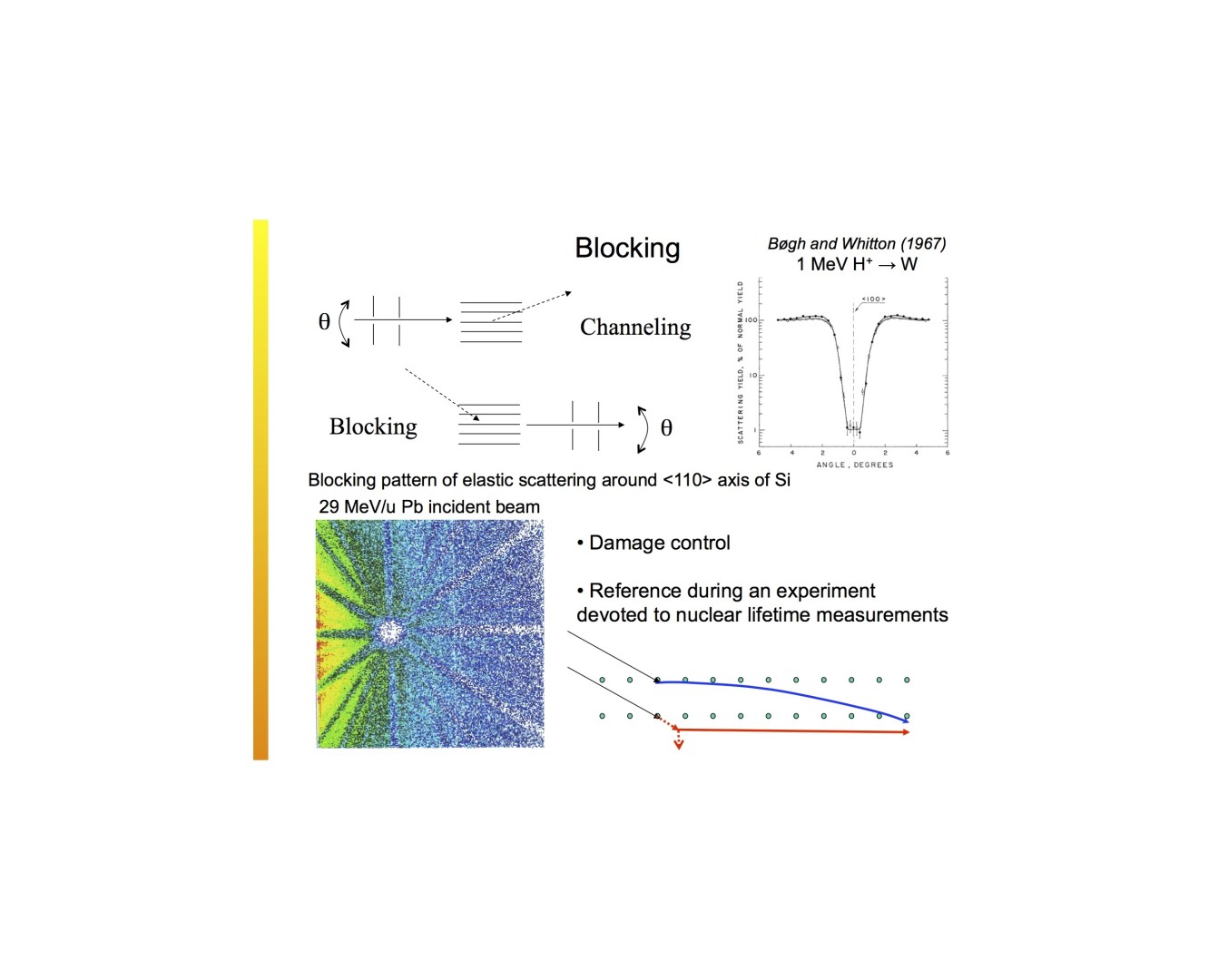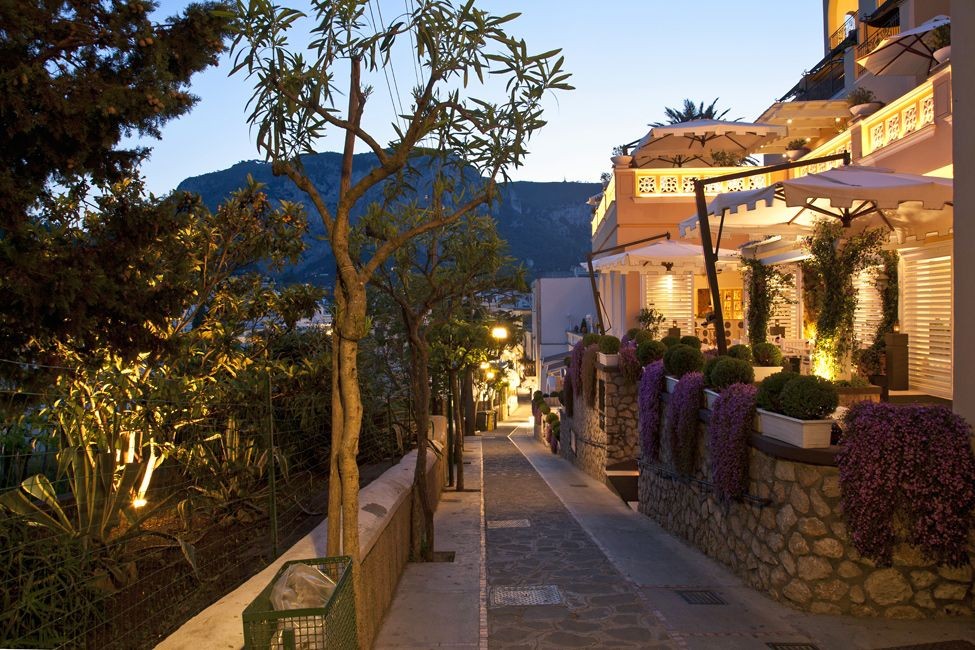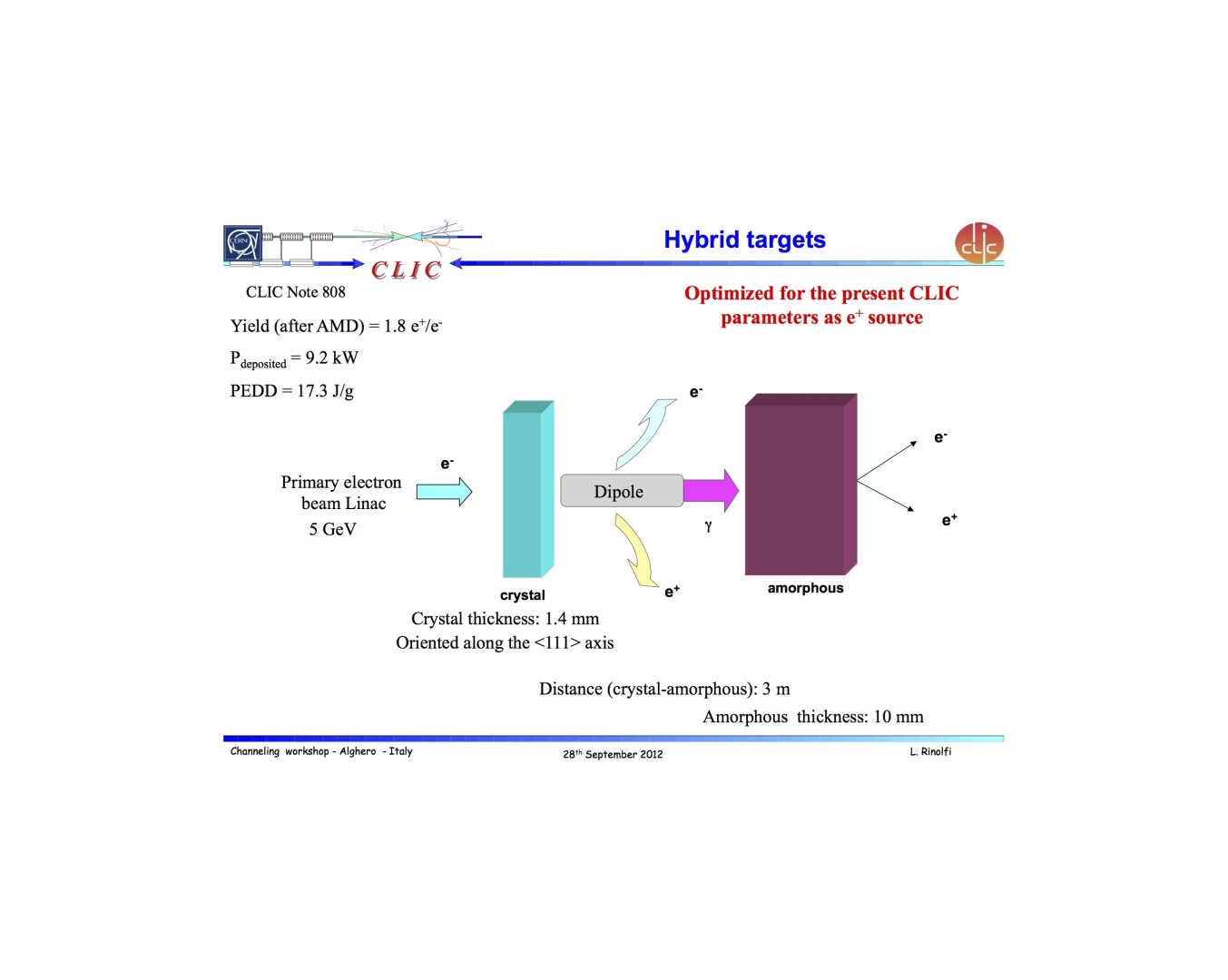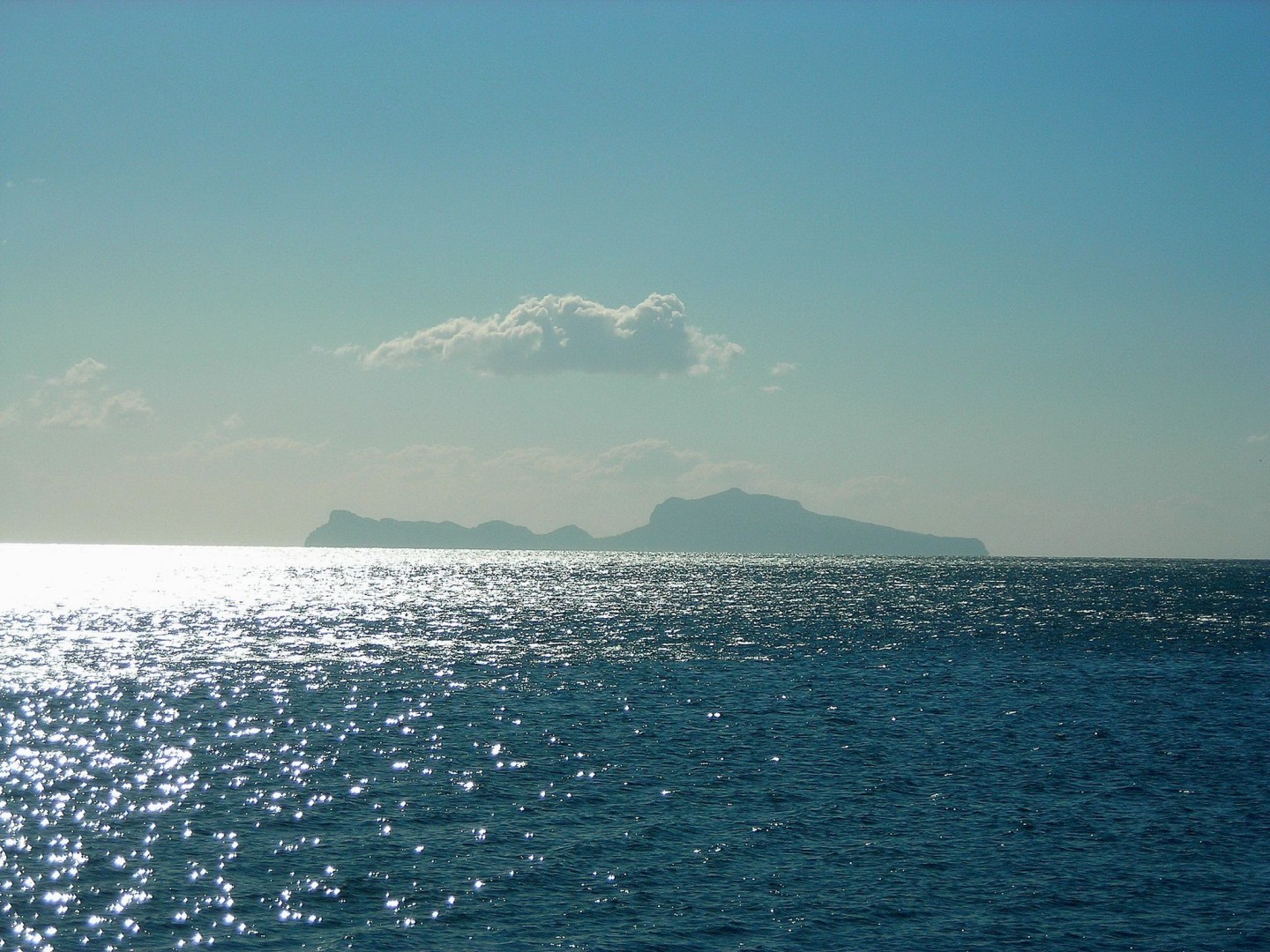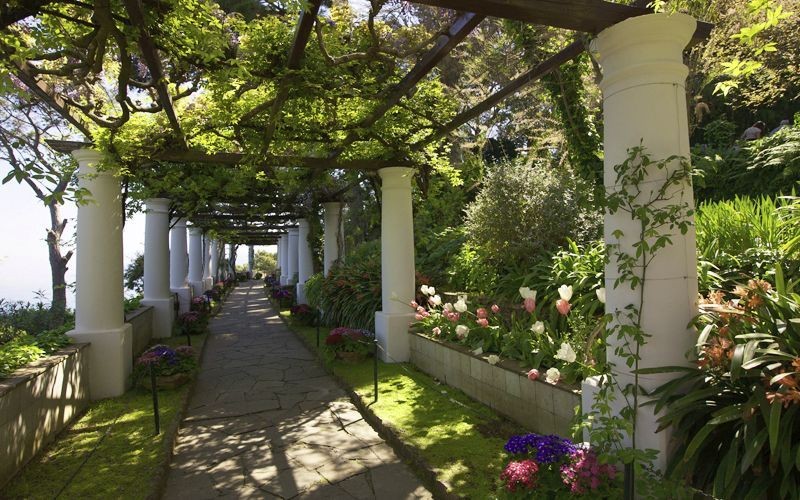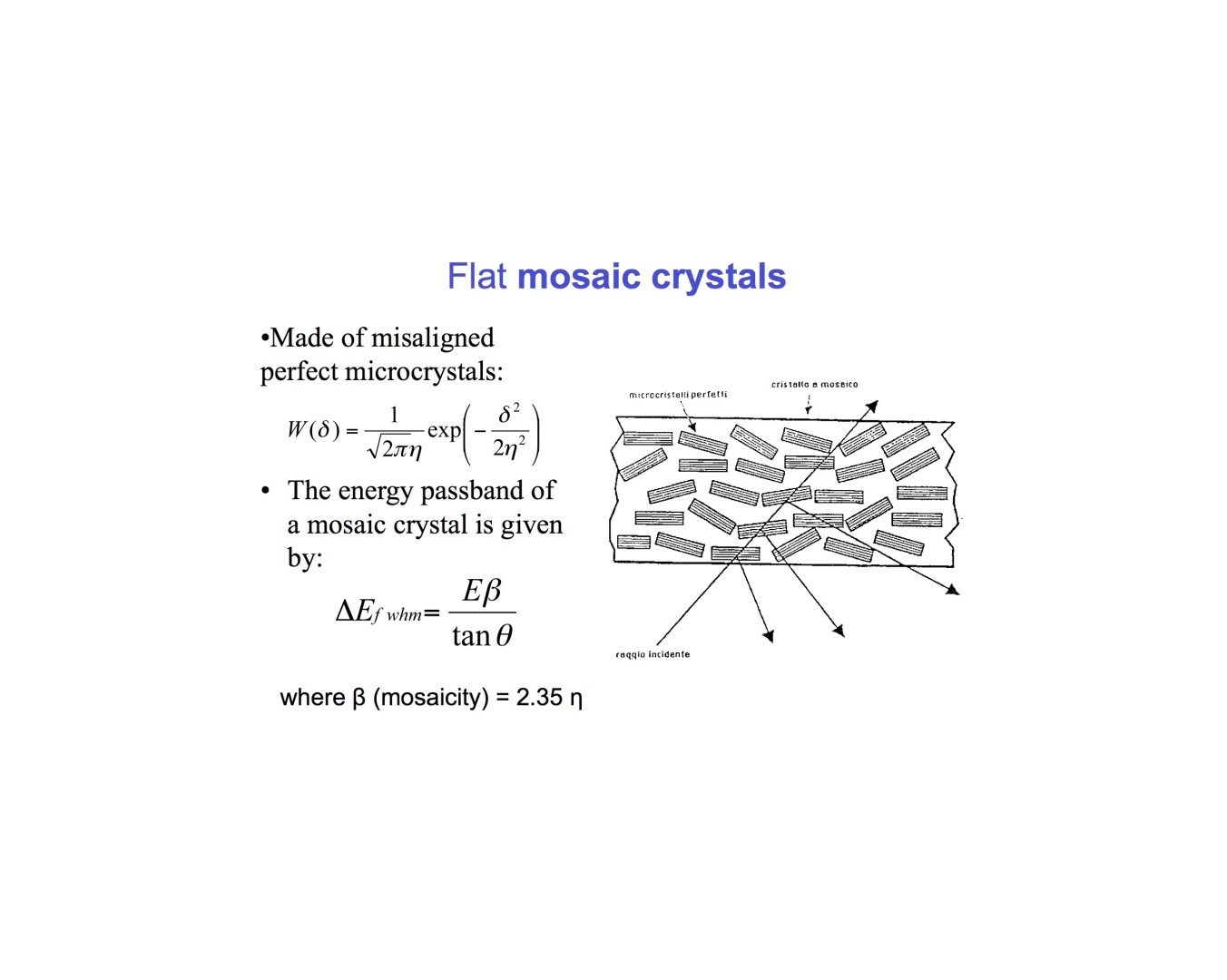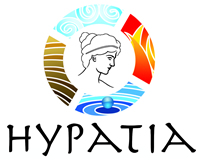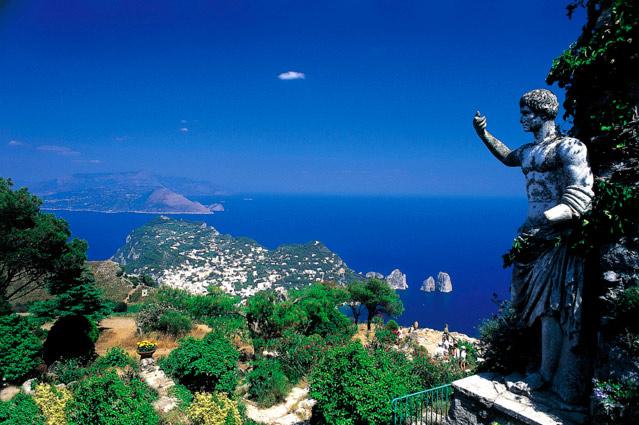 |
"Capri, regina di rocce,
nel tuo vestito
color giglio e amaranto
son vissuto per svolgere
dolore e gioia, la vigna
di grappoli abbaglianti
conquistati nel mondo,
il trepido tesoro
d'aroma e di capelli,
lampada zenitale, rosa espansa,
arnia del mio pianeta...
"
“Chioma di Capri“ Pablo Neruda |
The conference venue will be located in Capri (Naples), Italy
Just off the coast of Naples and Salerno, between Cape Miseno and Amalfi, a great rock soars like a dream lost in the cobalt blue sea that surrounds it. This Mediterranean jewel yearned for and exalted in some of the world's most famous lyric poetry, is the island of Capri.
It is surrounded & bathed by the Mar Tirreno, distant 35 km from the Neapolitan coasts and connected to the peninsula sorrentina by a submarine rocks extension along 5 Km. With its limestone cliff covering a territory of 10,36 Kmq, the rocky coasts are mostly high and offer many grottoes; the highest part of Capri island is the Solaro Monte that arrives to 586 mt.
The sea emerging below is very deep, and harsh jagged caves have formed there. The most famous of these is the Grotta Azzurra or the "Blue Grotto", known to have been a bathing place in the Roman period. This lagoon is haunted by a dazzling shifting turquoise blue. Small openings in the back of the cave admit daylight, which, reflecting on the limestone floor and walls creates a fantastical and magical atmosphere. There are many tales and legends about this cave, when you see it, you will believe the unbelievable and become part of the legend yourself.
In contrast to the intimate space and vivid color of the cavern, there are three peaks further out of the sea, emerging from the azure blue water, pointing towards the sky. These peaks are collectively known as the Faraglioni. Their names are: Stella, di Mezzo and Scopolo or Fuori (meaning outside, probably because it is the furthest away from the shore line). These three splendid fragments of Capri are technically known as stacks and they have been created by the erosive action of the wind and sea. A fragment of the land is then isolated from its original body in the shape of a vertical column or steep rock rising out of the sea. The Faraglioni are famed for their breathtaking beauty and a home of variety of rare wildlife.
GARDENS OF AUGUSTUS - The Gardens of Augustus (Italian: Giardini di Augusto), originally known by the name of Krupp Gardens, are botanical gardens on the island of Capri, Campania, Italy.
The gardens was established by the German industrialist Friedrich Alfred Krupp in the early twentieth century to build his mansion in Capri. Initially the gardens took on the name of "Krupp Gardens", a title held until 1918, when the gardens were renamed "Gardens of Augustus", the title they are known as today.
The gardens, designed in terraces overlooking the sea, can be considered a testament to the rich flora of the island of Capri, with various ornamental plants and flowers such as geraniums, dahlias and brooms.
In the gardens there is a monument to Vladimir Lenin, one of the few of its kind in Italy, created in 1968, after the approval of a municipal resolution, by the Italian sculptor Giacomo Manzu to which the Soviet Embassy in Italy commissioned the work. The monument, consisting of several 5 meter high blocks of marble, is located in the gardens in front of the house of the Russian writer Maxim Gorky, who hosted Lenin there in 1908.
From the Gardens of Augustus one can get a 180-degree panoramic of the island of Capri because one can see Mount Solaro, the bay of Marina Piccola, and the Faraglioni.
MIGLIERA - If you want to walk on the wild side of Capri, far from the crowds, make your way to Anacapri and Via Migliera.
Via Migliera, is a little lane which winds its way through rural Anacapri, past the vineyards where the island's wine is produced, patches of ancient woodland, and tantalizing glimpses of the sea and the island of Ischia. The lane ends at the Belvedere del Tuono viewing point, perhaps the most spectacular of all those on the island of Capri.
CHARTEHOUSE OF ST. GIACOMO - Built in 1371 by Giacomo Arcucci, on land donated by Queen Giovanna 1st of Angiò, the Charterhouse of San Giacomo is the oldest historic building on the Island of Capri.
The entrance to the Charterhouse lies at the end of an avenue, next to a fortified tower. The Charterhouse is comprised of three blocks of buildings: one which is separate from the convent and houses the pharmacy and women's church; one for the converse monks and for the external guests with annexed granaries, stables and the monks workshops; the last block was reserved for the life of seclusion with a series of cells around Choistro Grande cloister and the other rooms encircling the smaller Chiostro Piccolo.
The Chiostro Grande follows a late renaissance plan with cross vaults on stone columns, the area at the center is organised following a geometrical design with green spaces. The Chiostro Piccolo has delicate cross vaults on Roman marble columns.
Today, the Charterhouse is seat of a High School, of the Diefenbach Museum and, during the summer, functions as venue for concerts and cultural events.
If you take a hydrofoil or Capri ferry from Naples, you arrive to the main port of Capri - MARINA GRANDE. Marina Grande is one of the attractions on Capri. It is a waterside village with little cafes, a couple of restaurants, Port Authority building, biglietteria (tickets office for Capri town funicular), taxi stop, entrance to the funicular (cable-car), a bus station to the 15 minute distant town of Anacapri and a pier for the boats leaving to the Blue Grotto.
Houses along the waterfront are still typical of the pre-glamour Capri times where this was exclusively a fisherman’s village.
Behind the biglietteria there is a little town beach mostly used by the locals, but for you as a cruiser… definitely leave lounging on the beach for some other day!
THE FUNICULAR - the funicular is like a little railway tram that connects Marina Grande with the town of Capri.The funicular certainly wasn’t built with the intention of becoming a Capri attraction, instead for much more practical reasons.
But, a 5 minute ride in it makes it one of the highlights of your day in Capri. Being pulled up the hill through the private gardens and lemon groves, past the little white washed houses gives you an opportunity to see the island from a different angle.
THE PIAZZETTA - is the main square of Capri town and one of the most charming Capri attractions. No trip to Capri can be considered complete without having first attended the people parade in the legendary Piazzetta.
When you get off the funicular, you will be just a few steps away from the white-columned terrace part of the Piazzetta that overlooks the Marina Grande and slopes covered with typical Capri whitewashed houses and lush vegetation.
When you finally manage to turn away from such a magnificent view, turn around and look up at the Clock tower, another Capri attraction.
Walk past it into the more intimate, courtyard-like part of the Piazzeta, or Piazza Umberto I, as it’s officially known.
What used to be a vegetable and fish market in the past is today one of the most stylish and most posh places in the Mediterranean, a meeting place of the rich and famous.
In the past, the Piazzetta was a place, where Hollywood stars were setting the latest fashions and where locals didn’t even blink anymore at all these excentric foreigners doing weird things.
Today, nothing much has changed… here, everything is subject to the most famous sport of both the locals and visitors: watching and being watched. You certainly don’t come to the Piazzetta to mind your own business… but instead everybody else’s… and that’s perfectly fine. After all, this little place carries the name of the World’s living room. In this living room, you are a host and a guest at the same time.
That’s why most of the square is covered with café patios, tables and chairs. All you have to do is to find the best strategic position, the best angle to watch from and comment on everything… locals returning from early morning grocery shopping, dressed up sales girls rushing to open the high fashion bottegas, celebrities walking past or the latest fashions the ladies are wearing.
And no, be assured…what’s sparkling on them certainly isn’t cubic zirconia, and their purses aren’t knock-offs from the Canal street. So don’t feel so guilty about the price of the cappuccino you will pay… it’s just a cappuccino! ;)
THE CHURCH OF SAN STEFANO - this is the white structure with cupolas that look over the Piazzetta with the steps always covered with flower pots.
Capri is a tourist destination for both Italians and foreigners. In the 1950s Capri became a popular destination. In summer, a lot of tourists, especially the day-trippers from Naples and Sorrento, visit the island. The center of Capri is the Piazza.
There are two towns on Capri; Capri town itself, which is in the centre of the island, and where most of the hotels are located, and Anacapri. Anacapri is situated on a plateau above Capri, and is a quieter, more 'normal' town. From Anacapri you can take the chairlift up to the top of Monte Solaro and enjoy the views before the trip back down (on foot if you're so inclined).
How to get to the conference
Channeling 2014 will take place in the Capri town, the provice of Naples, known as the island of the same name Capri.
The island of Capri is situated in the Bay of Naples, just a few sea miles away from Sorrento and the Amalfi Coast. Capri town is the lively part of the island, one of the most attractive cities in southern Italy. Since ancient time known emperors and aristocrats, scholars and writers, actors and politicians prefer to relax in Capri plunged into weaving a romantic stroll through the narrow winding streets, shady gardens and parks, with washing the horizon seascape…
The meeting venue, the Hotel "La Residenza", is placed just near the main streets of Capri. A short walk brings you to the lovely worldknown sites with many interesting monuments, restaurants, and shops.
Getting to the island Capri (main indications) detailed information
If you land in Rome, you will need at least three hours to reach the port of Naples. Boats for Capri leave from the ports of Naples and Sorrento. There are two docks in Naples: Molo Beverello, for hydrofoils, and Calata di Massa, for ferries. Molo Beverello is situated directly opposite the city's Maschio Angioino castle, while Calata di Massa lies just slightly to the East (i.e. to your left when you face the sea).
If you arrive by plane...
The airport in Naples 'Capodichino' is just a few kilometres from the city.
- The ANM Company provides regular bus service (ALIBUS) from the airport to Piazza Municipio (Beverello Harbour).
- The taxi rank is just outside the terminal.
If you arrive by train...
Arriving at the Central Station of Naples (Napoli-Centrale):
- from Piazza Garibaldi take the tram (line 1) or the R2 bus to Piazza Municipio, located at few steps away from Beverello Harbour, the landing place of the hydrofoils and jetfoils (passenger-only service) for the islands in the Gulf of Naples.
- The taxi rank is outside the Central Station, near the ticket offices; the fare is computed and displayed by the taximeter; but the taxi can also offer a fixed price transfer (10 Euro), as fixed by the Town Council.
If you arrive by car...
Forget the car:
- from mid March to early November only residential cars and motorbikes are allowed to circulate on the island. In any case, a car is of little use on Capri, where the majority of roads are closed to traffic and there are very few places to park.
- Public transport on the island is extremely efficient and taxi-service is available 24 hours a day.
We suggest that you do not bring your car onto the island, since the roads suitable for vehicles are a few and narrow. If you want to park your car in Naples, you may choose one of the city car-parks.
Capri Weather
In terms of weather, there is rarely a bad time for travelling to Capri. Even during the coldest months of winter, the temperature in Capri generally stays about fifty degrees, although it can sometimes feel a bit colder during this time because of the rainy season. Due to the rain combined with breezes off the water one can feel cooler than the registered temperature. Despite this, in comparison with many other parts of the world, Capri is mild during the winter.
April, May, September and October are the favorite months: the weather is wonderful (it's warm enough to swim but never stiflingly hot) and hotel rates are significantly lower.
The hottest months of the year are June, July and August (22-26 C). December, January and February are the coldest months (9-13 C).You may get caught out by the occasional summer storm, in August.
The rainy season usually ends right around Easter and doesn’t start up again until the winter rains hit in late November. Due to the fact summer is a busy tourist time in this area.
The average temperature in October is about +21°C during the day and does not fall below 15°C at night.
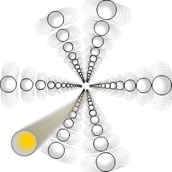
|







